Manor Klaugu-Muizha
The estate complex includes three separate buildings: a guest house with a children’s section, a master’s house and a bathhouse. The location of the buildings was determined by the previous buildings. All the houses are arranged in a hierarchy: the simplest volume-the guard house-is a simple recumbent prism; the second – the guest house – it is marked by two roofs that intersect – more or less calm, at least outwardly.
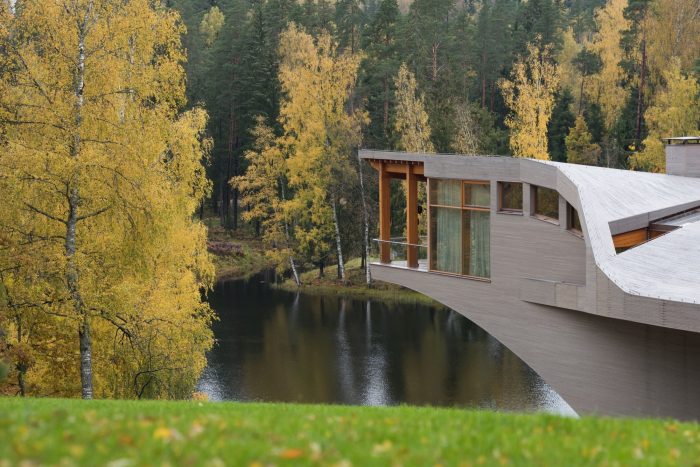
Photography by © Ilya Ivanov
The third in the hierarchy is the bath and wellness complex, which is a glass cup in which different volumes are “stuck”. The complexity of the structures, the materials used, the interior decoration-all increases in the direction of diversity. The shape of the main house is dictated by a small spot of the former building and the desire to have a large house area -hence the cantilevered outriggers, which allowed to achieve the effect of soaring. The bridges connecting the different volumes, originated in the desire to eliminate the stairs.
When designing the interior, much attention was paid to the location of the art collection and the development of the interior design. The territory of the manor of 50 hectares with magnificent lakes and forest is part of the protected area. The uniqueness of the place where wild animals enter and the difficult terrain (hills and two lakes), gave the main principle of the project -“do no harm”.
The three main houses – the master’s, the guest’s and the bath complex – are connected by bridges. Such a solution of the connections between them is due to the strong difference in the relief and the desire to avoid stairs, which would have to go up and down all the time.
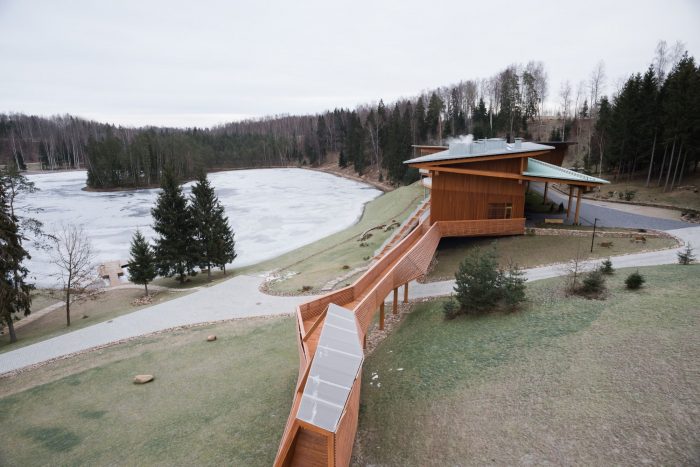
Photography by © Ilya Ivanov
The master’s house was designed on the site of the former house, which is very modest in size. According to local legislation, the building area had to be the same, and in order to increase the area of the new building, architects invent developed consoles, giving sculptural expressiveness to the entire structure, resembling a ship. Particularly noteworthy is the wooden finish not only of the interior, but also of the surface of the cantilever stems, which are made by local craftsmen with jewelry precision and attention, as if it were a small piece of furniture.
It was assumed that the interiors would be designed by Latvian architects, but during the design process, the customer decided to entrust the bureau of Totan Kuzembayev with the design of the interiors.
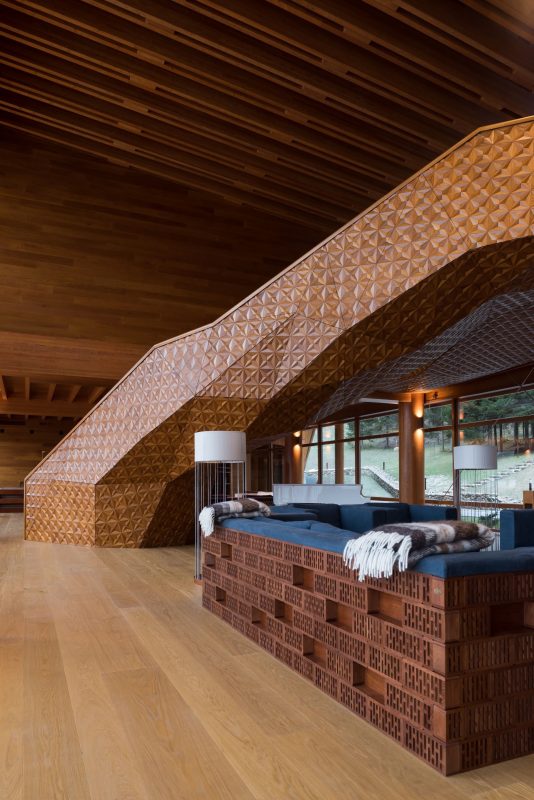
Photography by © Ilya Ivanov
The largest house, which looks from the lake like a single extended volume, is divided into three parts: a guest, a children’s and an exhibition gallery-museum. The building is raised on stilts: the difference in terrain here is significant. From different sides of the house in the “wings” are organized approaches: the bridge from the lake and the covered gallery from the courtyard, meeting, flow into the passage leading to the master’s house.
The guest area includes six bedrooms and a dining room with a fireplace area. The children’s part has two bedrooms and a living room. A separate block is reserved for the owner’s extensive collection of porcelain.
Externally, the blocks are highlighted with different roofs: zinc-titanium covers the exhibition and guest parts and a fragment of the bridge leading to the master’s house; copper – a covered gallery and a children’s wing. Architects approached the development of interior solutions with special care and ingenuity.
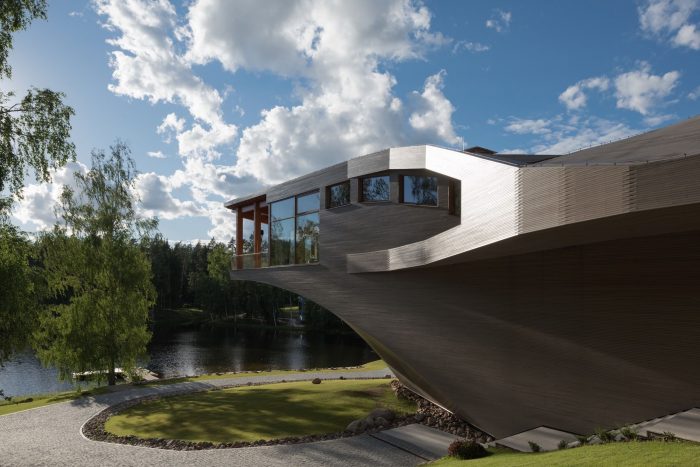
Photography by © Ilya Ivanov
Almost all decoration techniques and furnishings were designed specifically for the estate, including showcases for displaying art from the owner’s collection. The wellness complex — the third component of the front part of the estate-is designed as a glass cup, which contains the volumes of the swimming pool, gym, sun terrace, sauna and entrance group. In the initial version, the complex was supposed to be located in close proximity to the water, but the relict lake has a water protection zone, and the building had to be moved away from the coastline.
For the same reason, the pitch of the bridge supports was changed from 6 to 50 m.
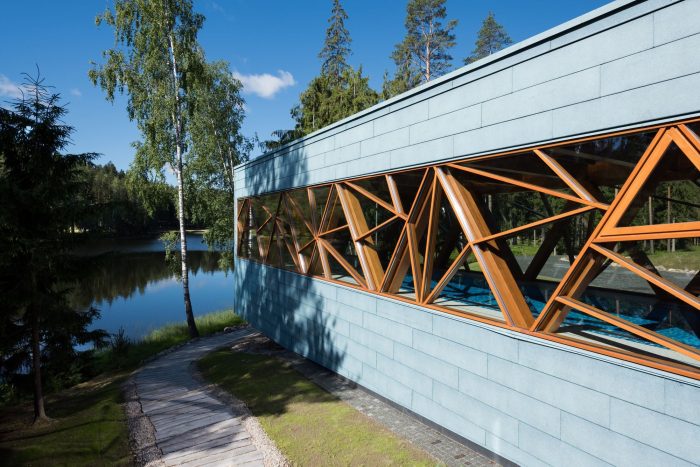
Photography by © Ilya Ivanov
Project Info:
Architects: Totan Kuzembaev
Location: Madona, Latvia
Area: 4230 m²
Project Year: 2018
Photographs: Ilya Ivanov
Manufacturers: AutoDesk, Focus, RHEINZINK, Schotten & Hansen, D.I.Piu s.r.l. Andretto Design, Juris Medis
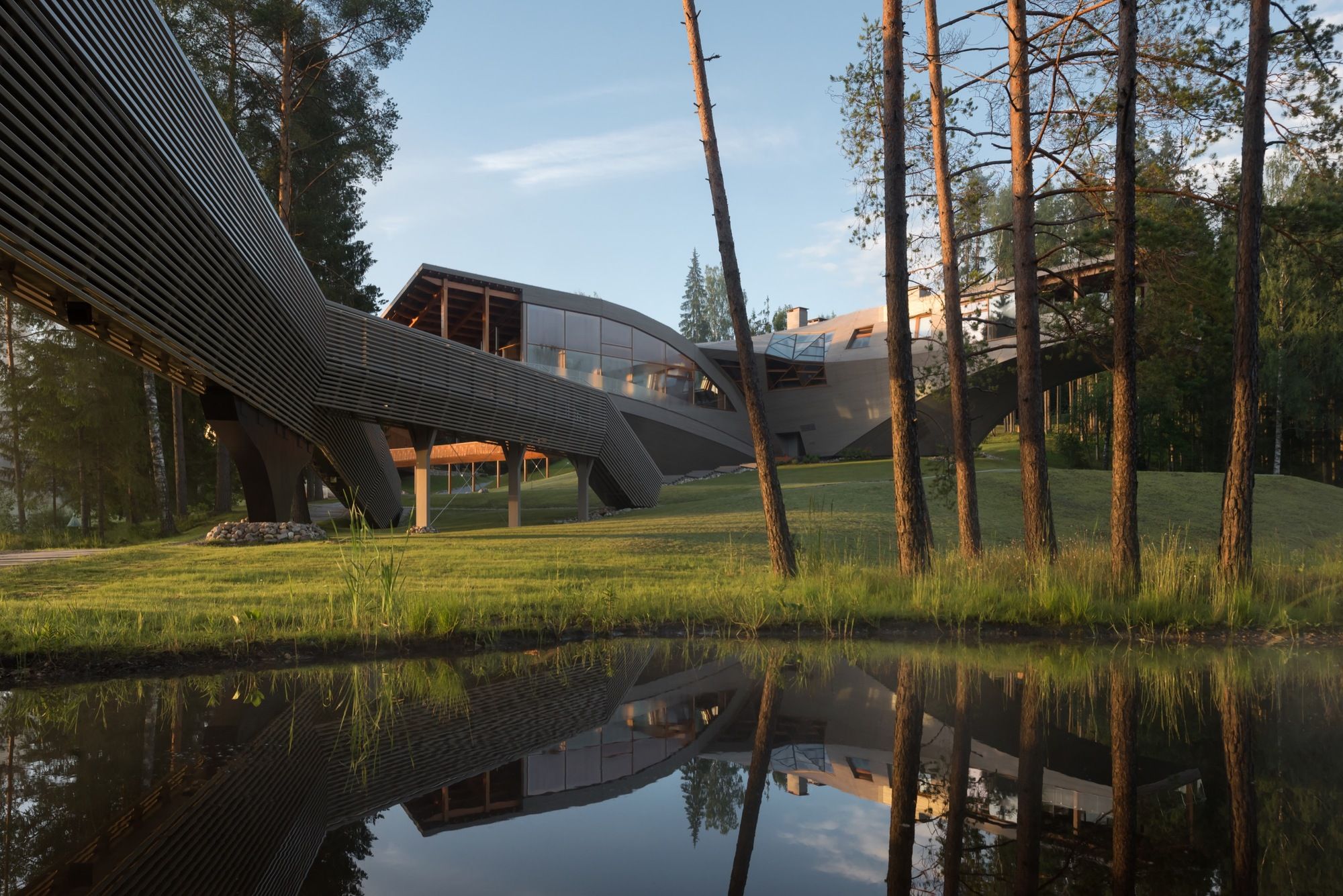
Photography by © Ilya Ivanov
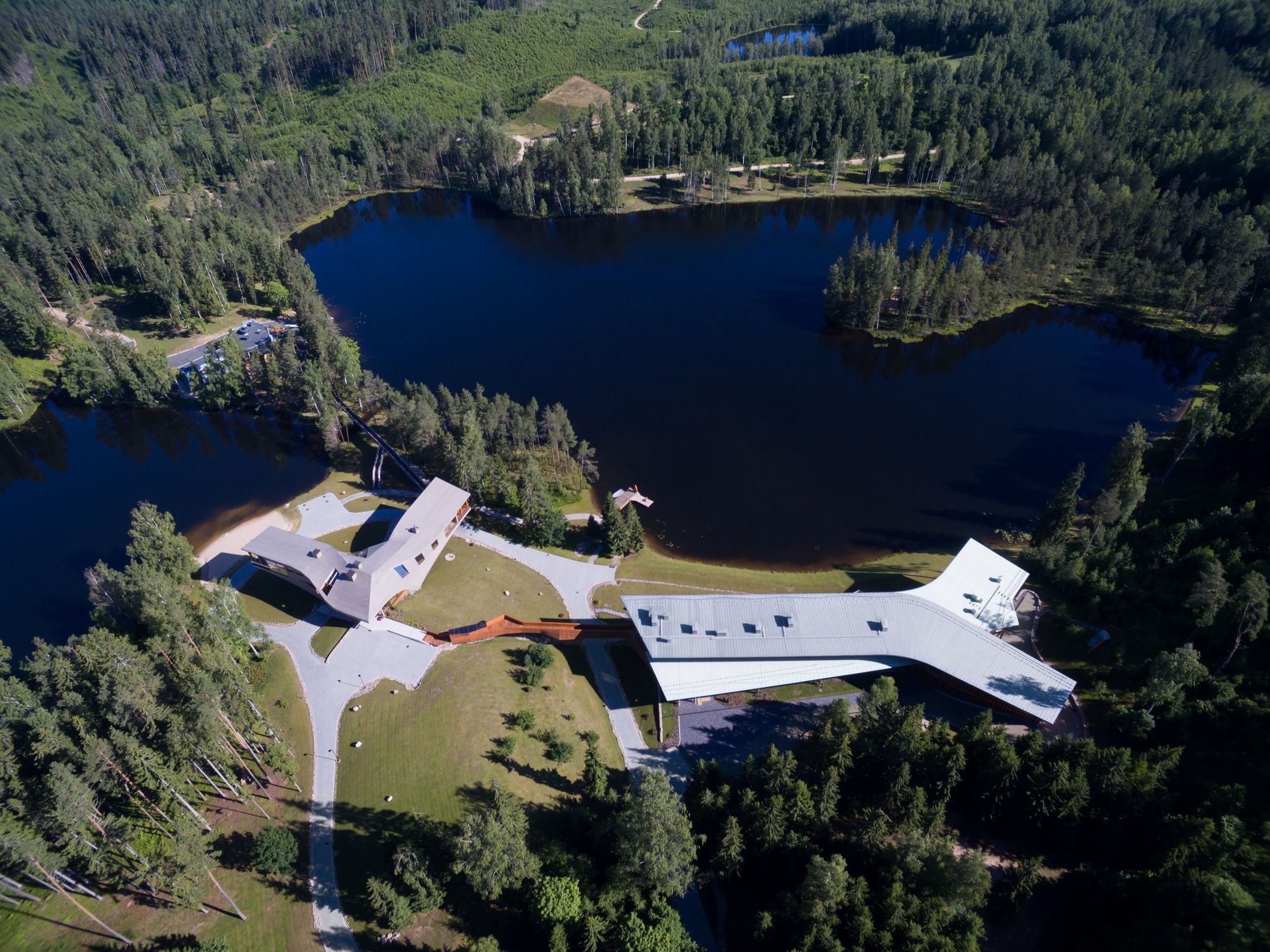
Photography by © Ilya Ivanov
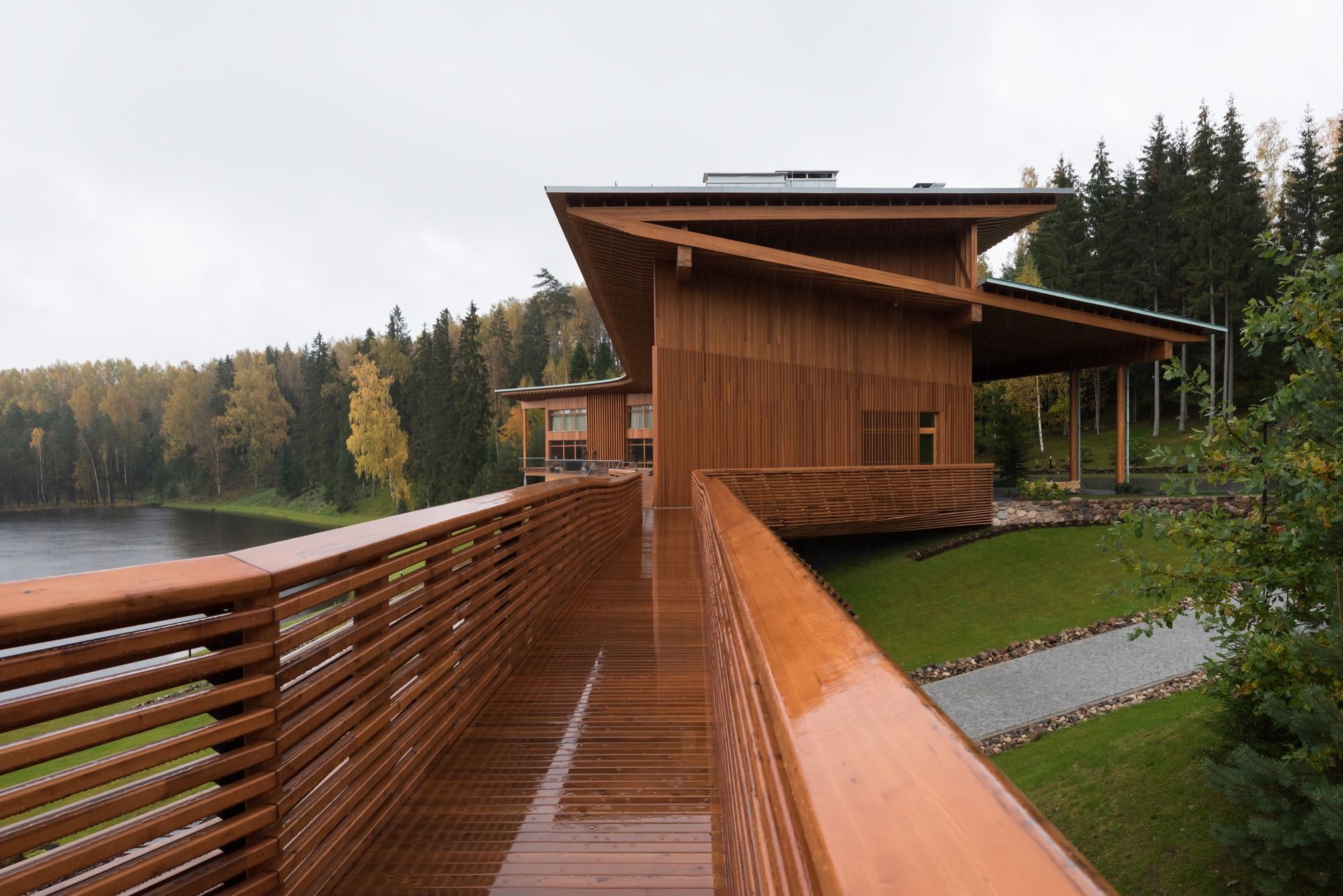
Photography by © Ilya Ivanov
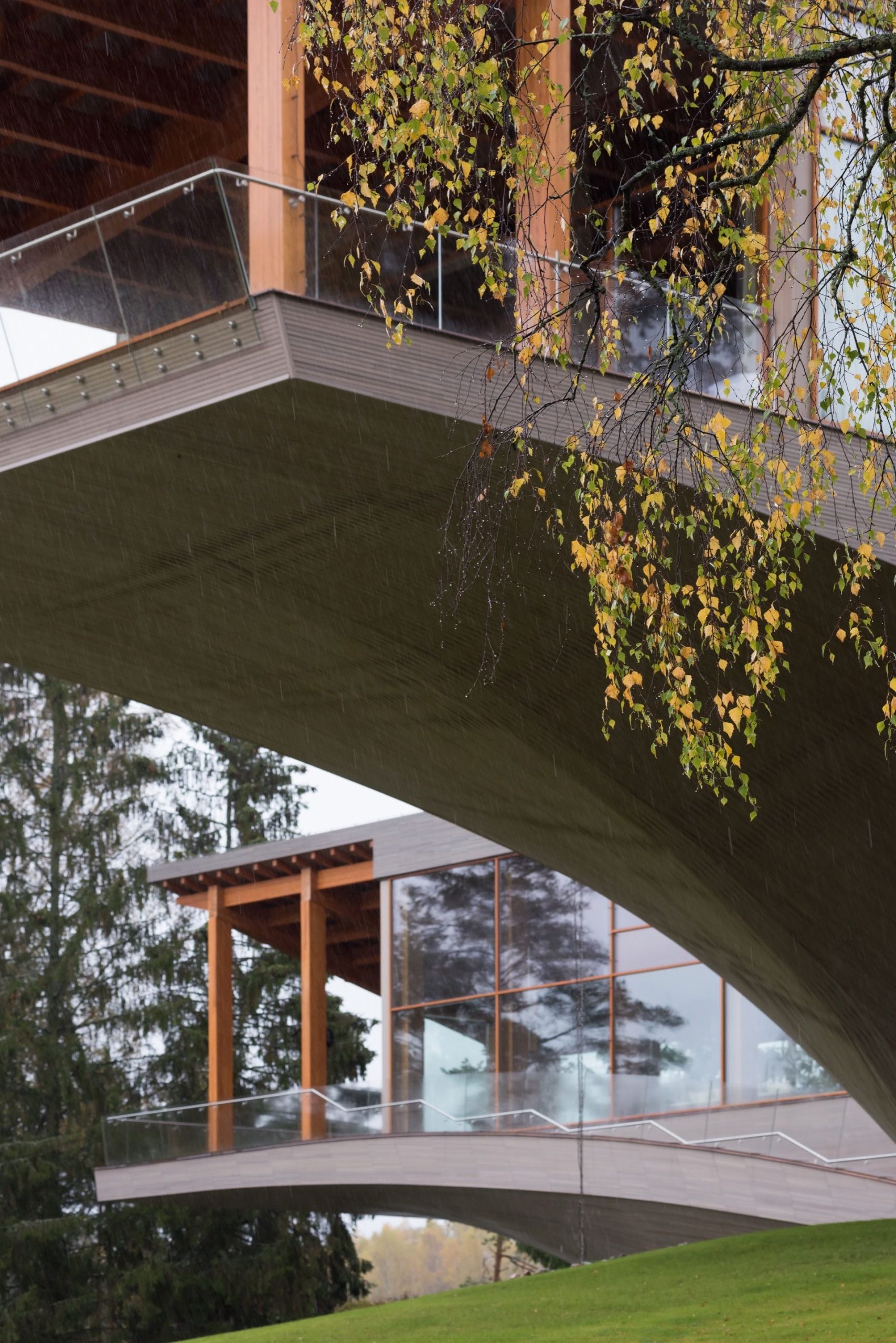
Photography by © Ilya Ivanov
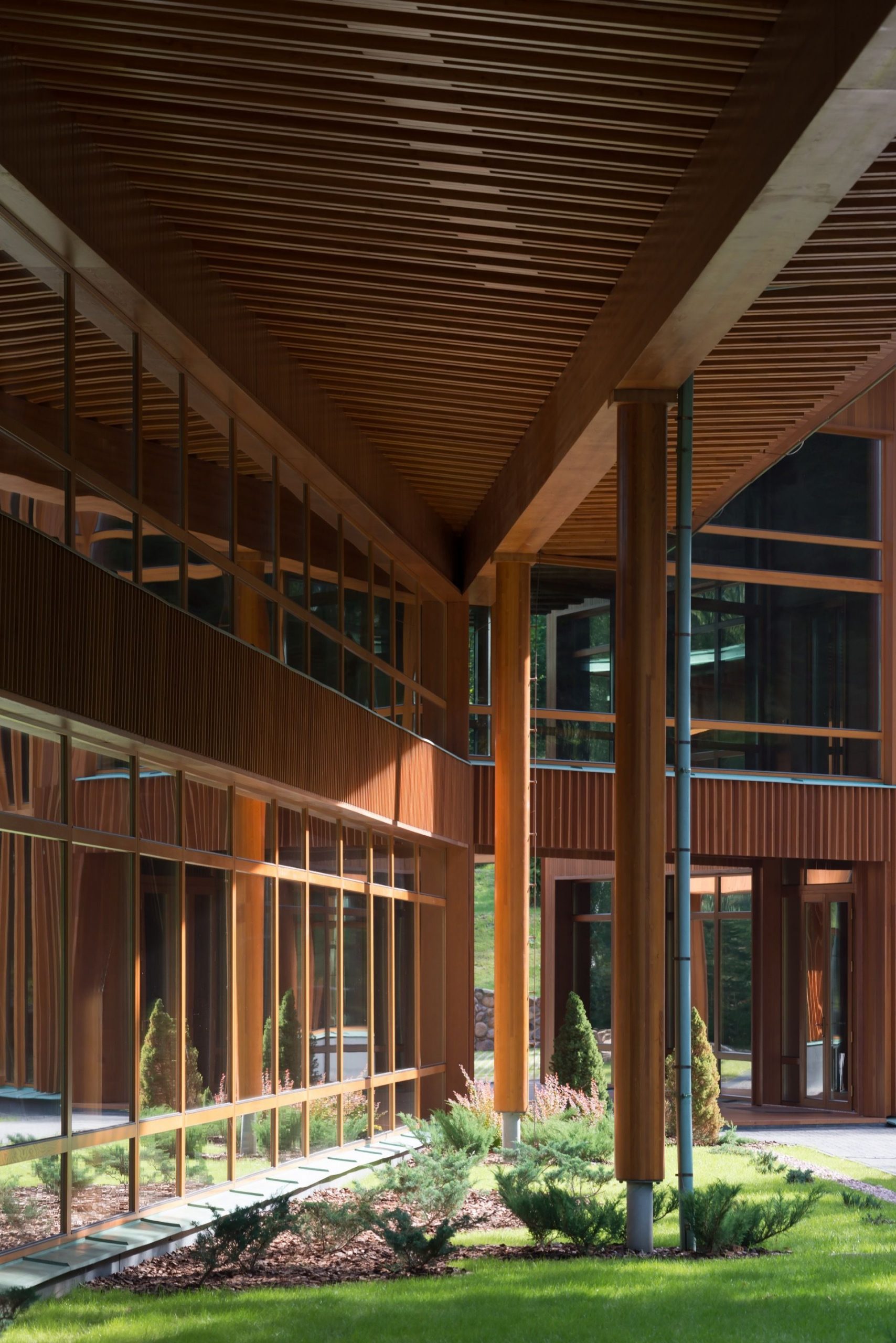
Photography by © Ilya Ivanov
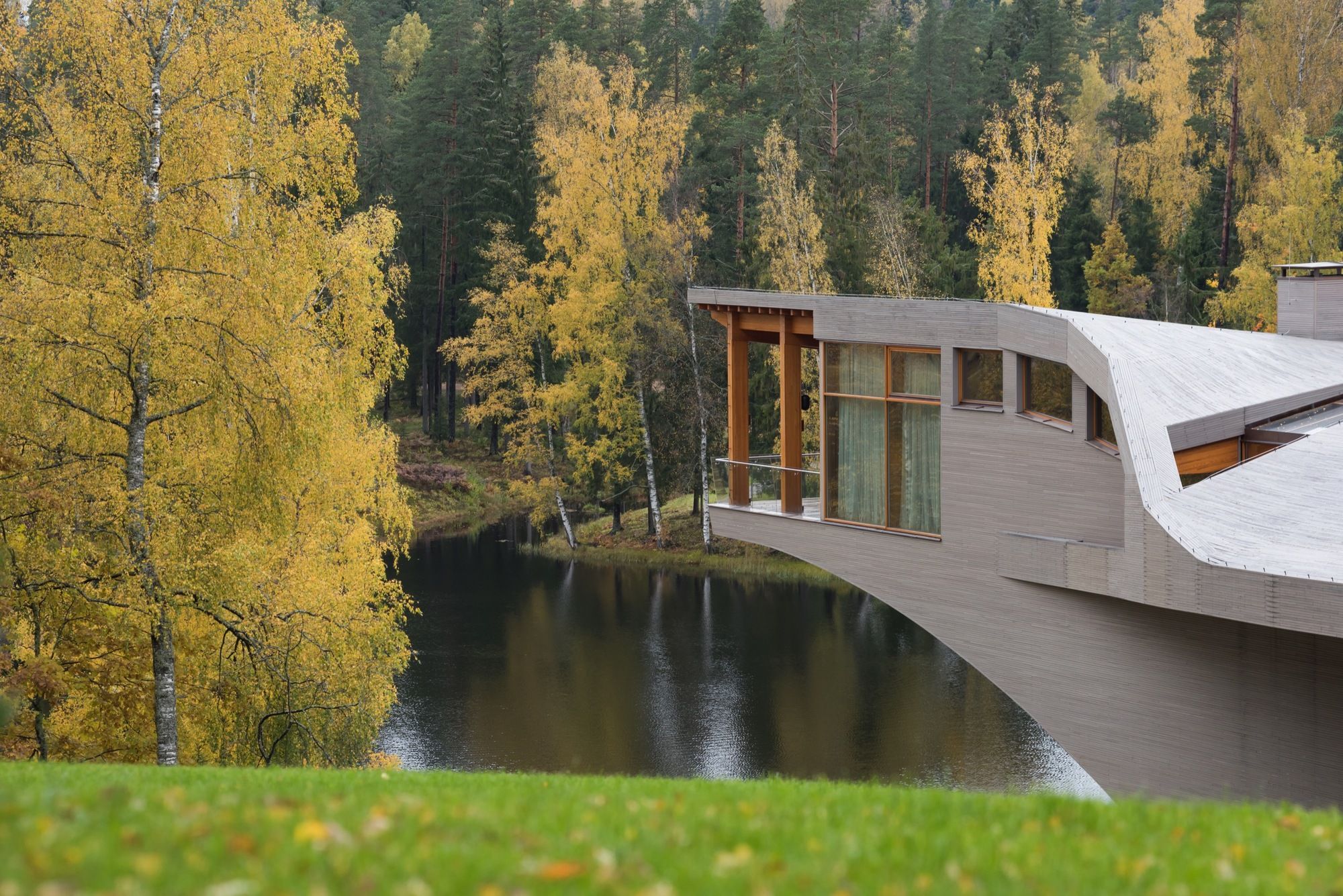
Photography by © Ilya Ivanov
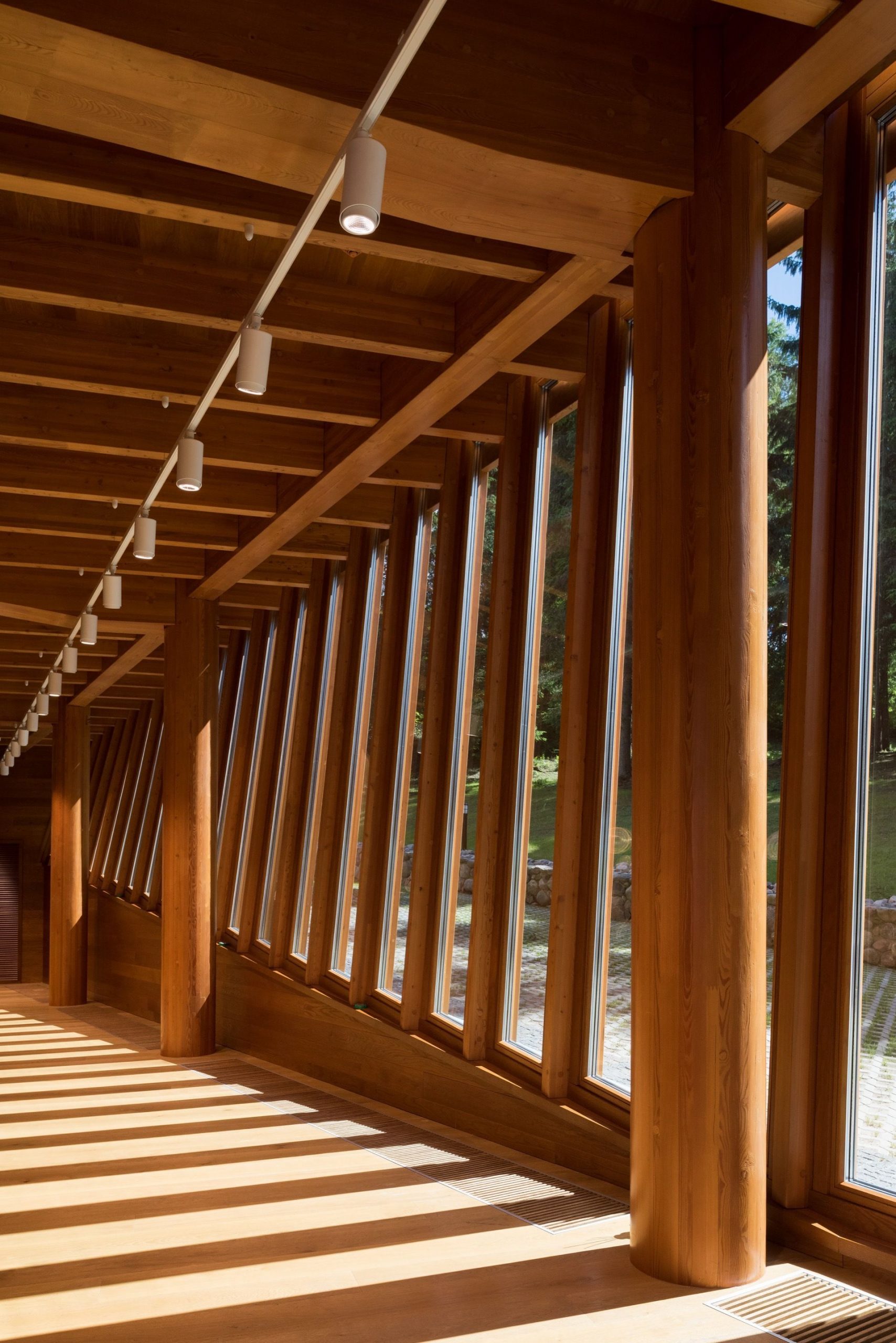
Photography by © Ilya Ivanov
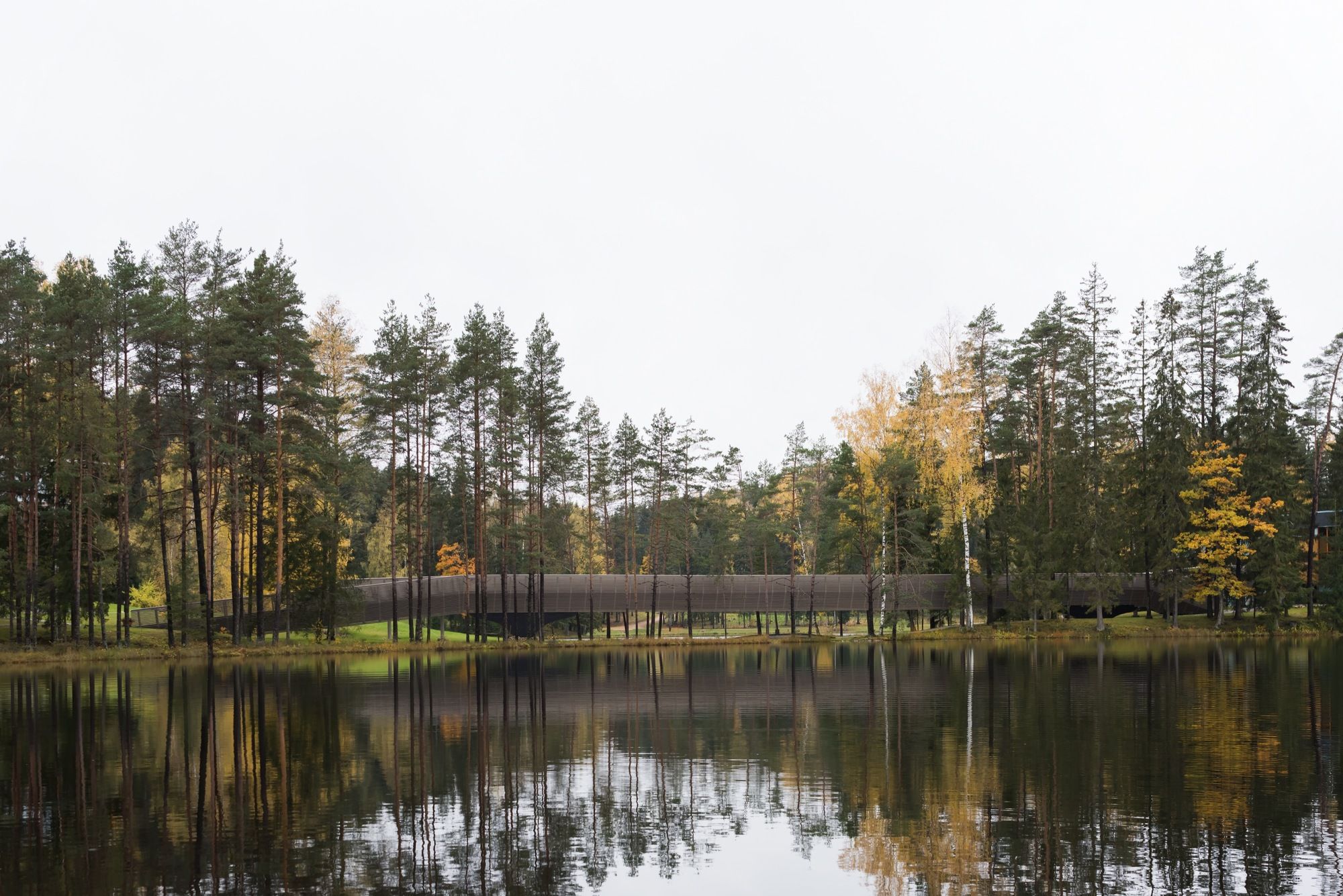
Photography by © Ilya Ivanov
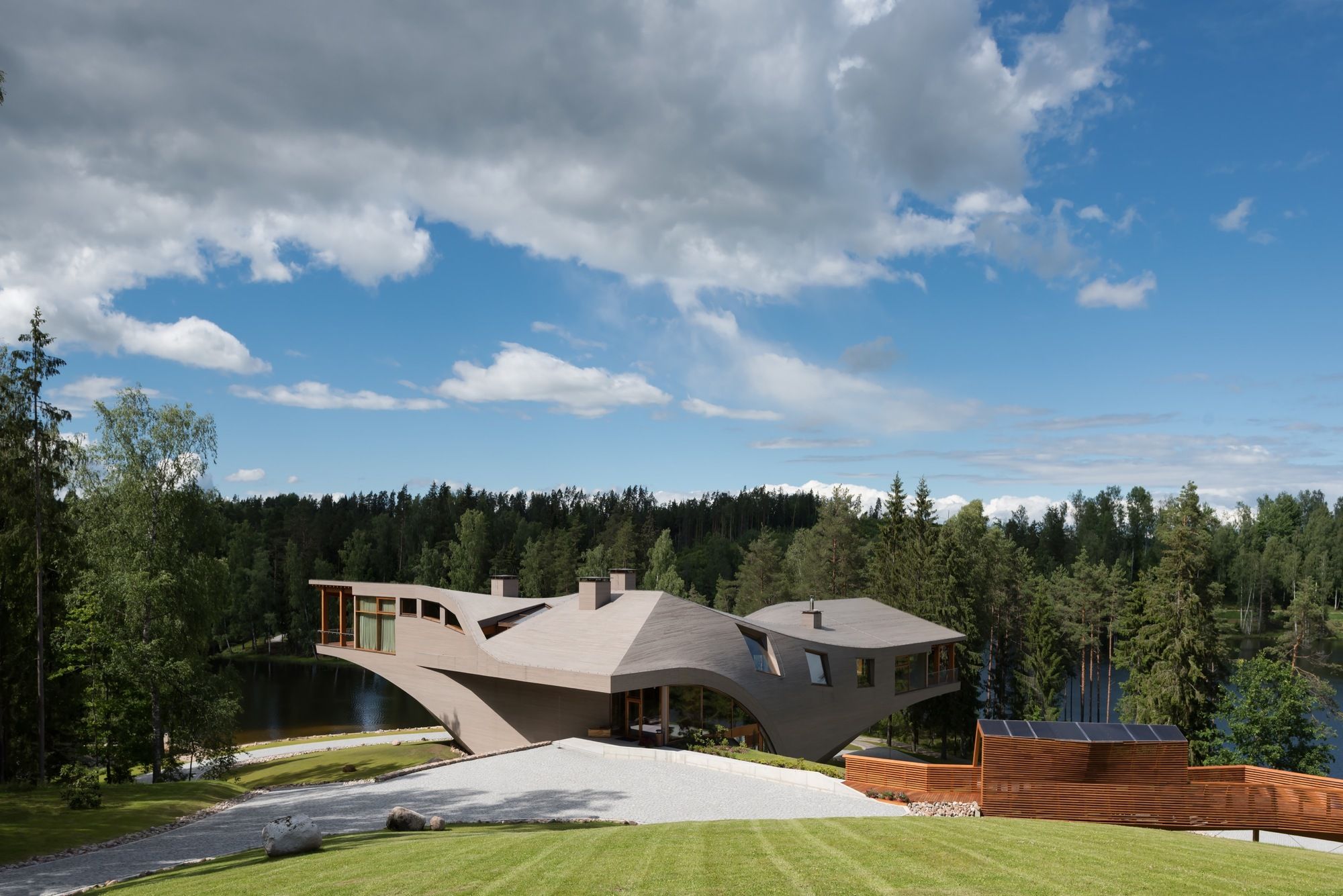
Photography by © Ilya Ivanov
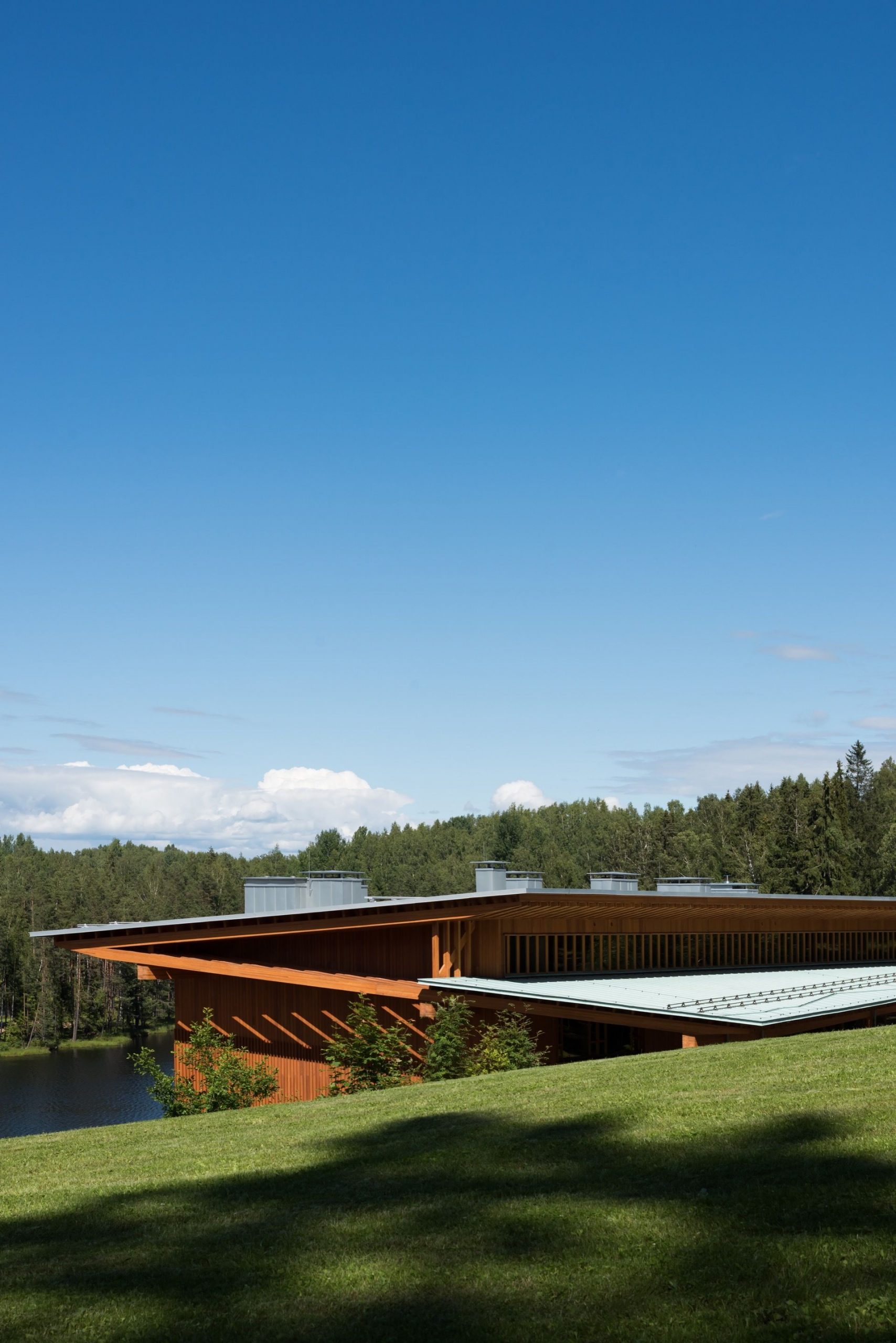
Photography by © Ilya Ivanov
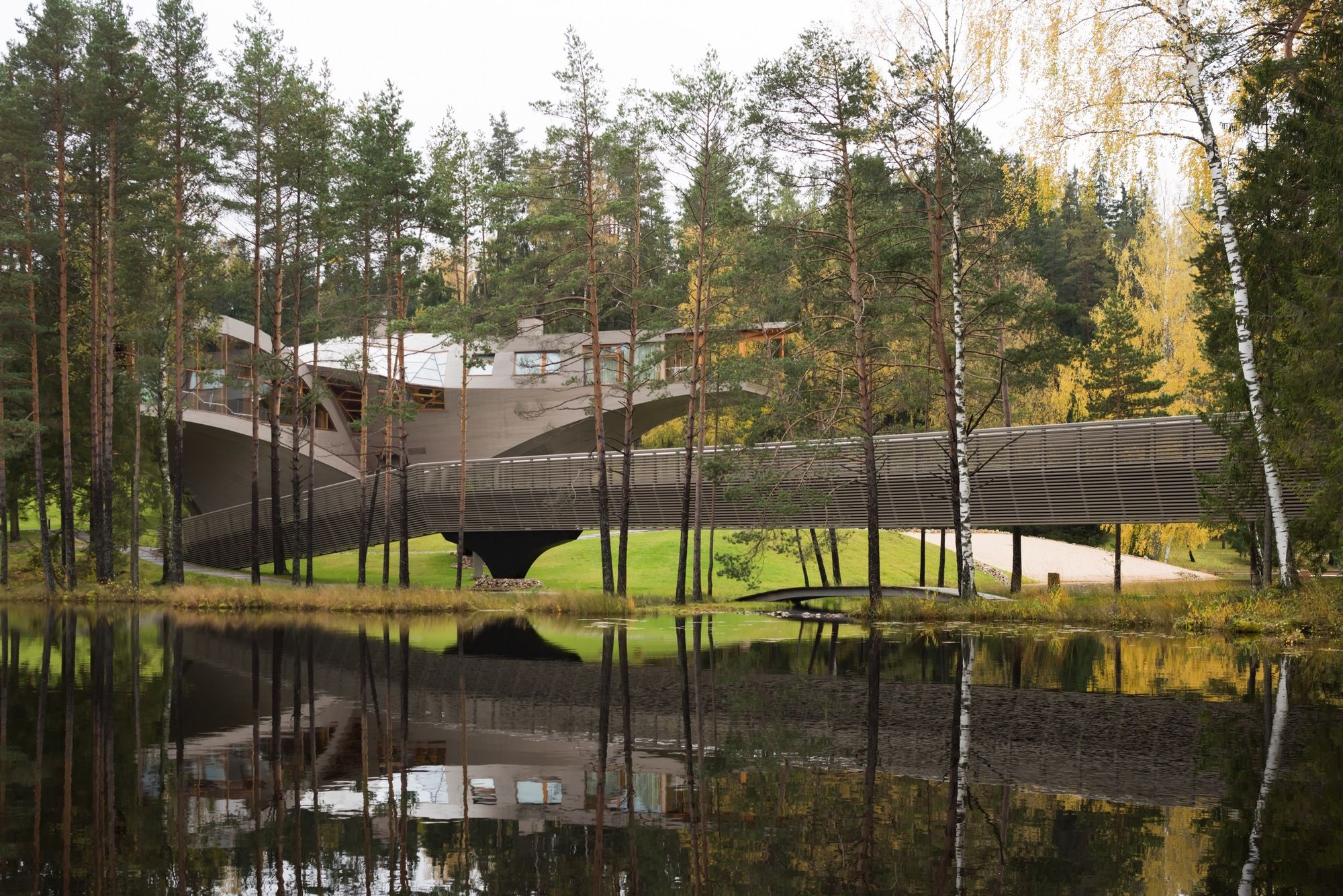
Photography by © Ilya Ivanov

Photography by © Ilya Ivanov
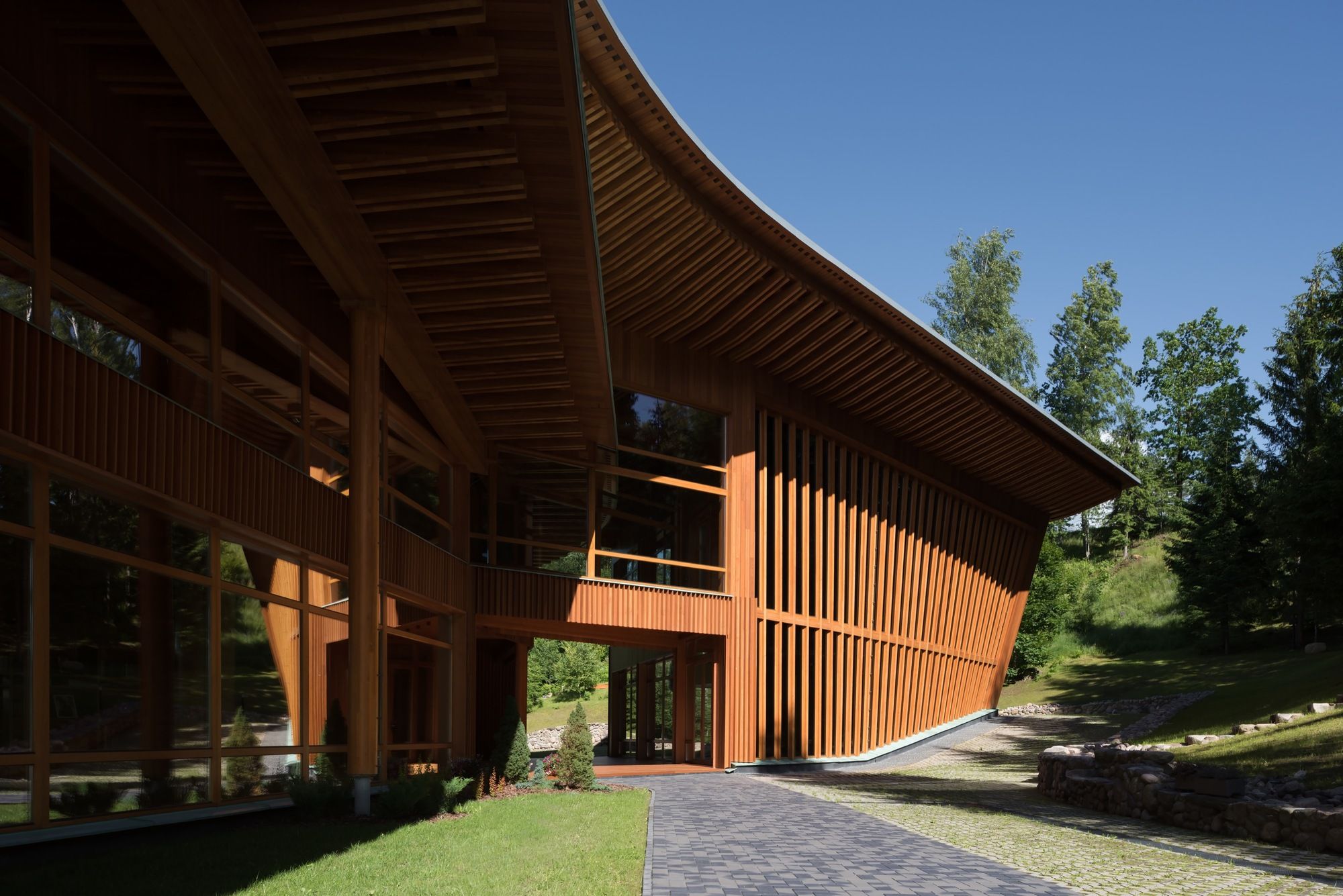
Photography by © Ilya Ivanov
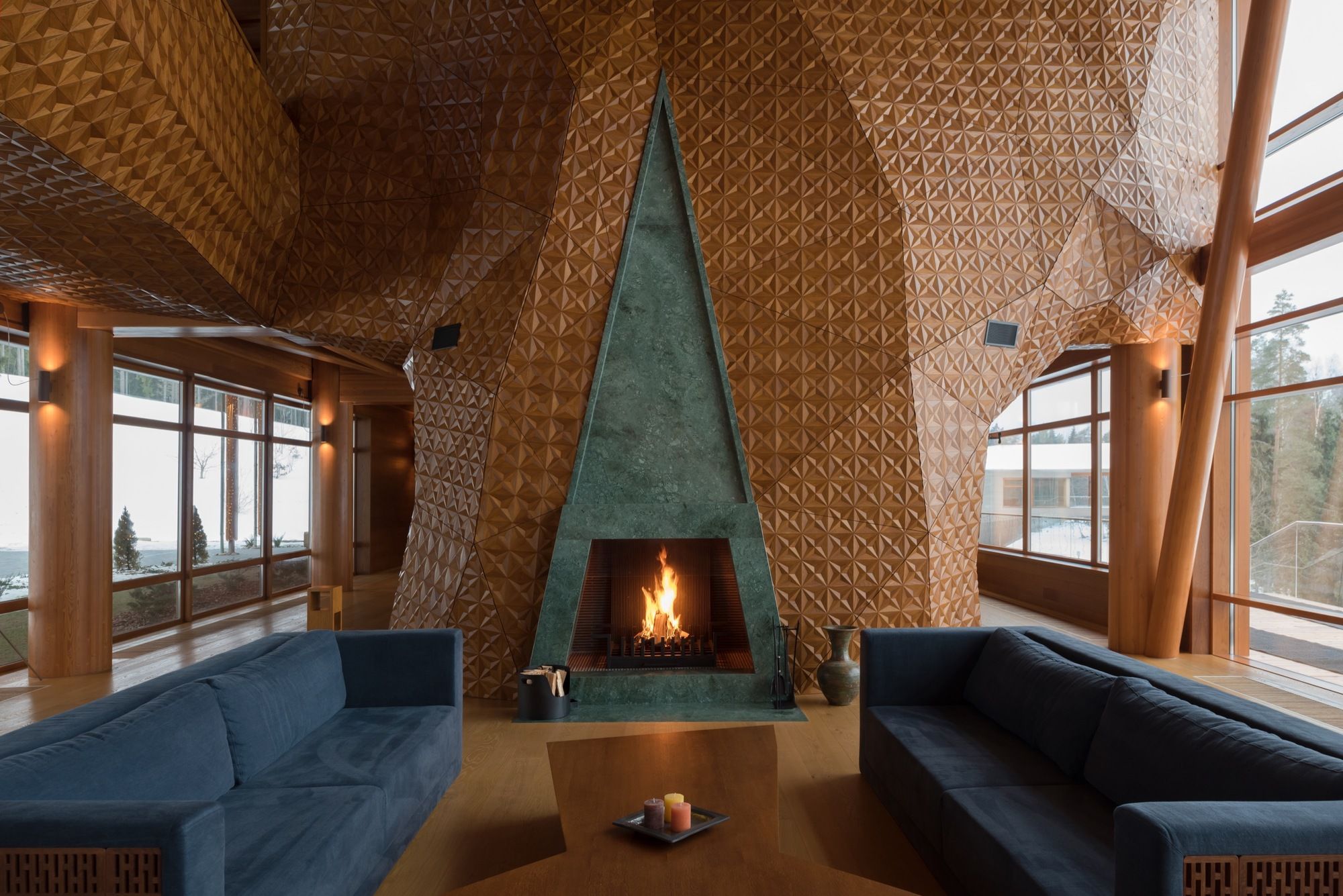
Photography by © Ilya Ivanov
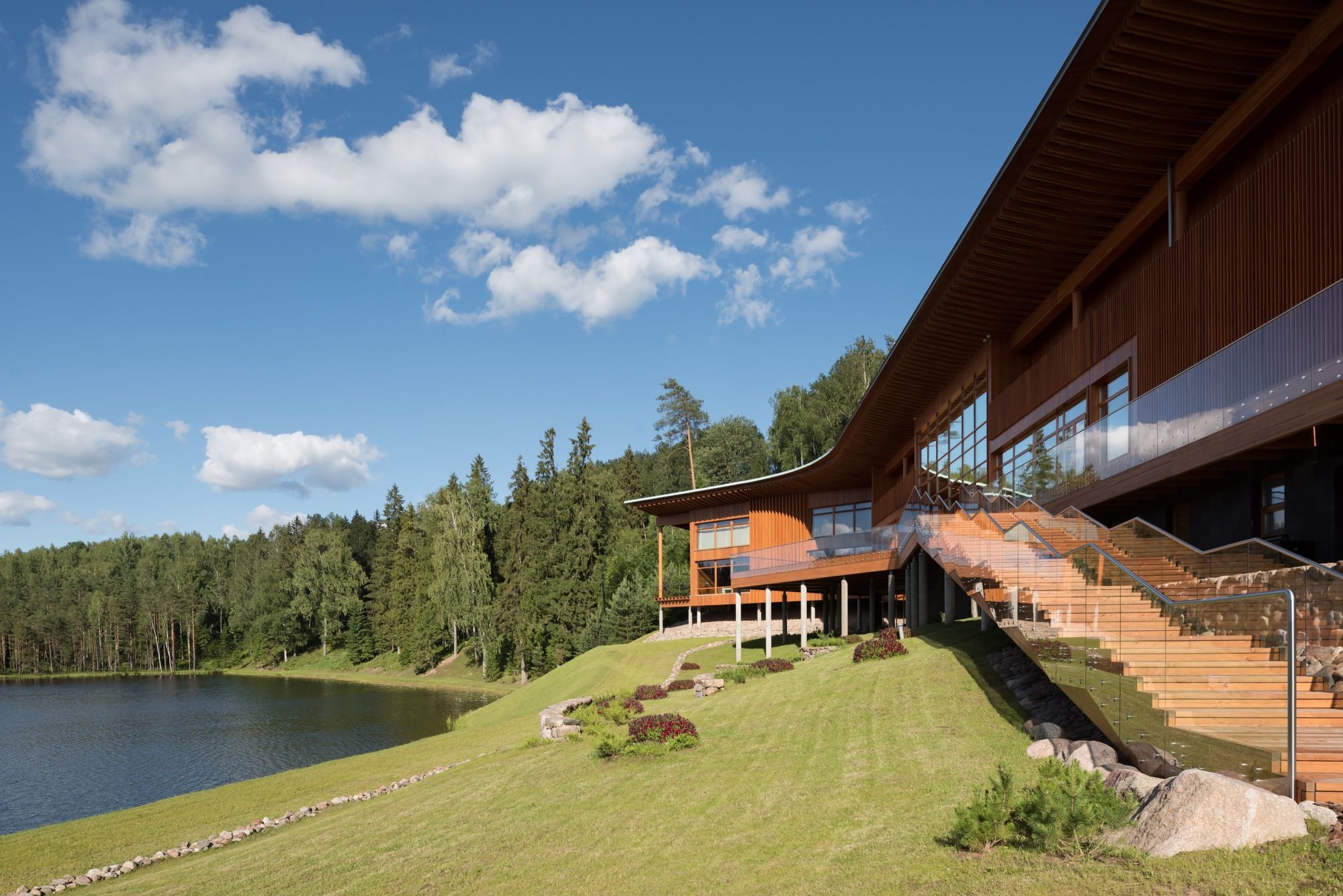
Photography by © Ilya Ivanov
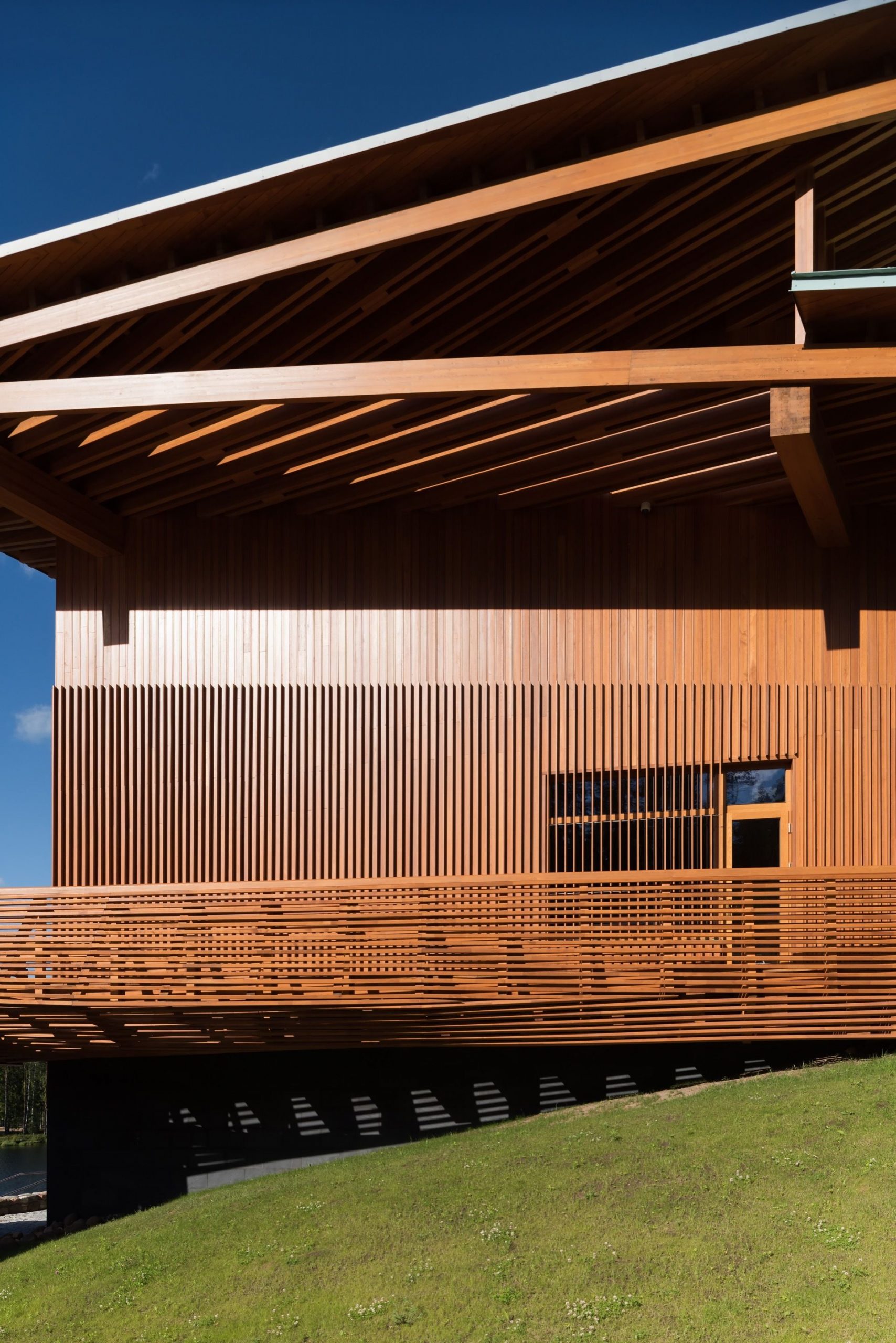
Photography by © Ilya Ivanov
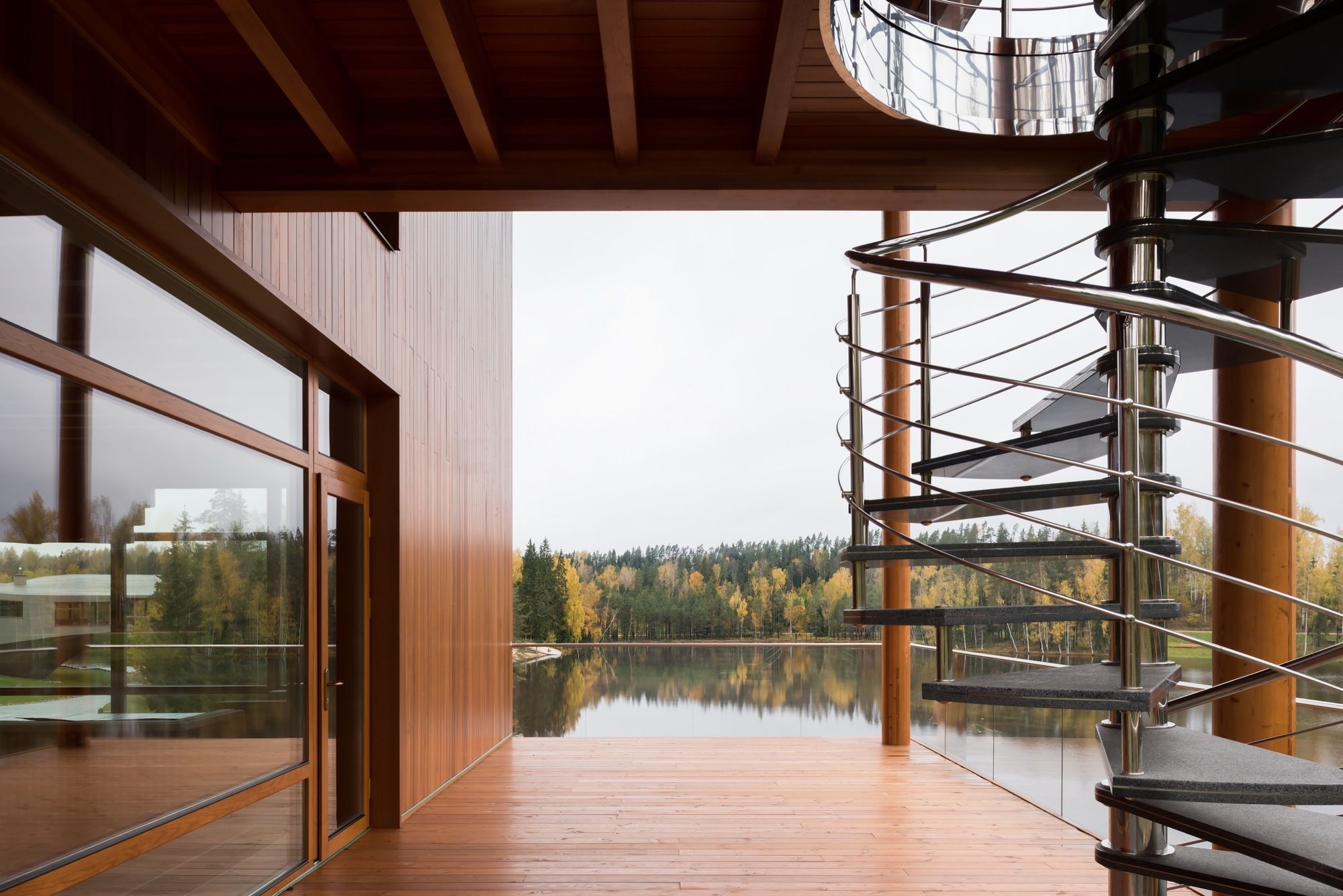
Photography by © Ilya Ivanov
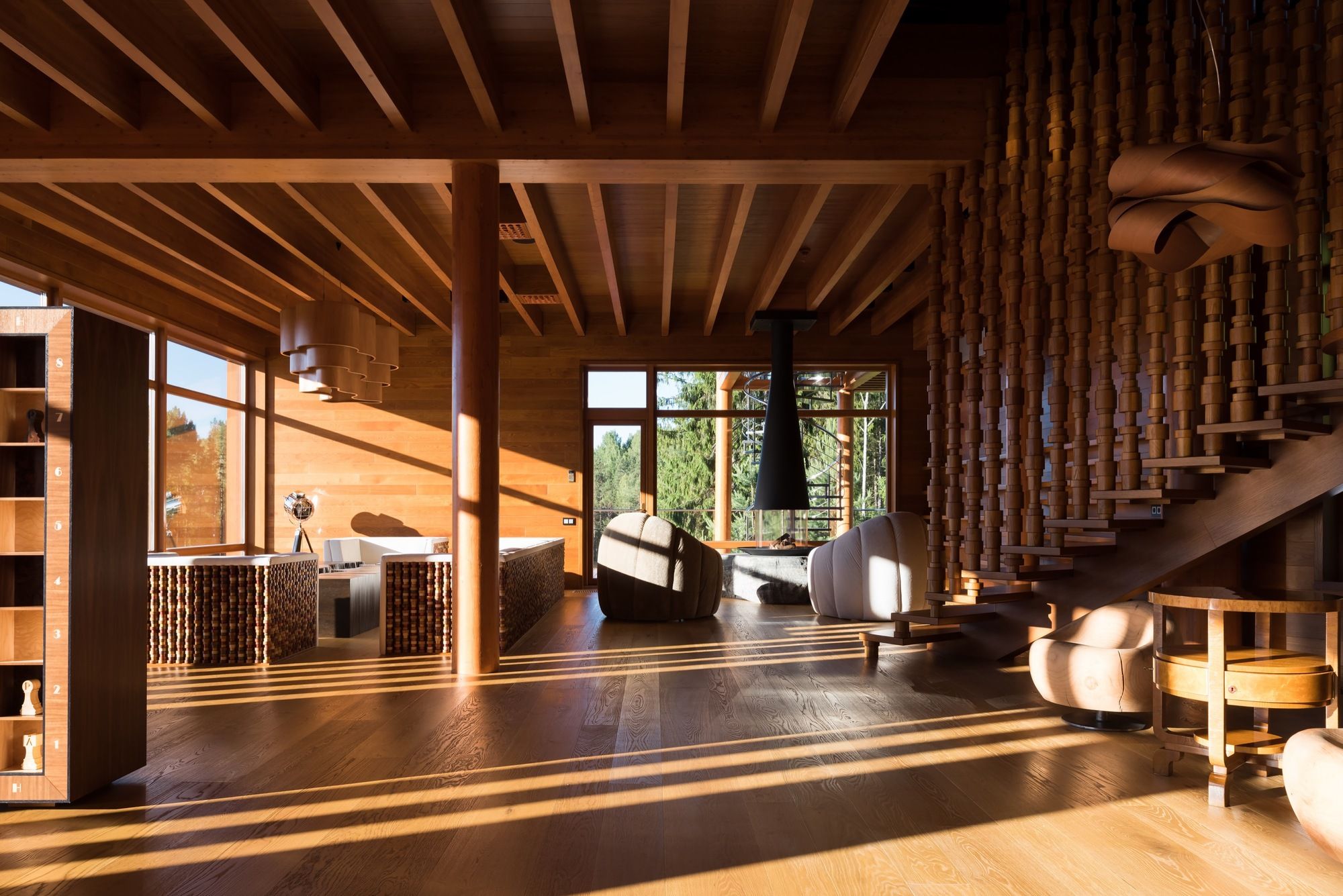
Photography by © Ilya Ivanov
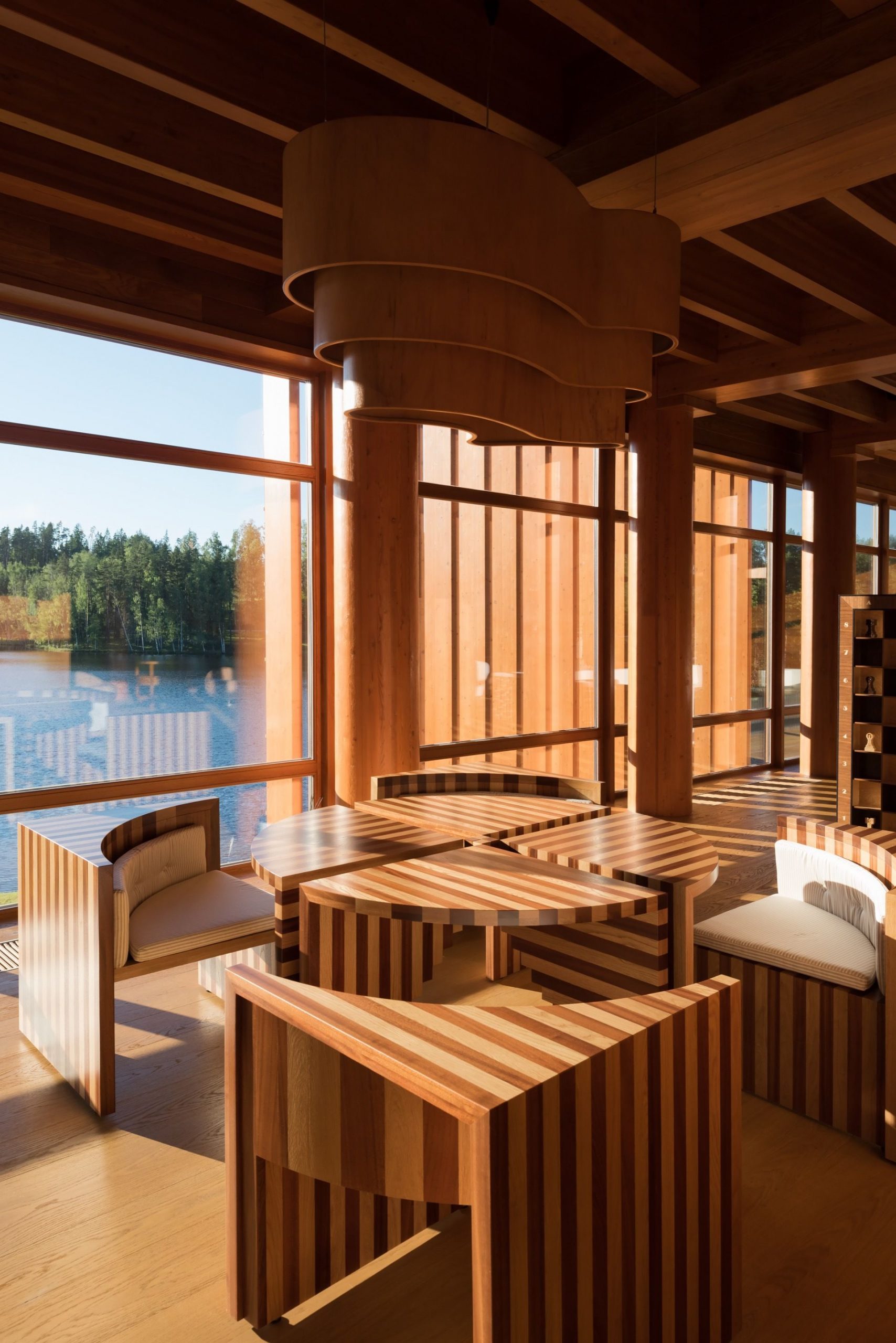
Photography by © Ilya Ivanov
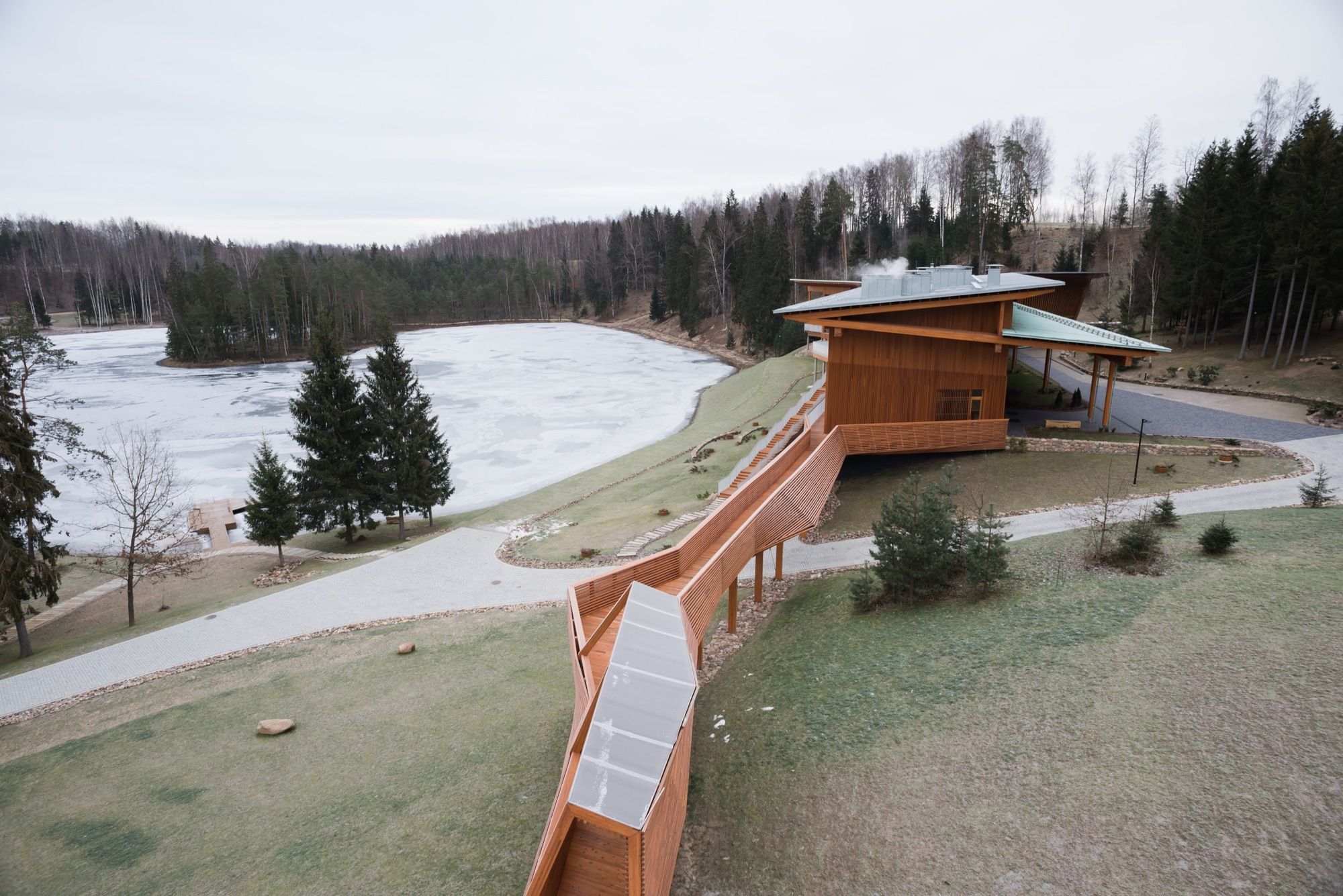
Photography by © Ilya Ivanov
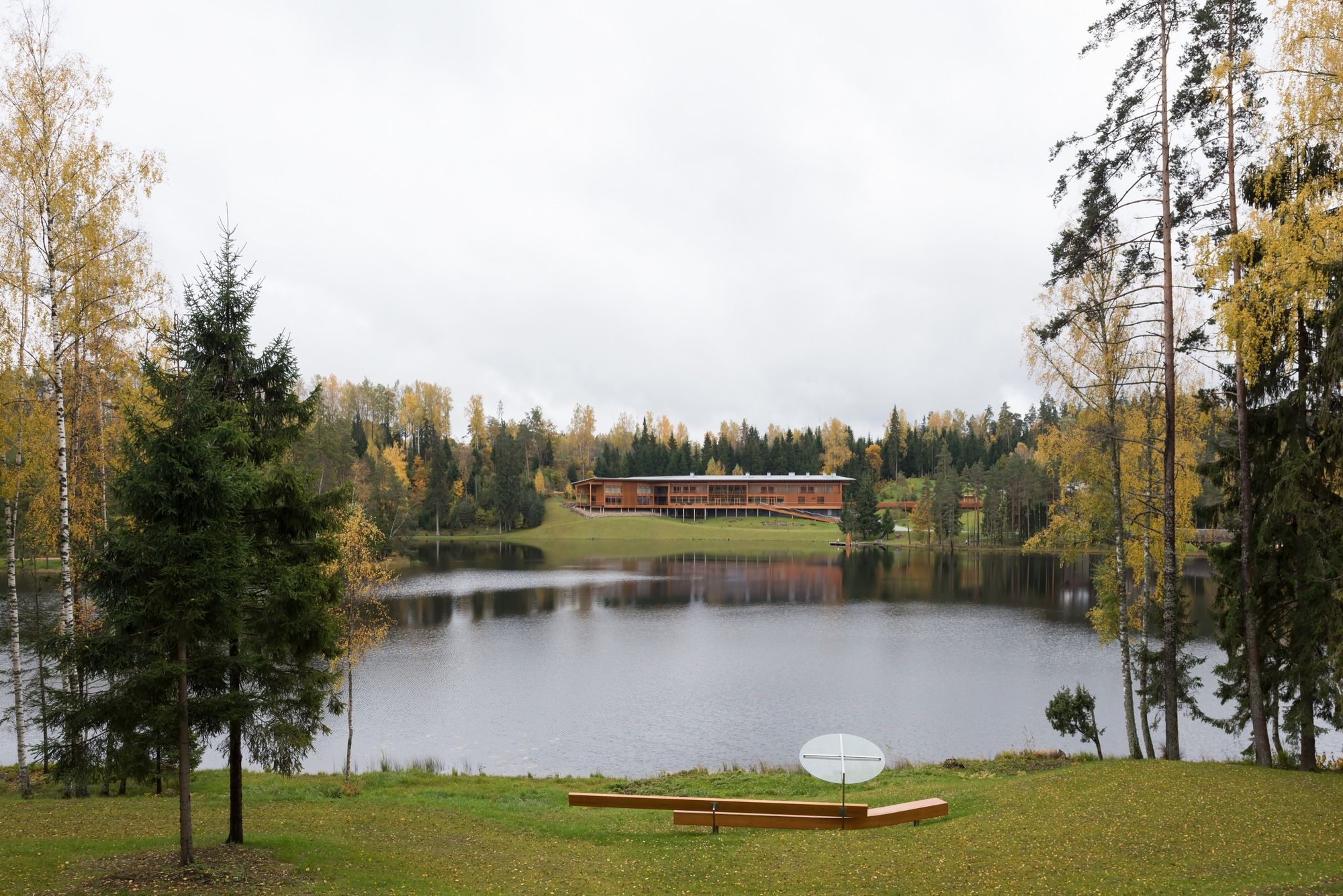
Photography by © Ilya Ivanov
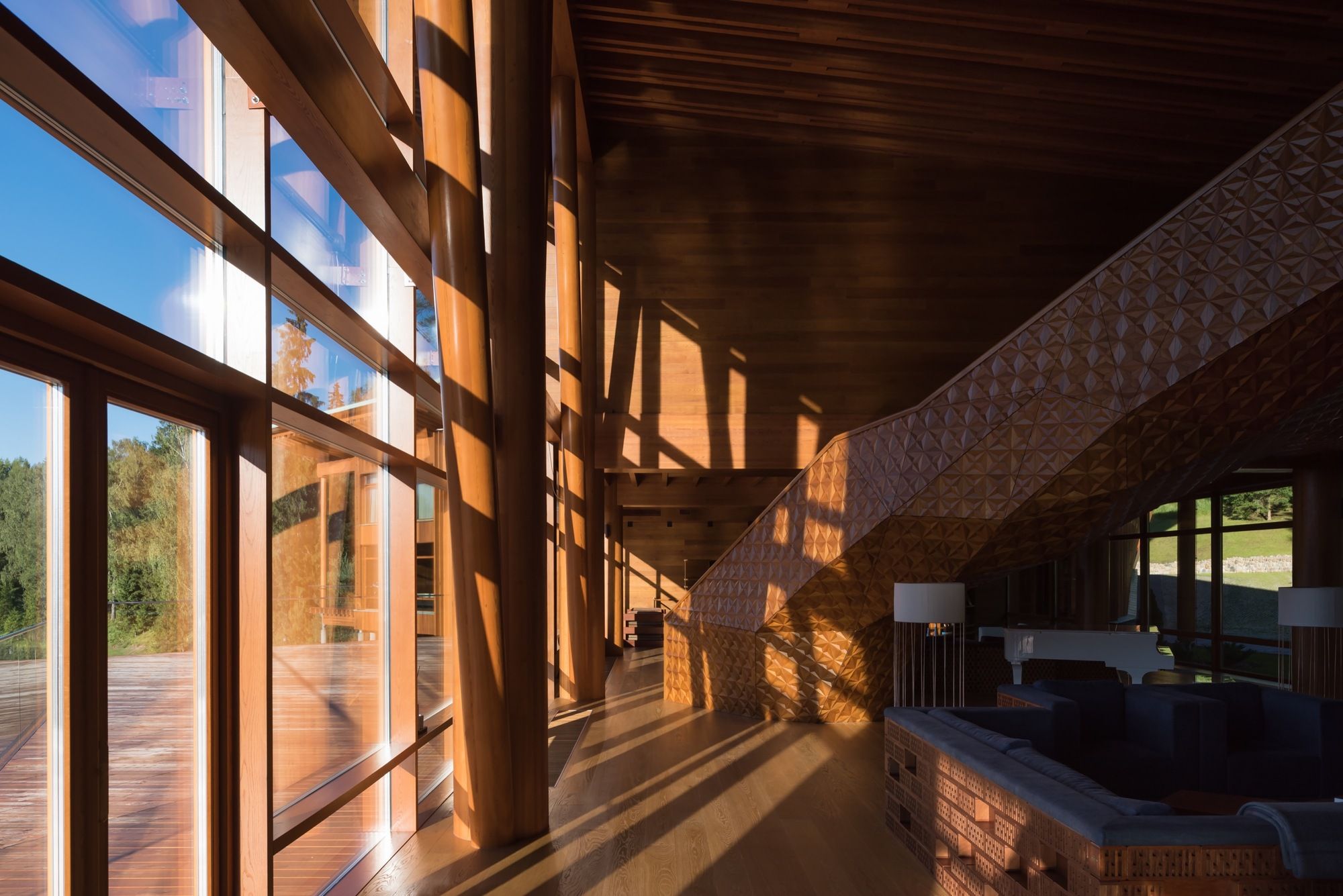
Photography by © Ilya Ivanov
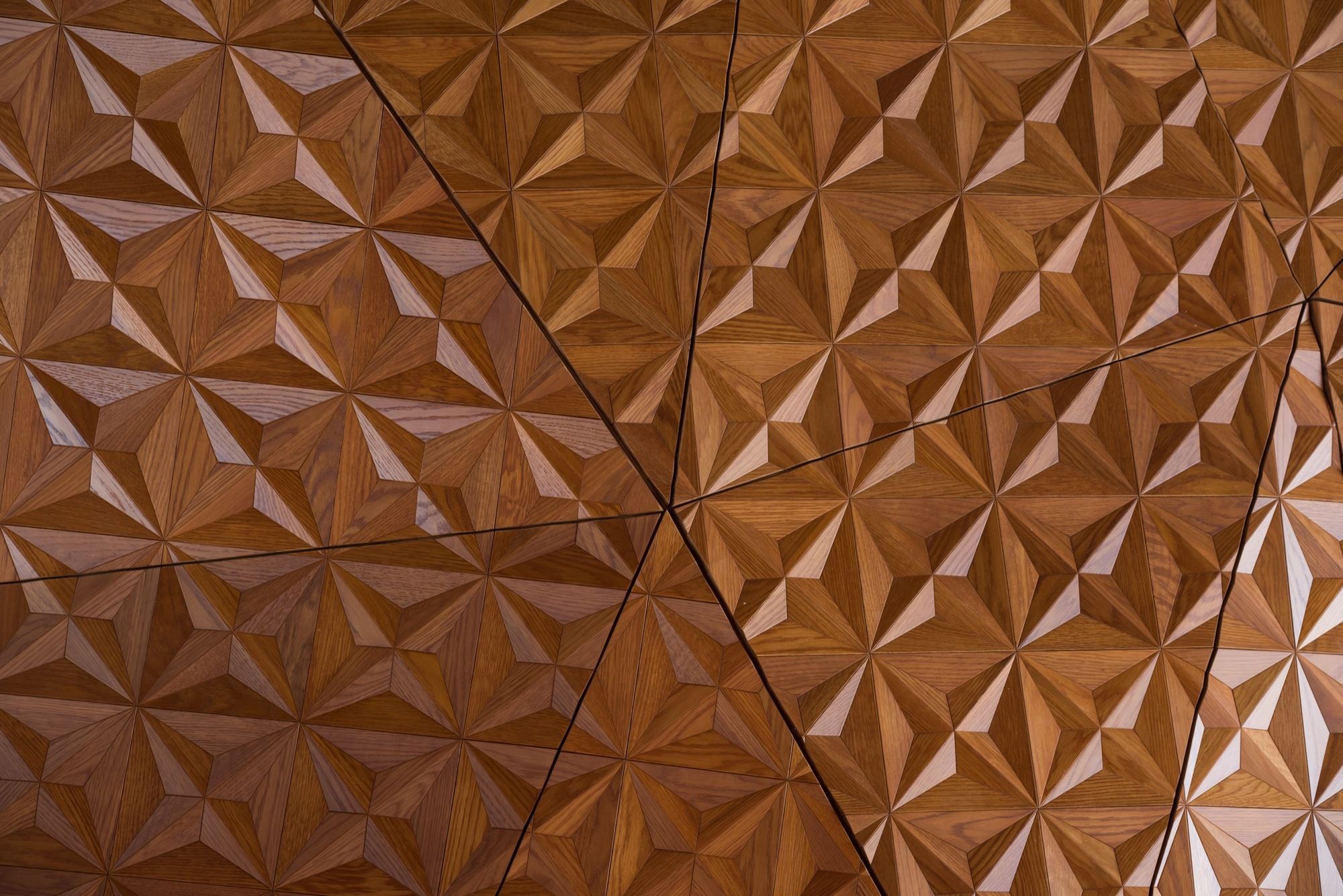
Photography by © Ilya Ivanov
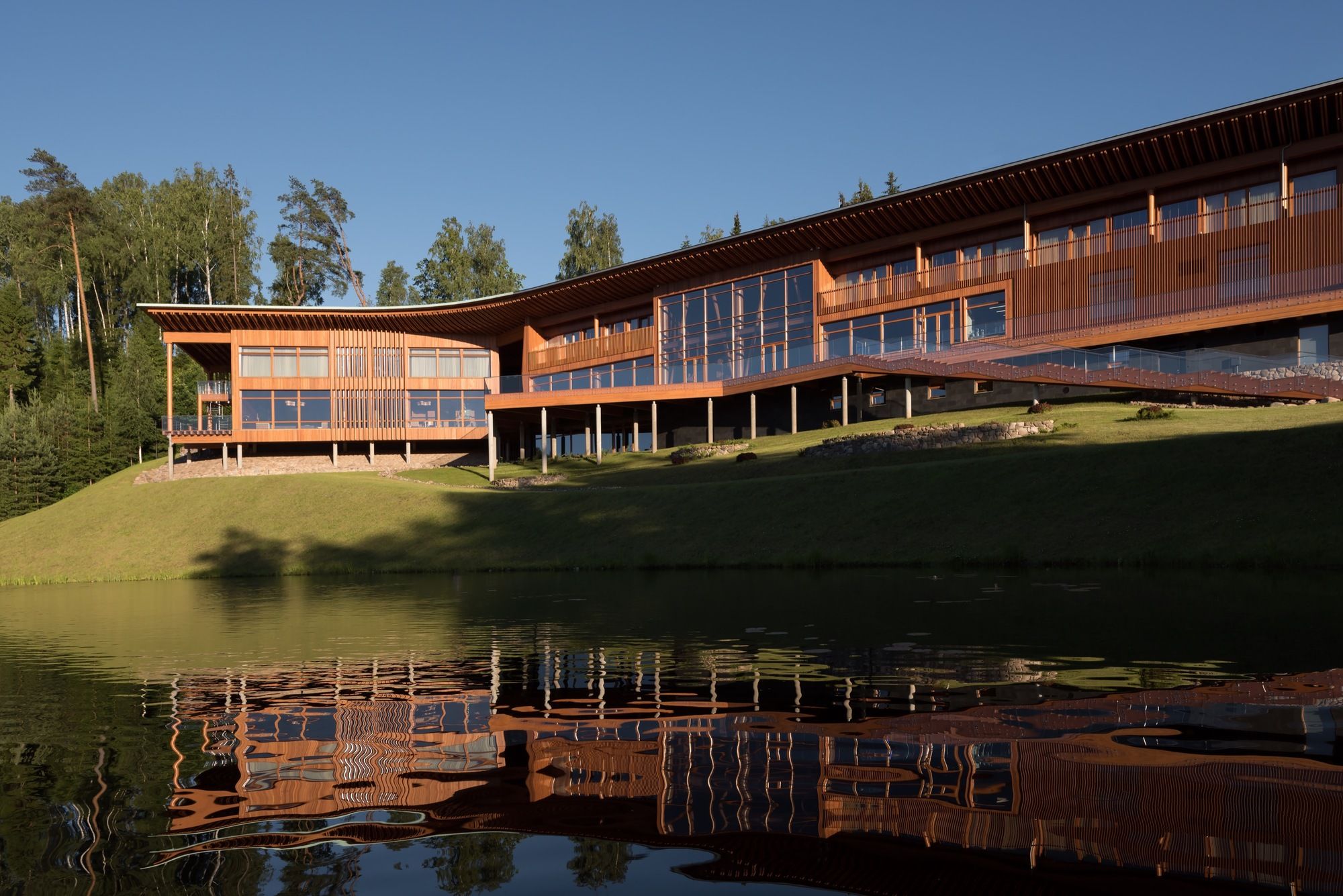
Photography by © Ilya Ivanov
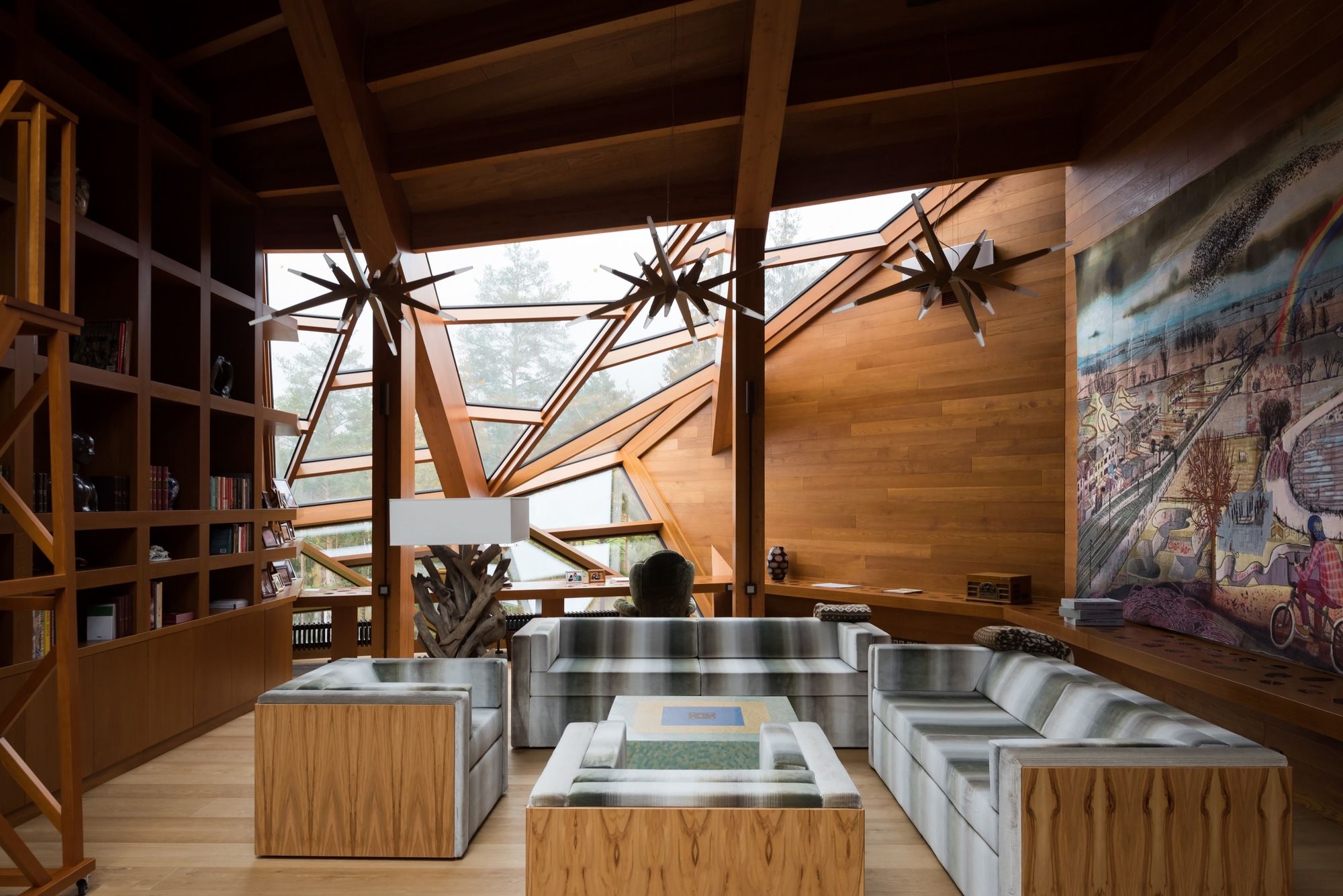
Photography by © Ilya Ivanov
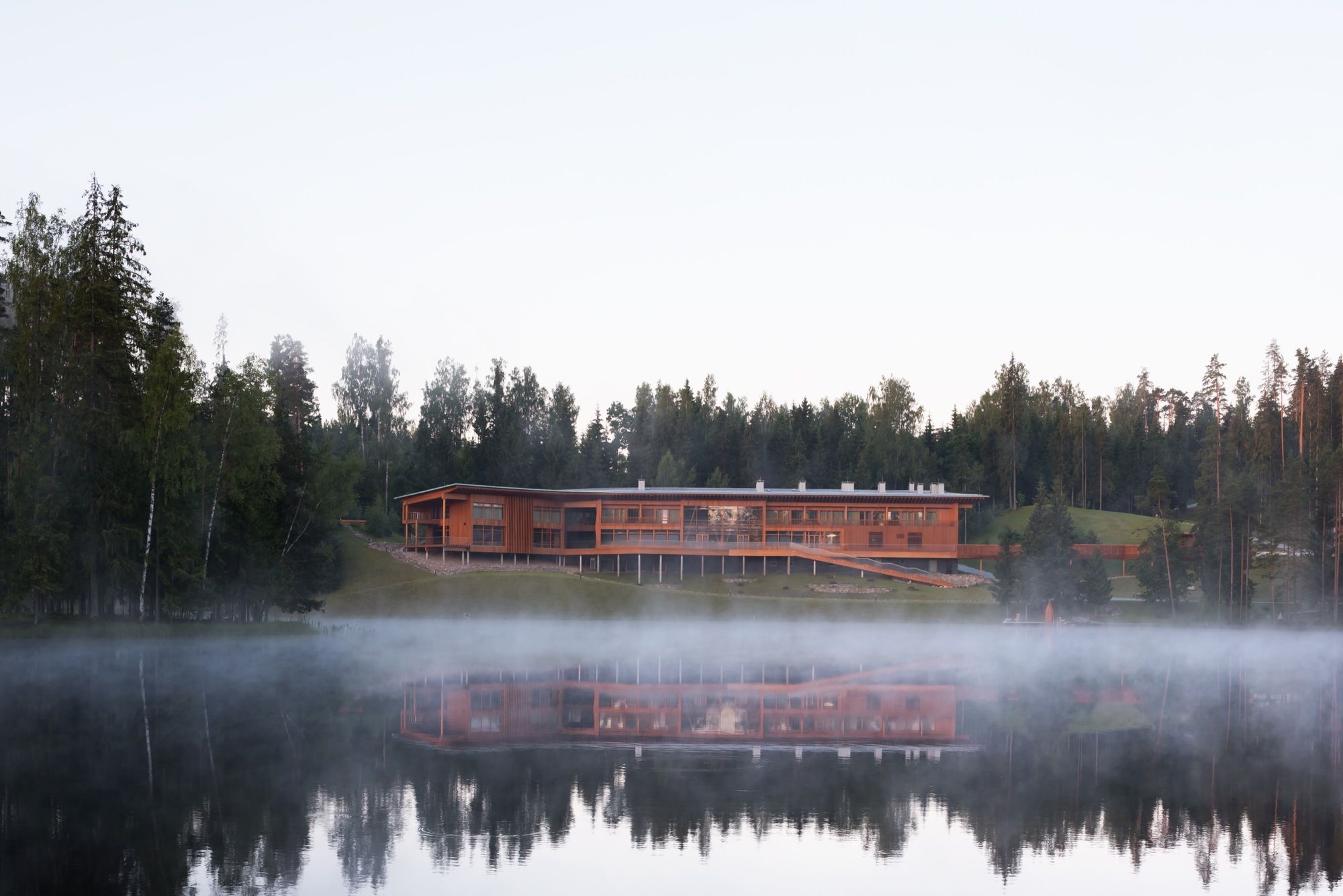
Photography by © Ilya Ivanov
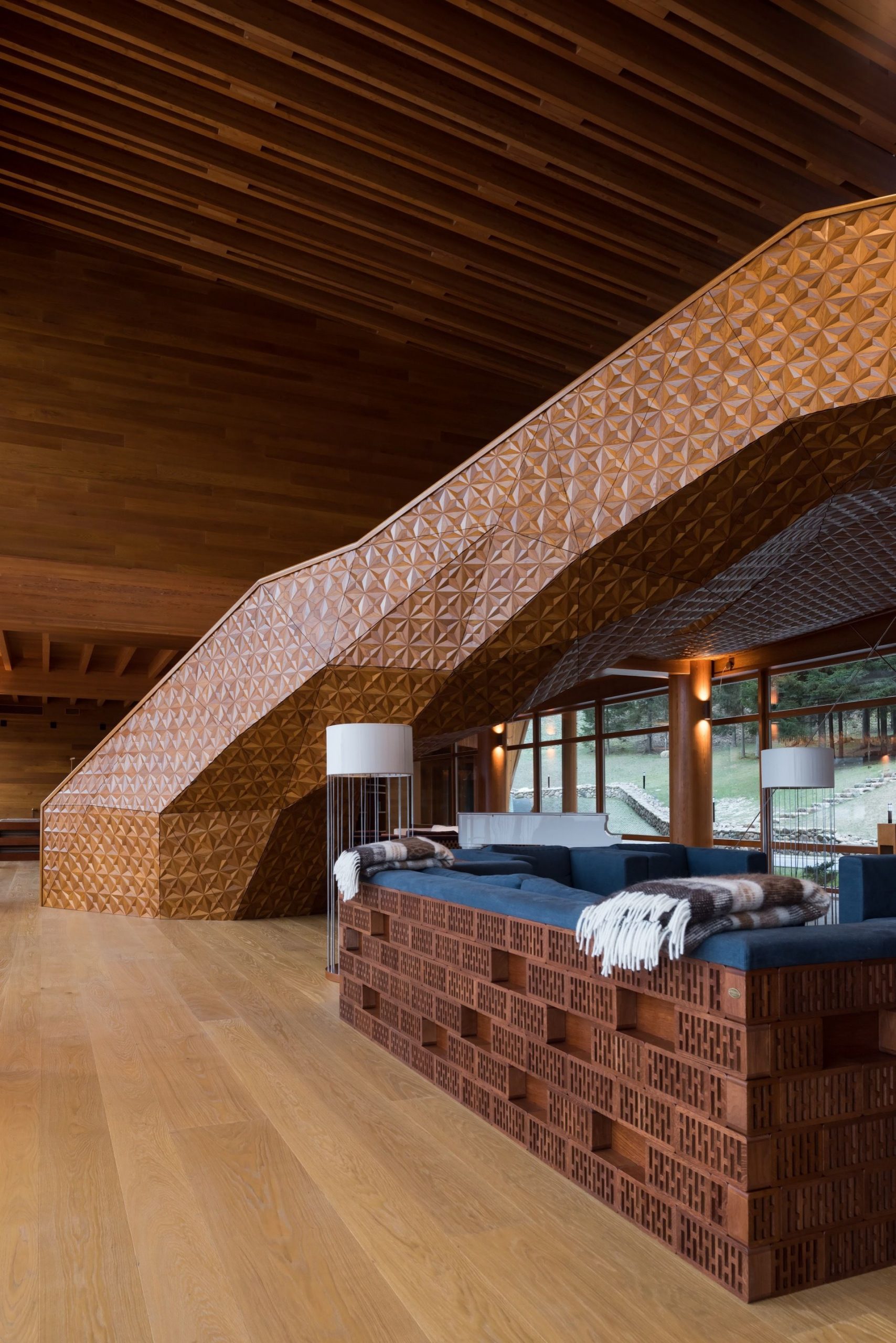
Photography by © Ilya Ivanov
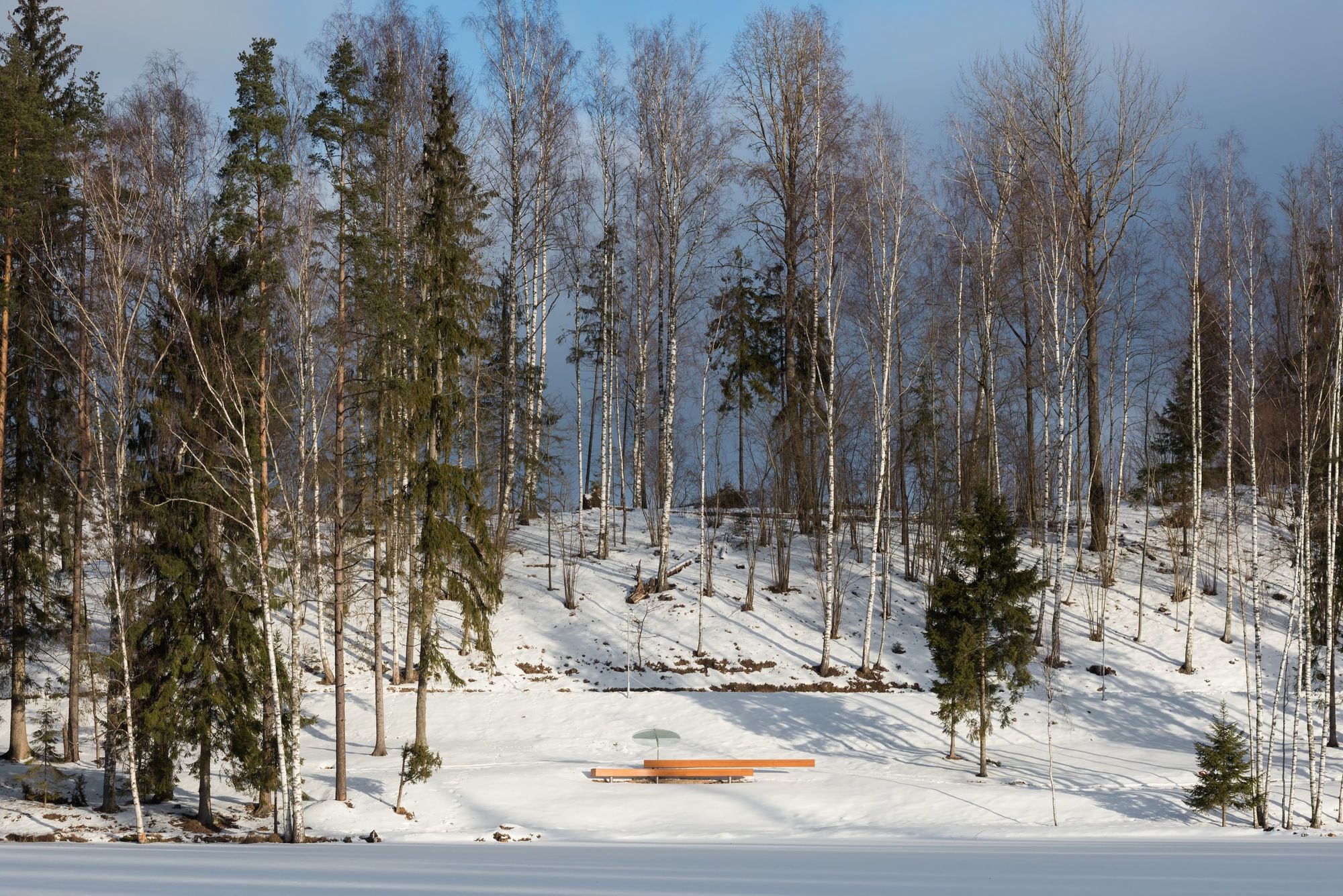
Photography by © Ilya Ivanov
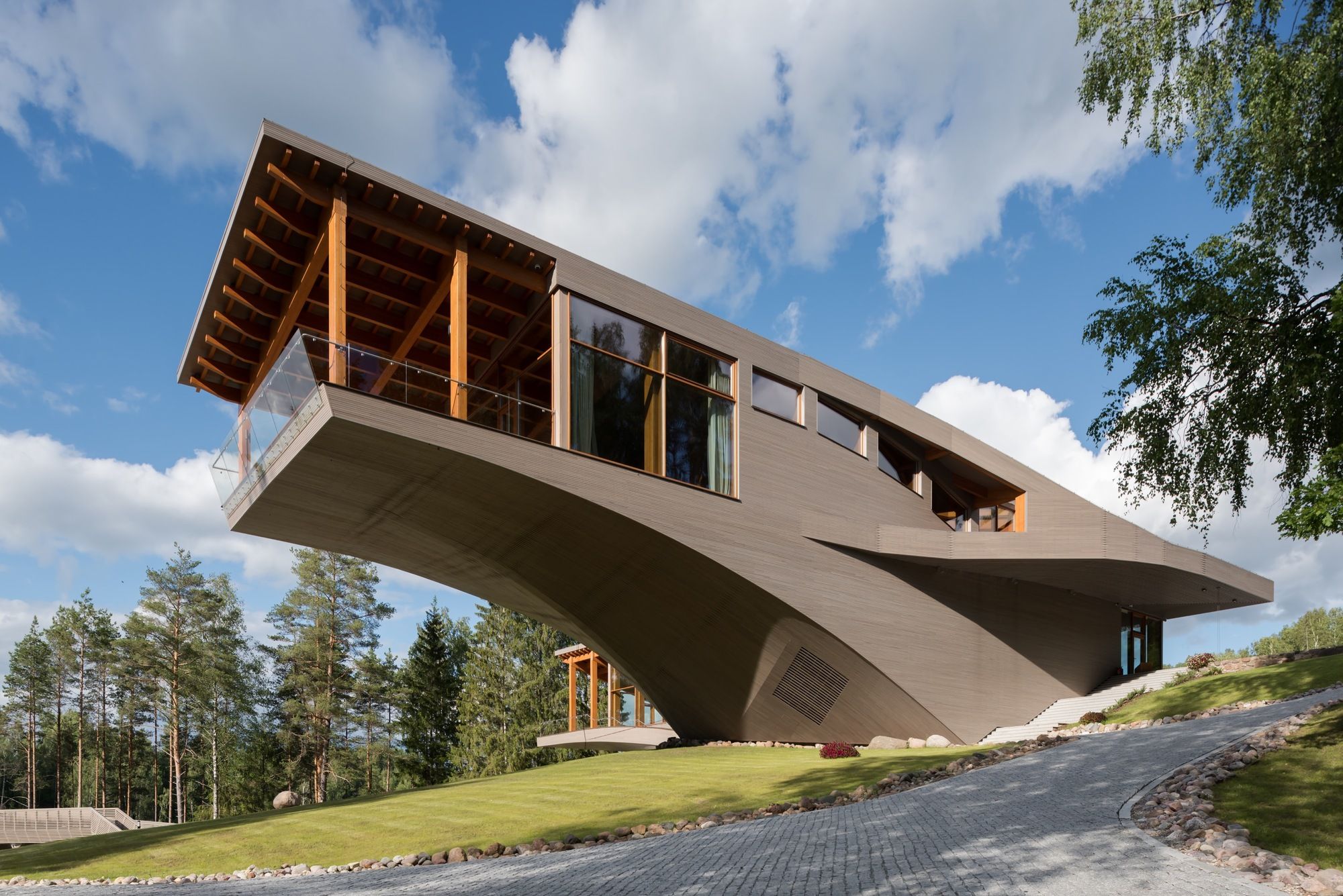
Photography by © Ilya Ivanov
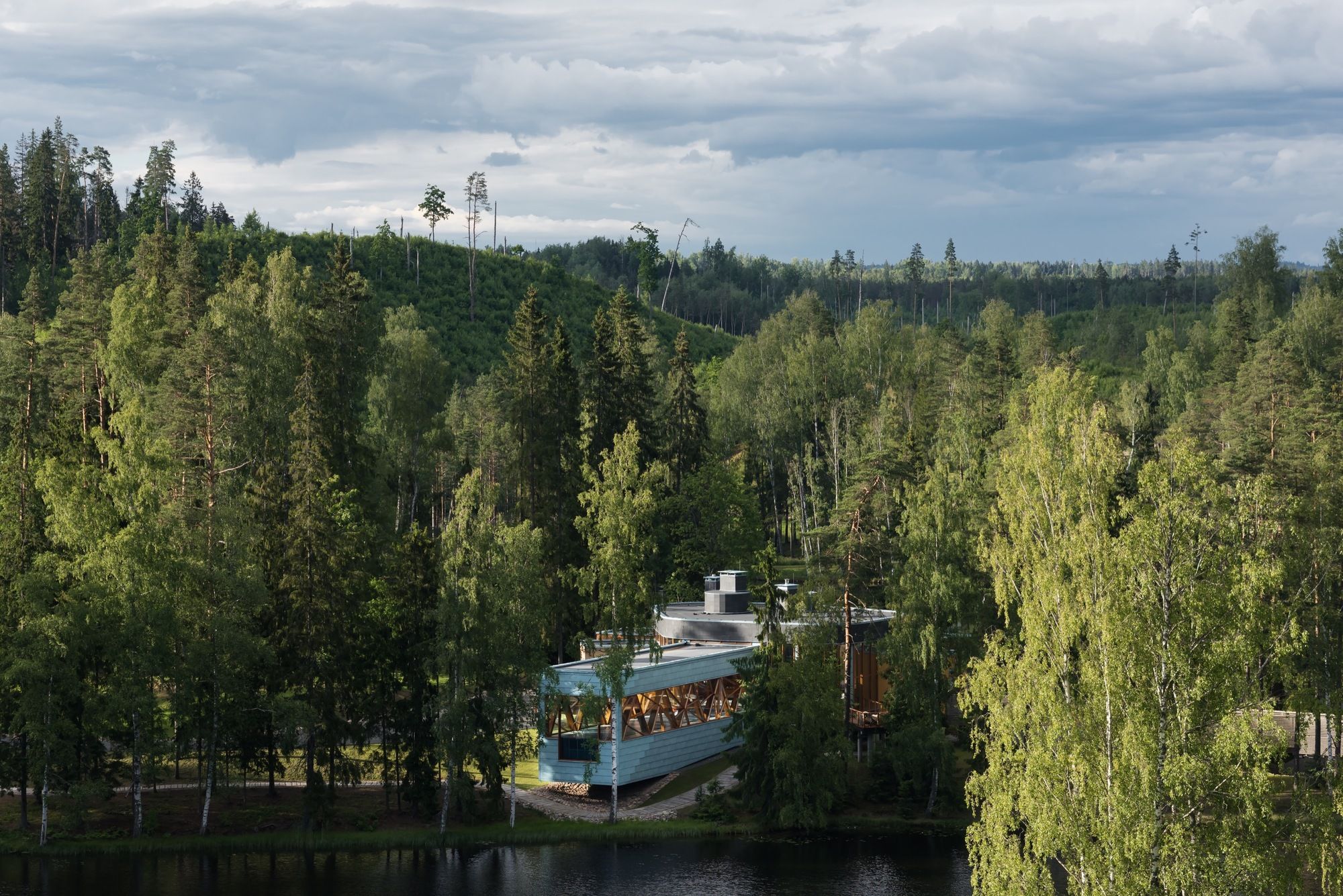
Photography by © Ilya Ivanov
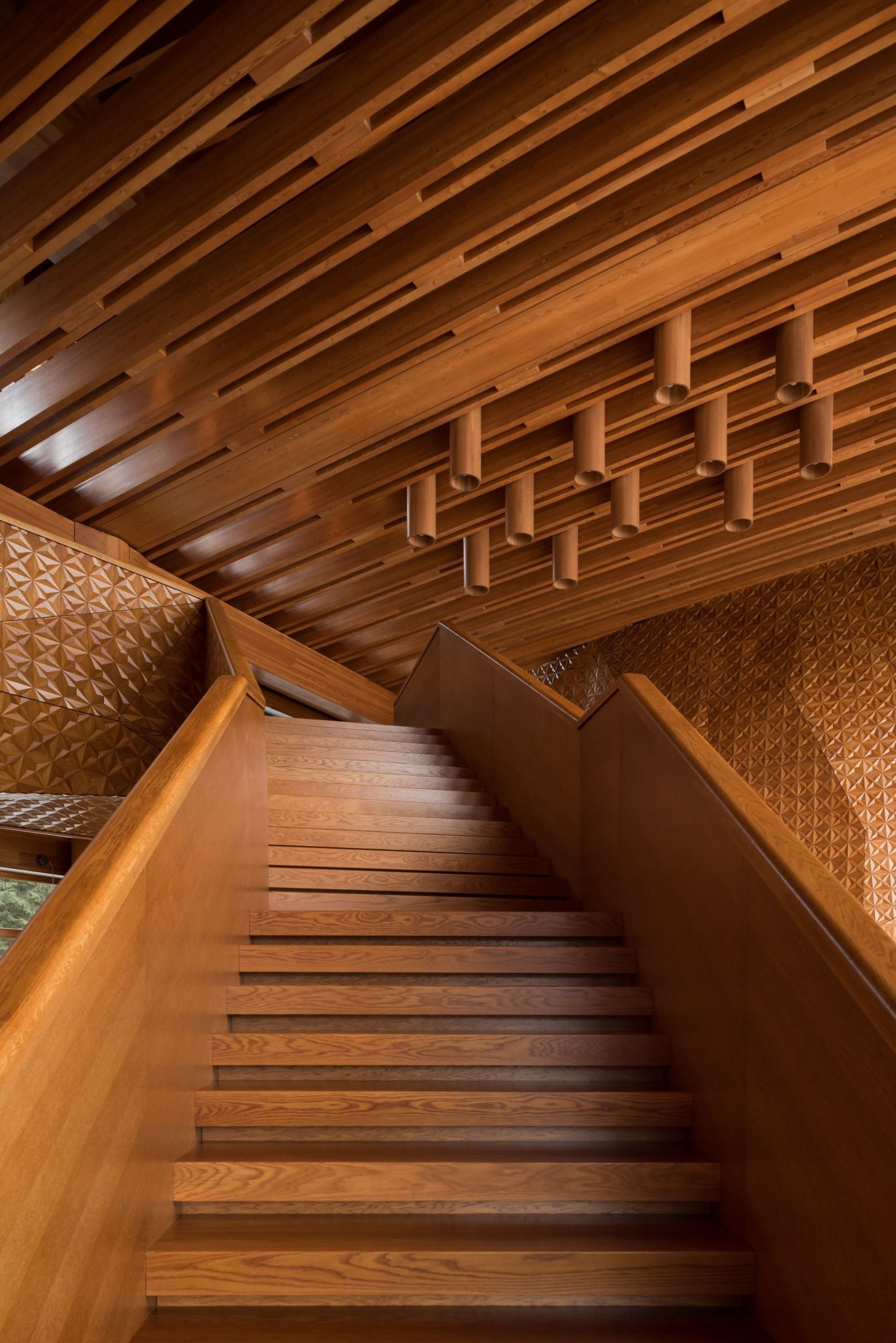
Photography by © Ilya Ivanov
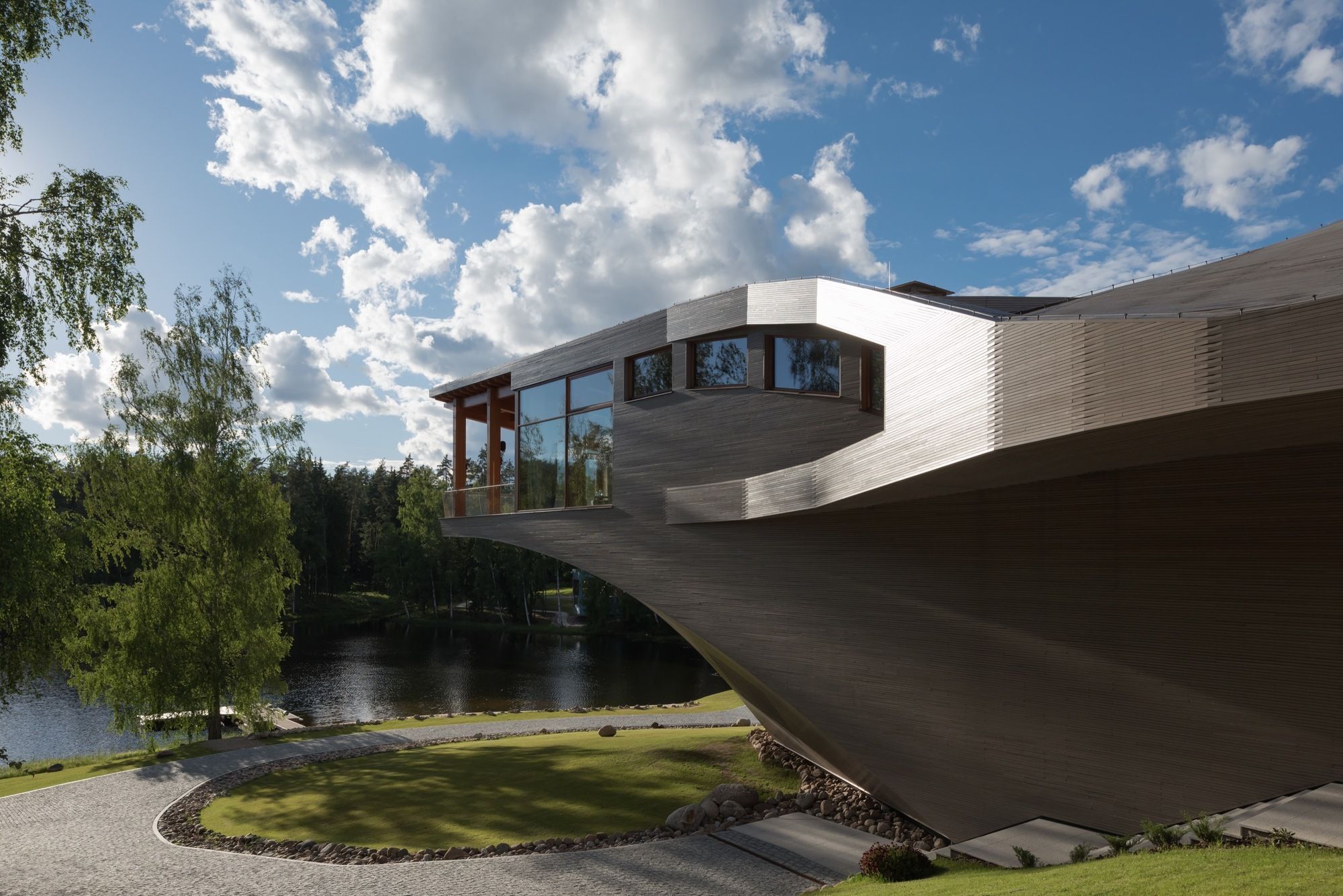
Photography by © Ilya Ivanov
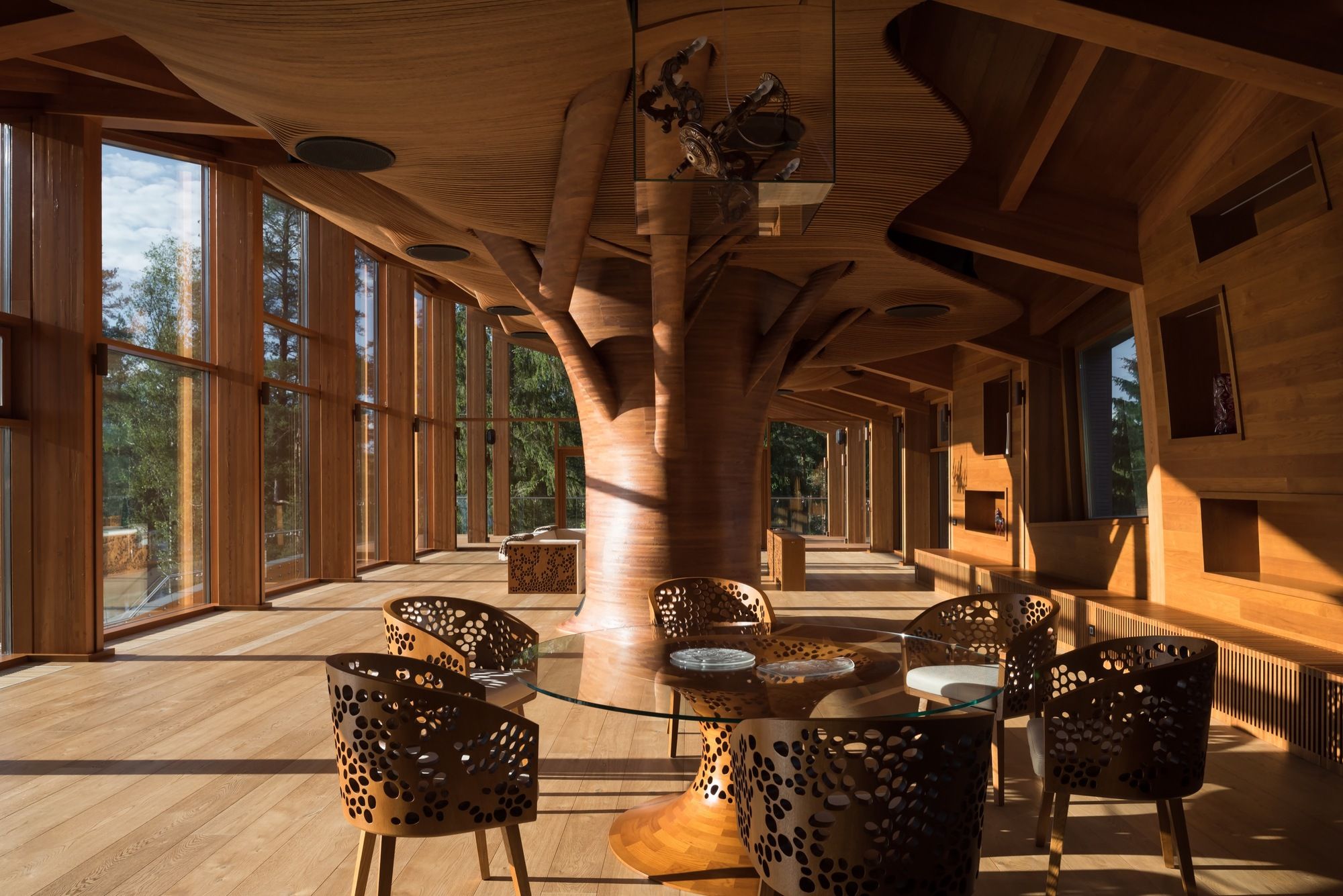
Photography by © Ilya Ivanov
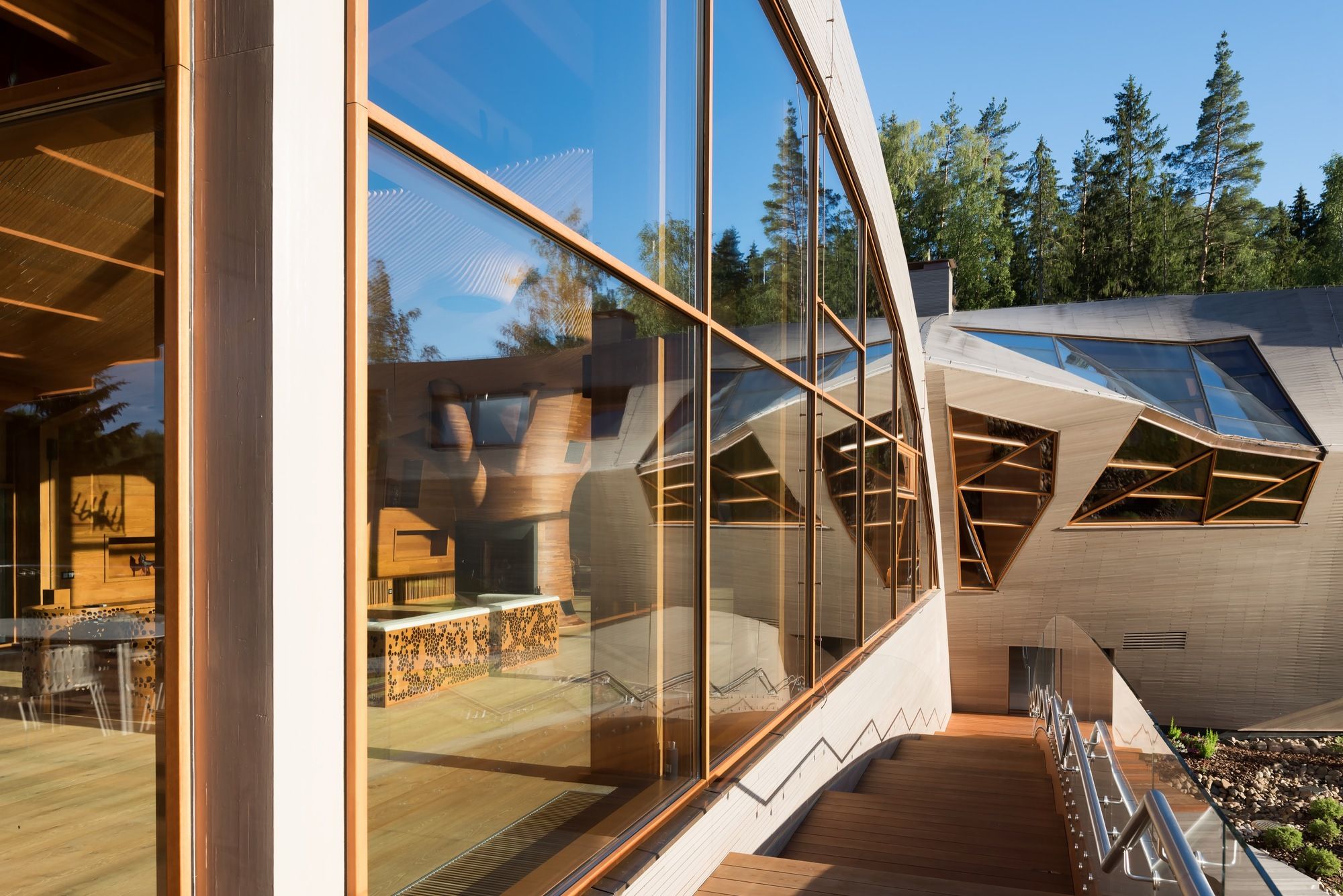
Photography by © Ilya Ivanov
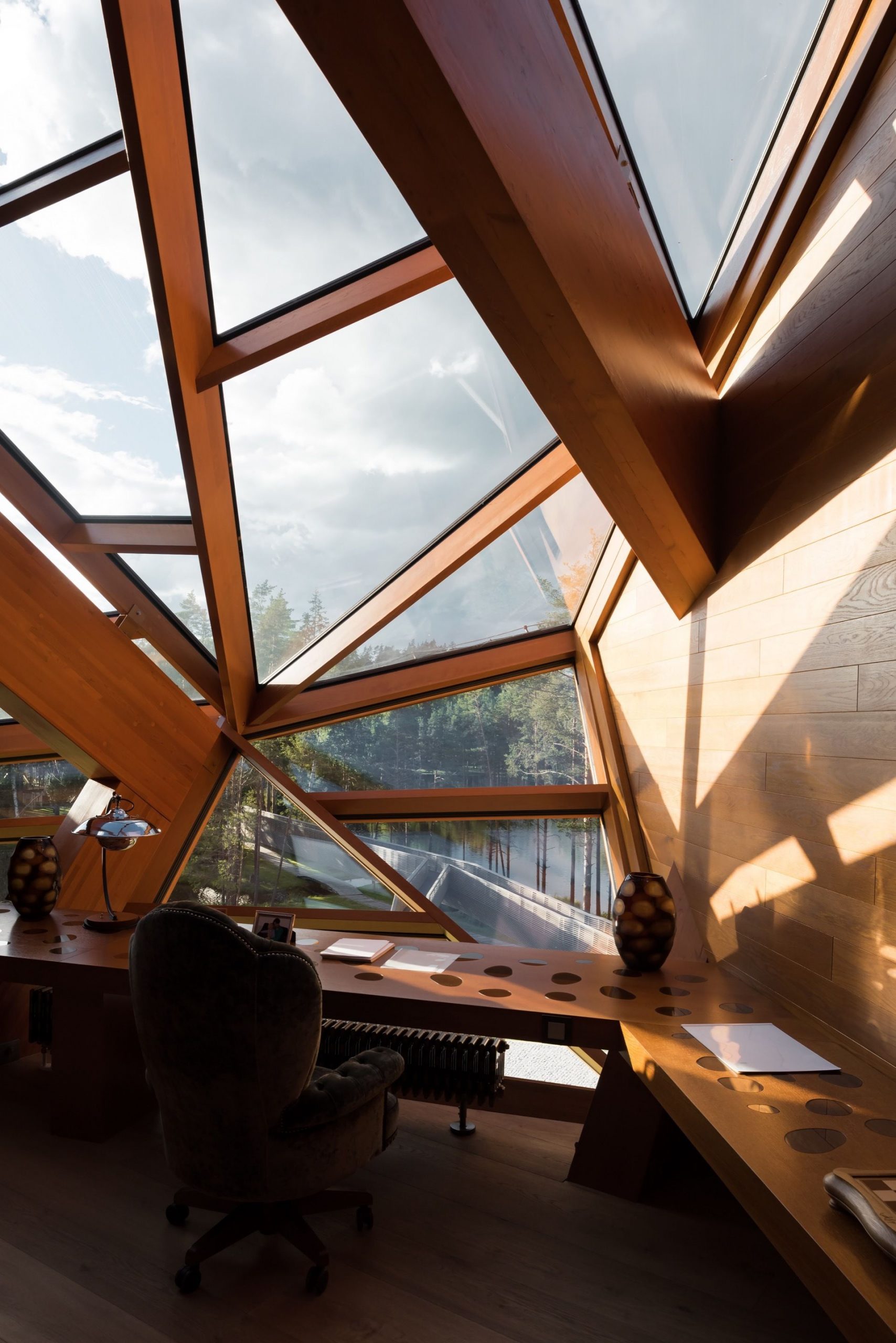
Photography by © Ilya Ivanov
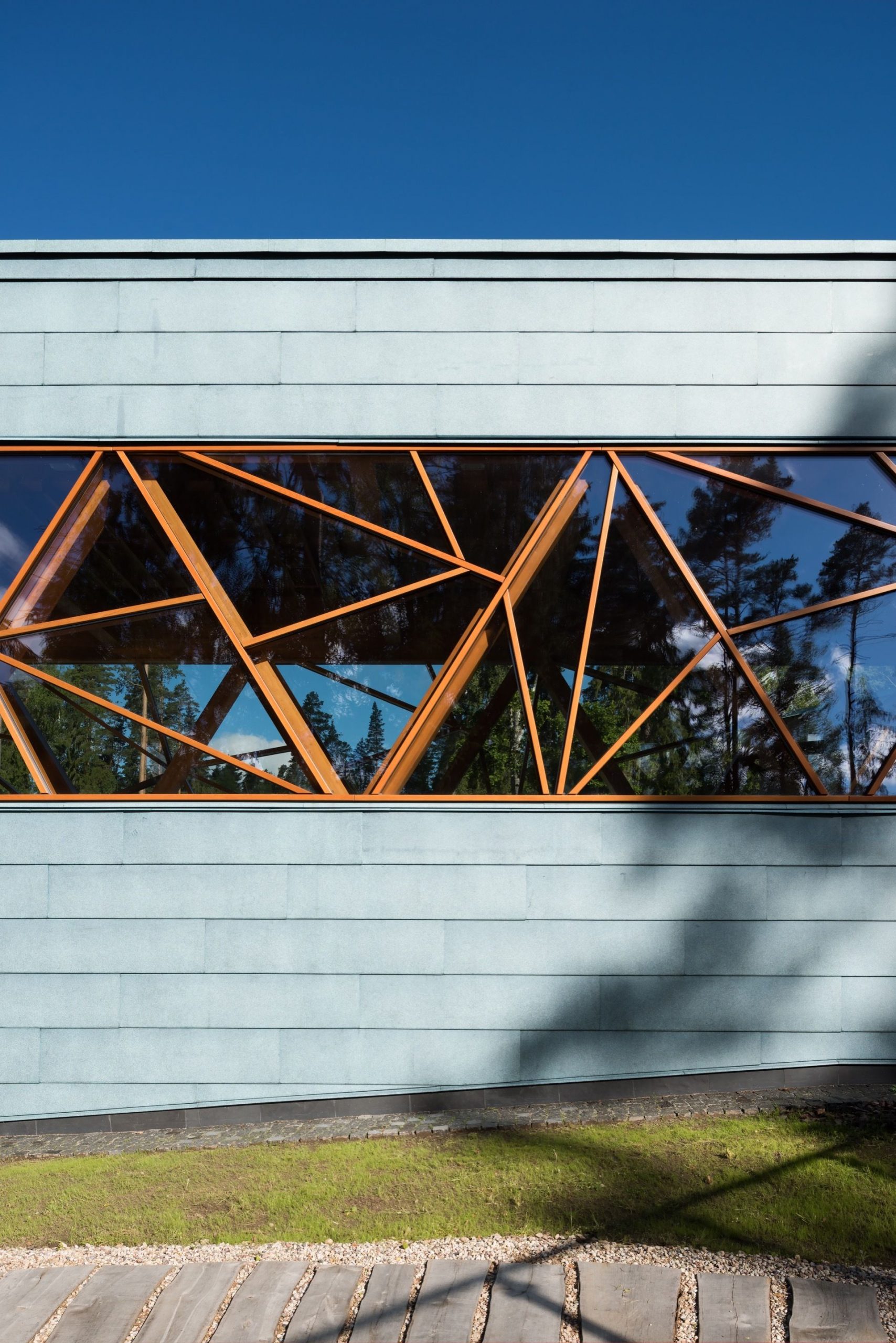
Photography by © Ilya Ivanov
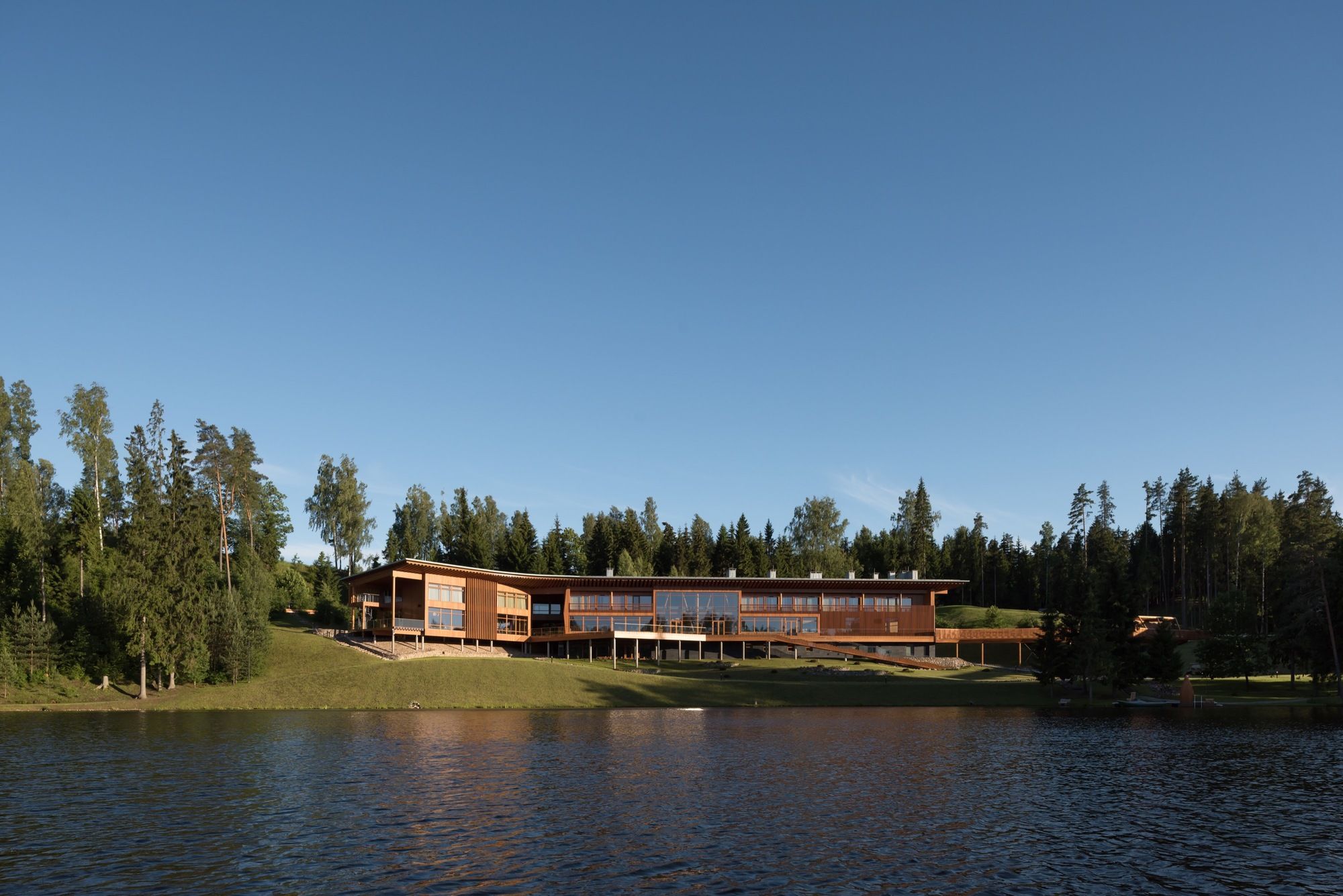
Photography by © Ilya Ivanov
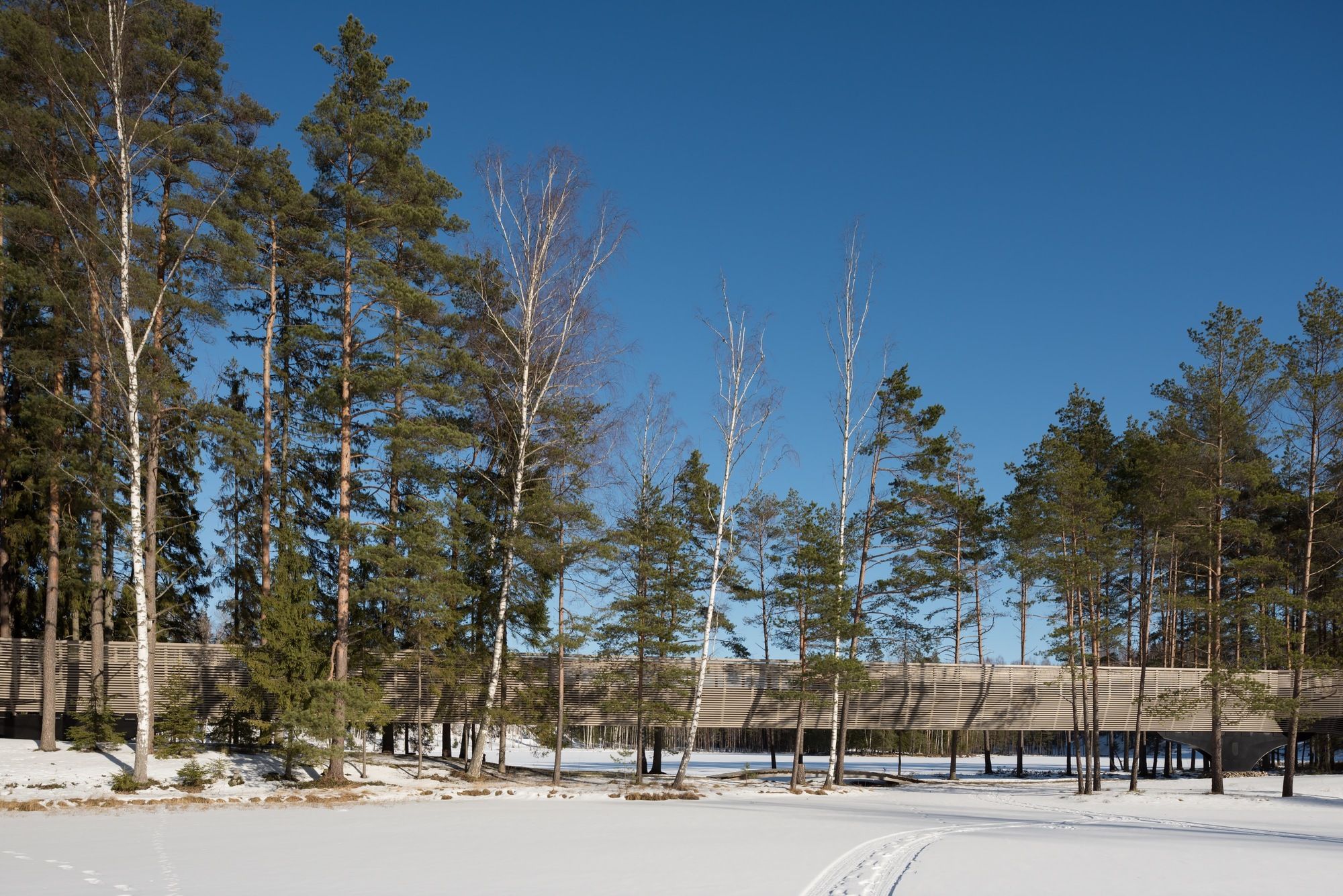
Photography by © Ilya Ivanov
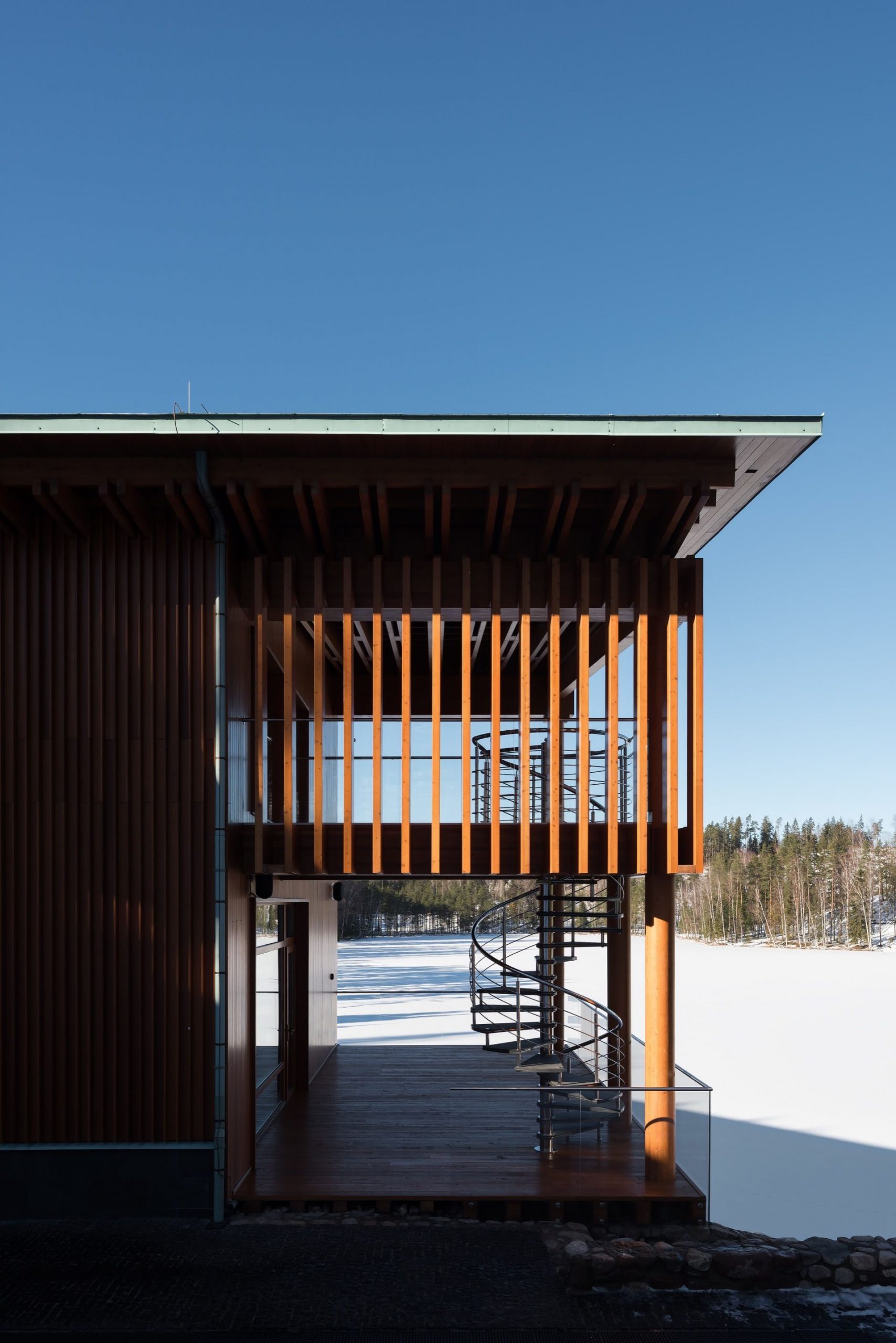
Photography by © Ilya Ivanov
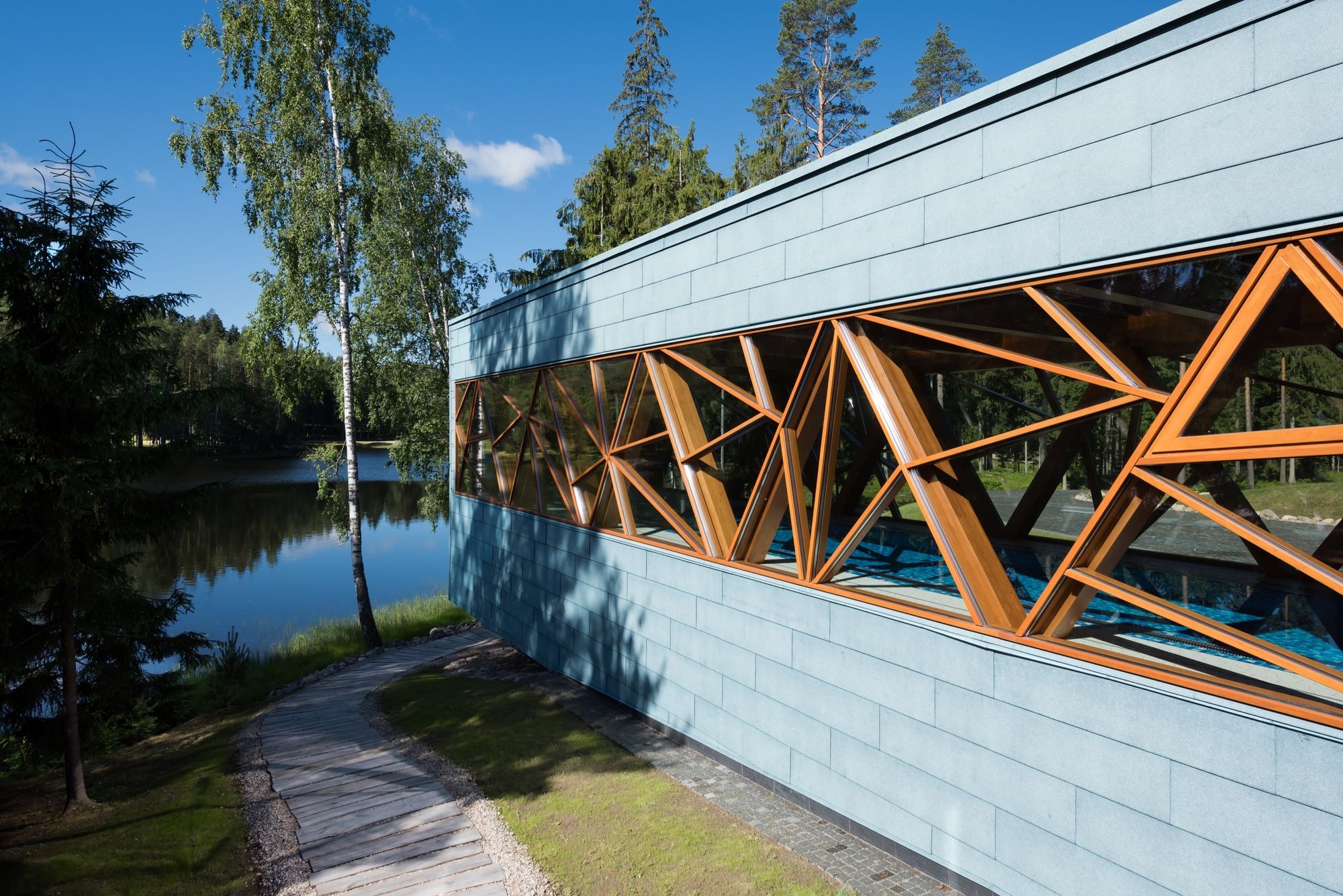
Photography by © Ilya Ivanov
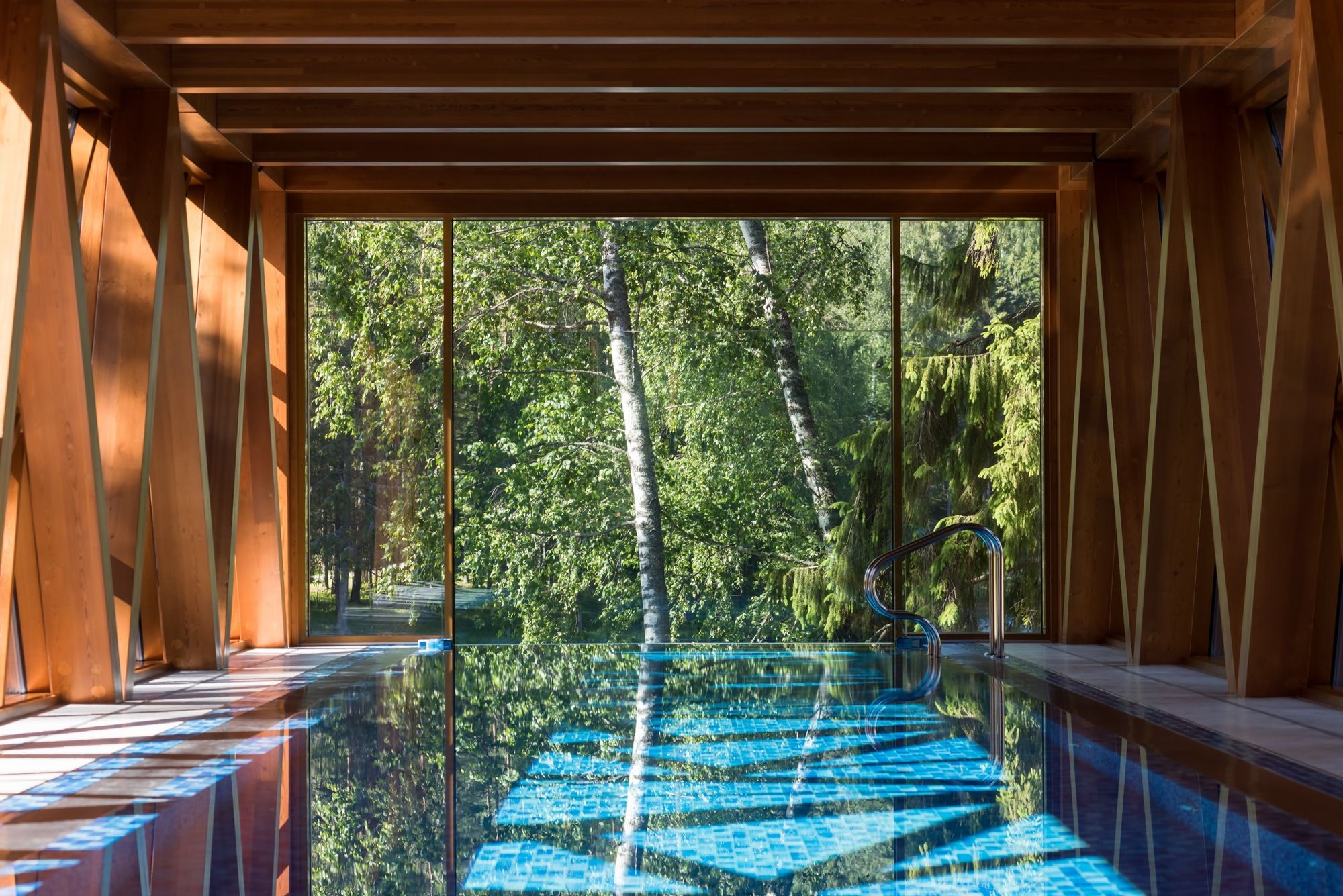
Photography by © Ilya Ivanov
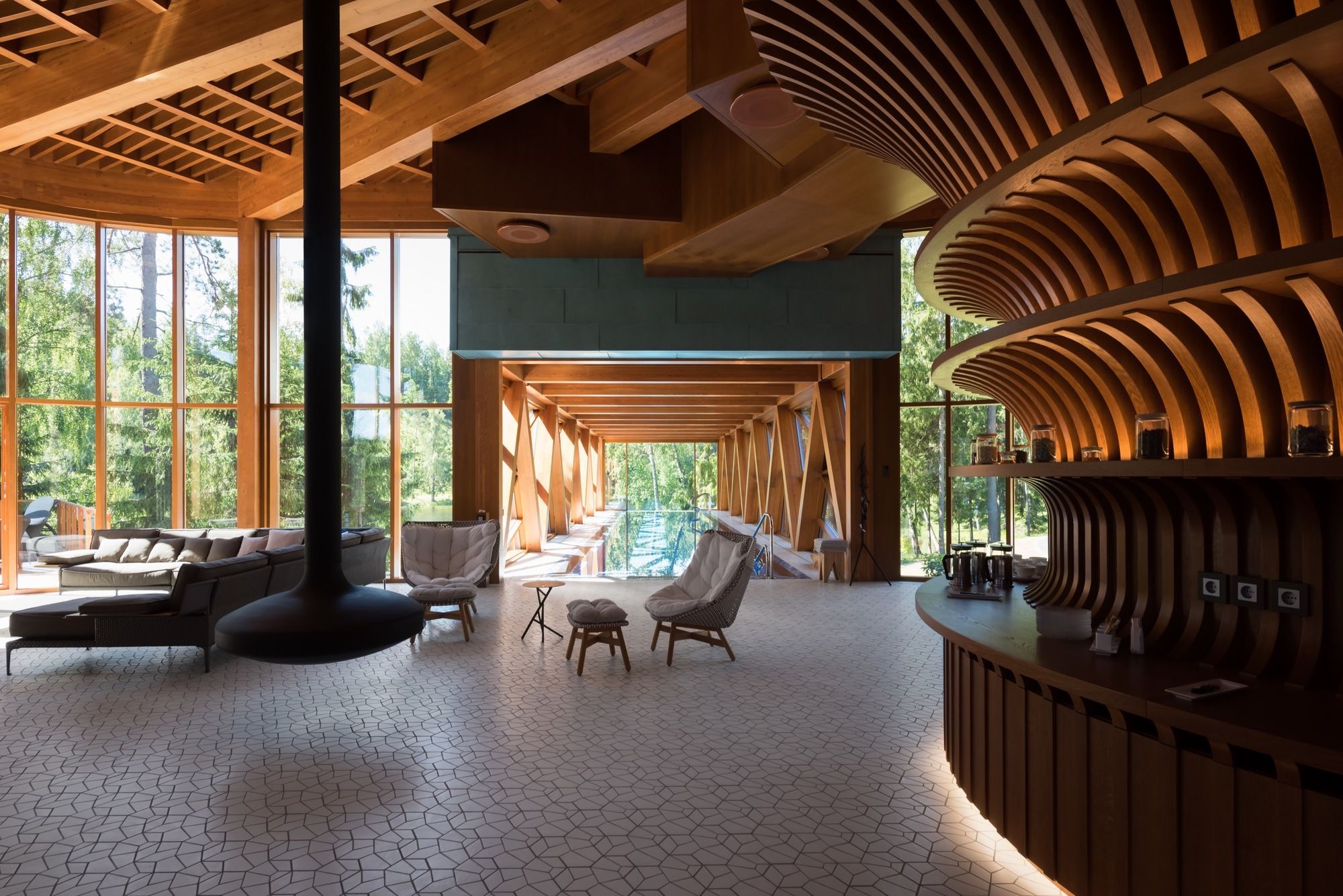
Photography by © Ilya Ivanov
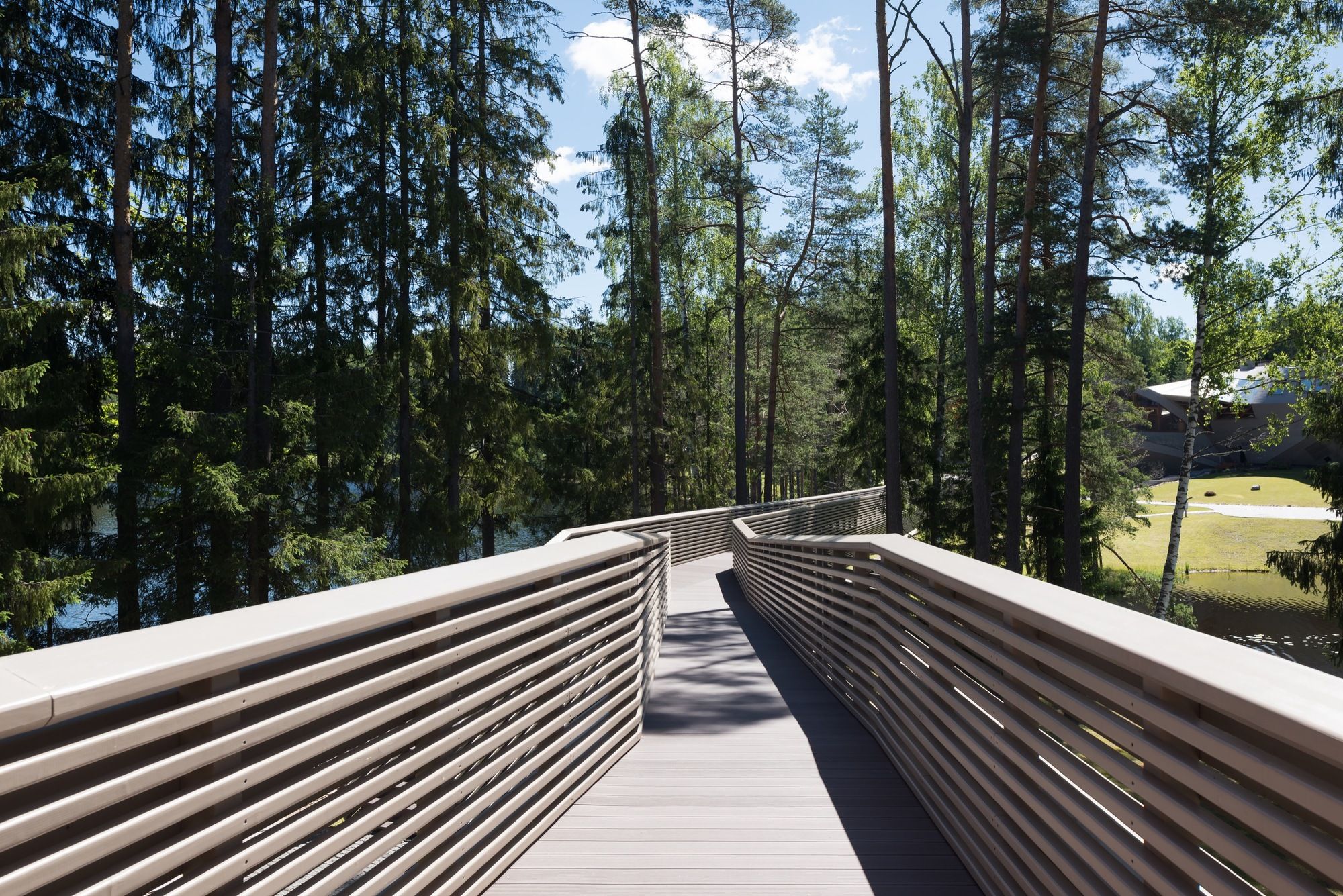
Photography by © Ilya Ivanov
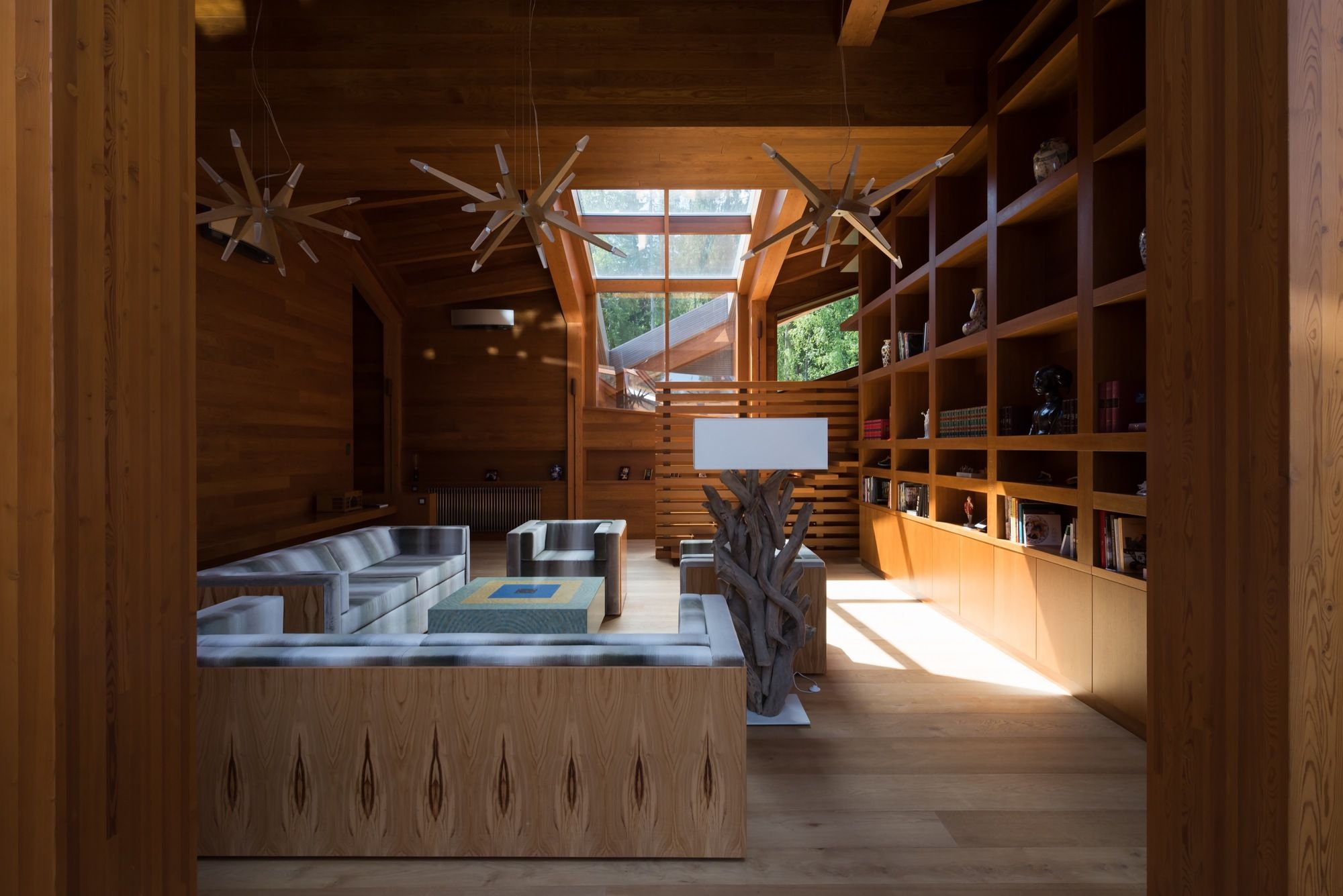
Photography by © Ilya Ivanov
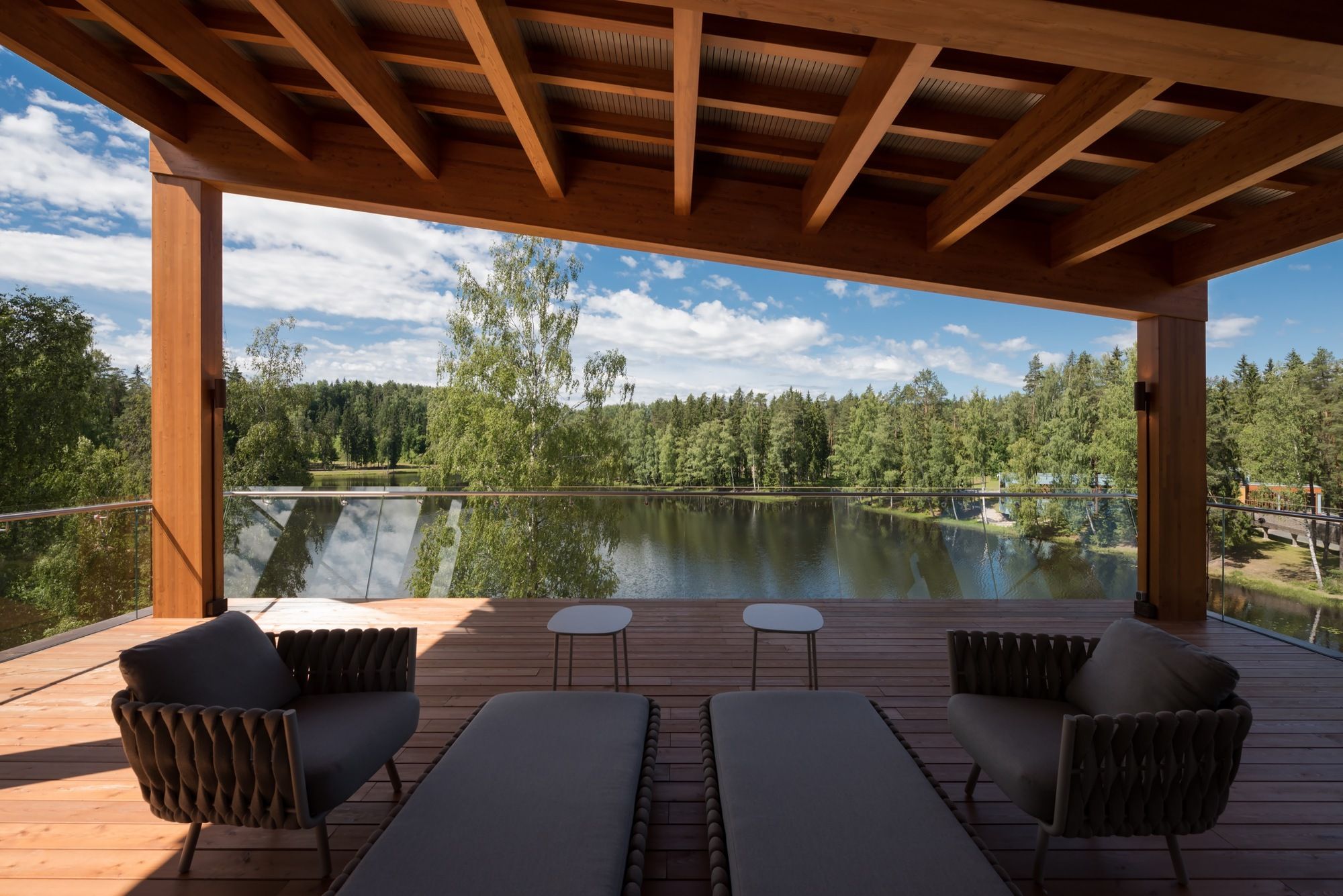
Photography by © Ilya Ivanov
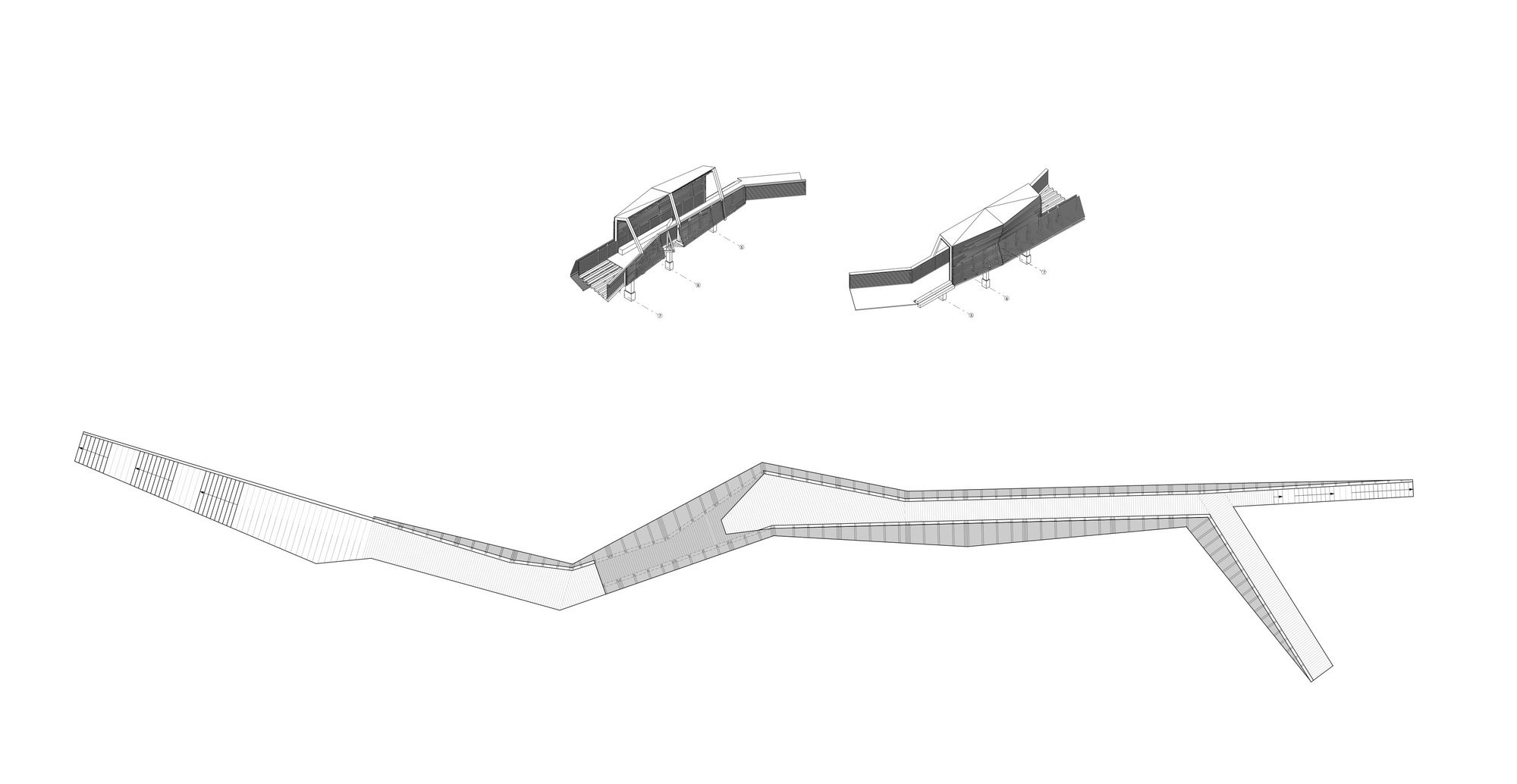
Bridge
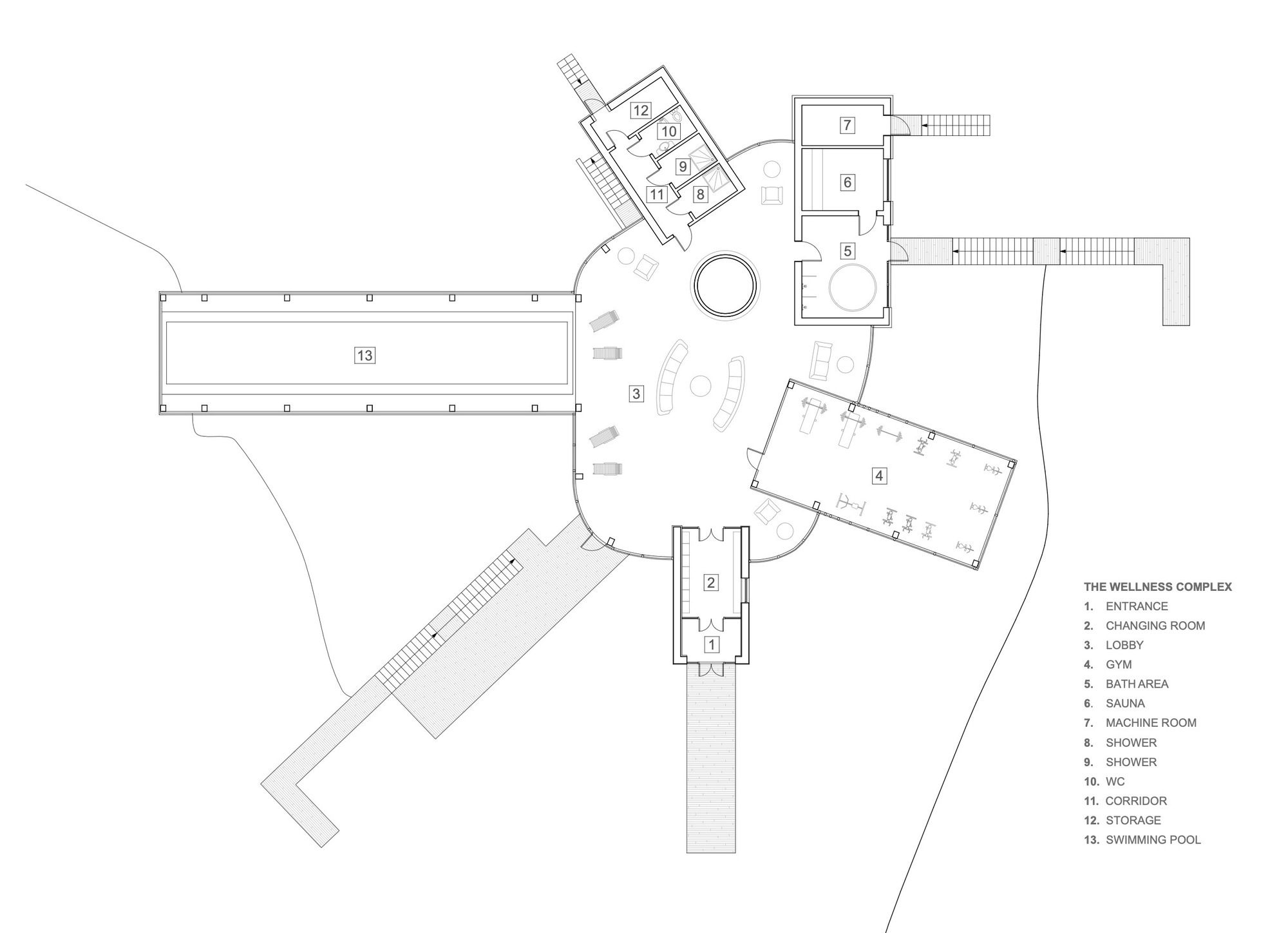
Plan
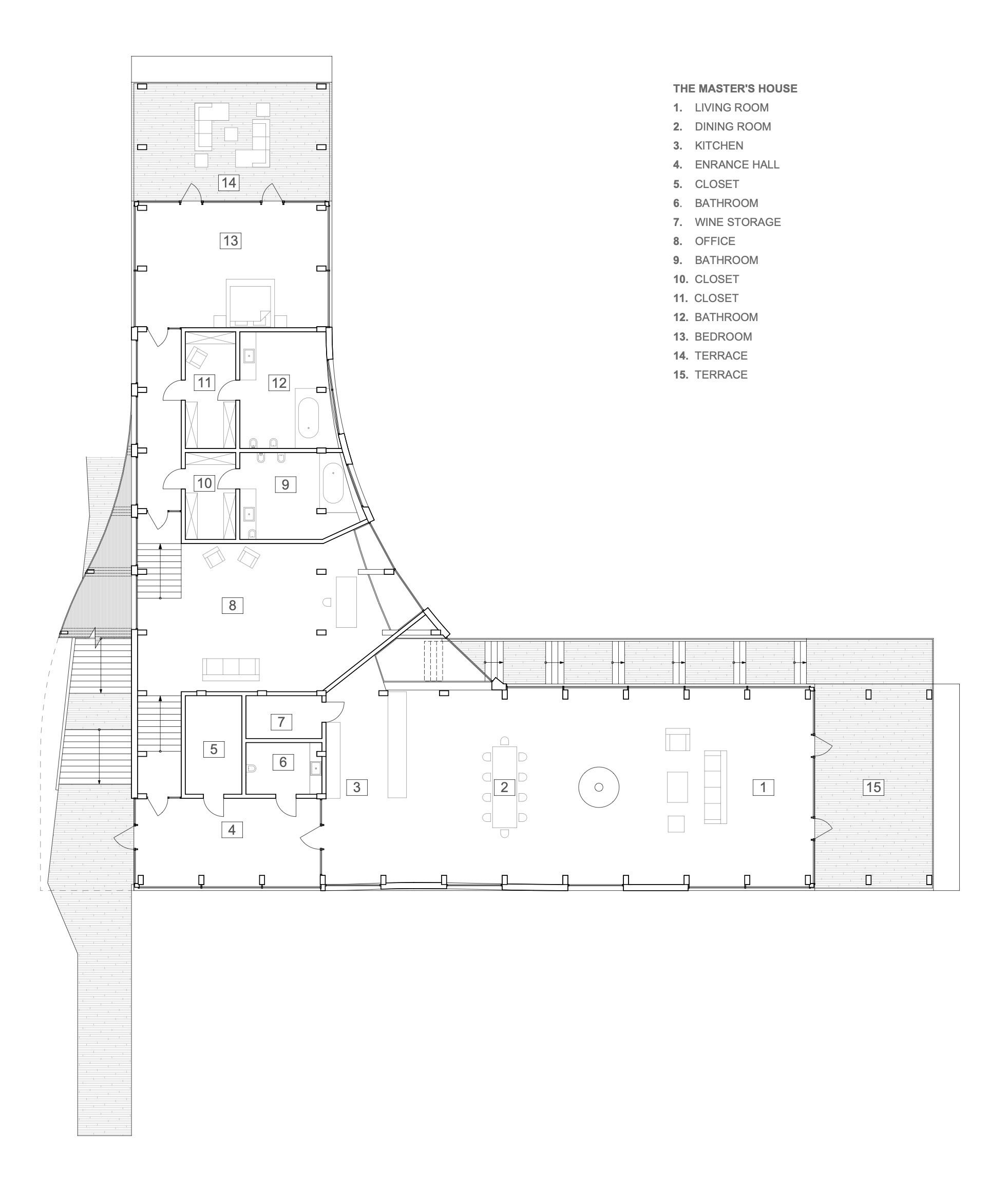
Plan
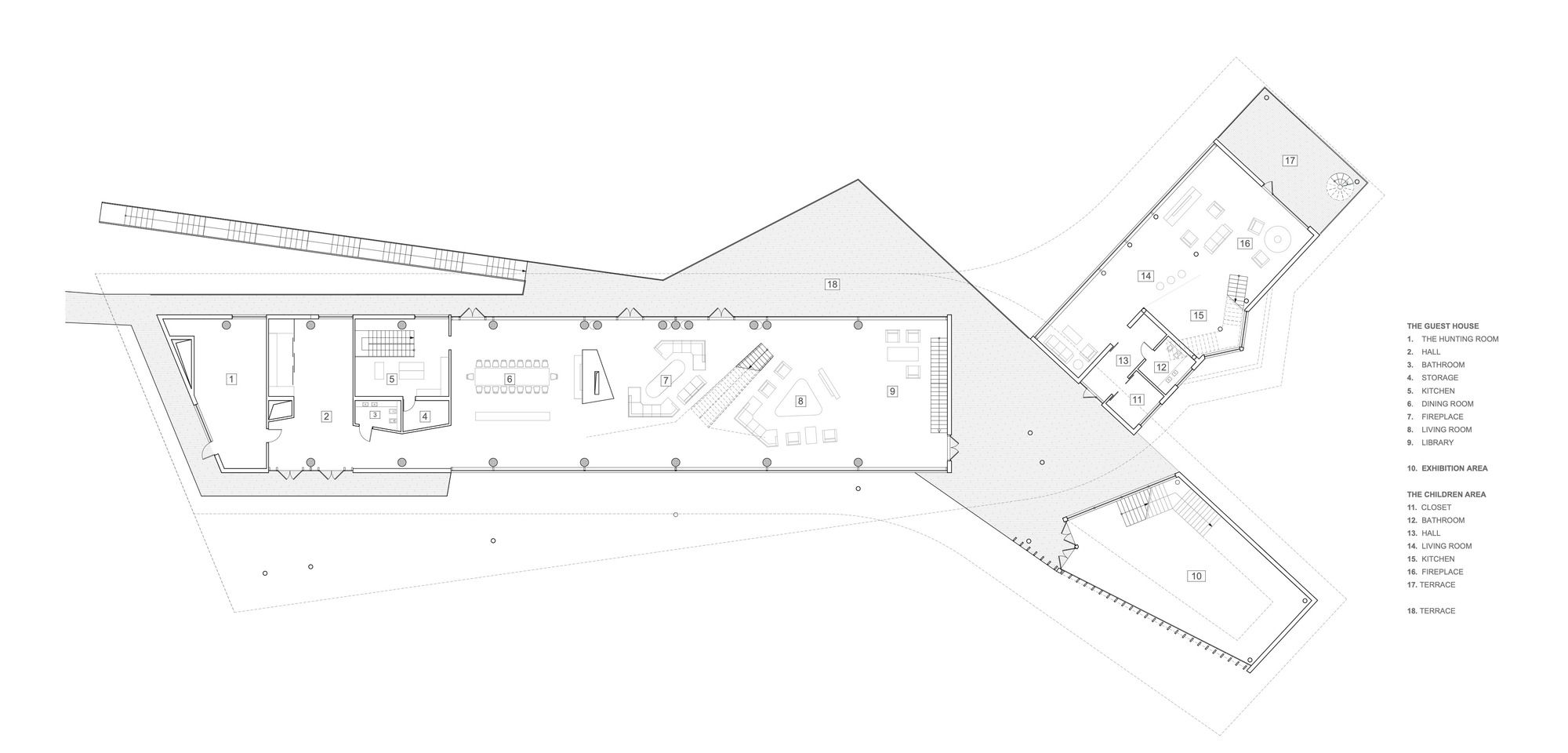
Plan
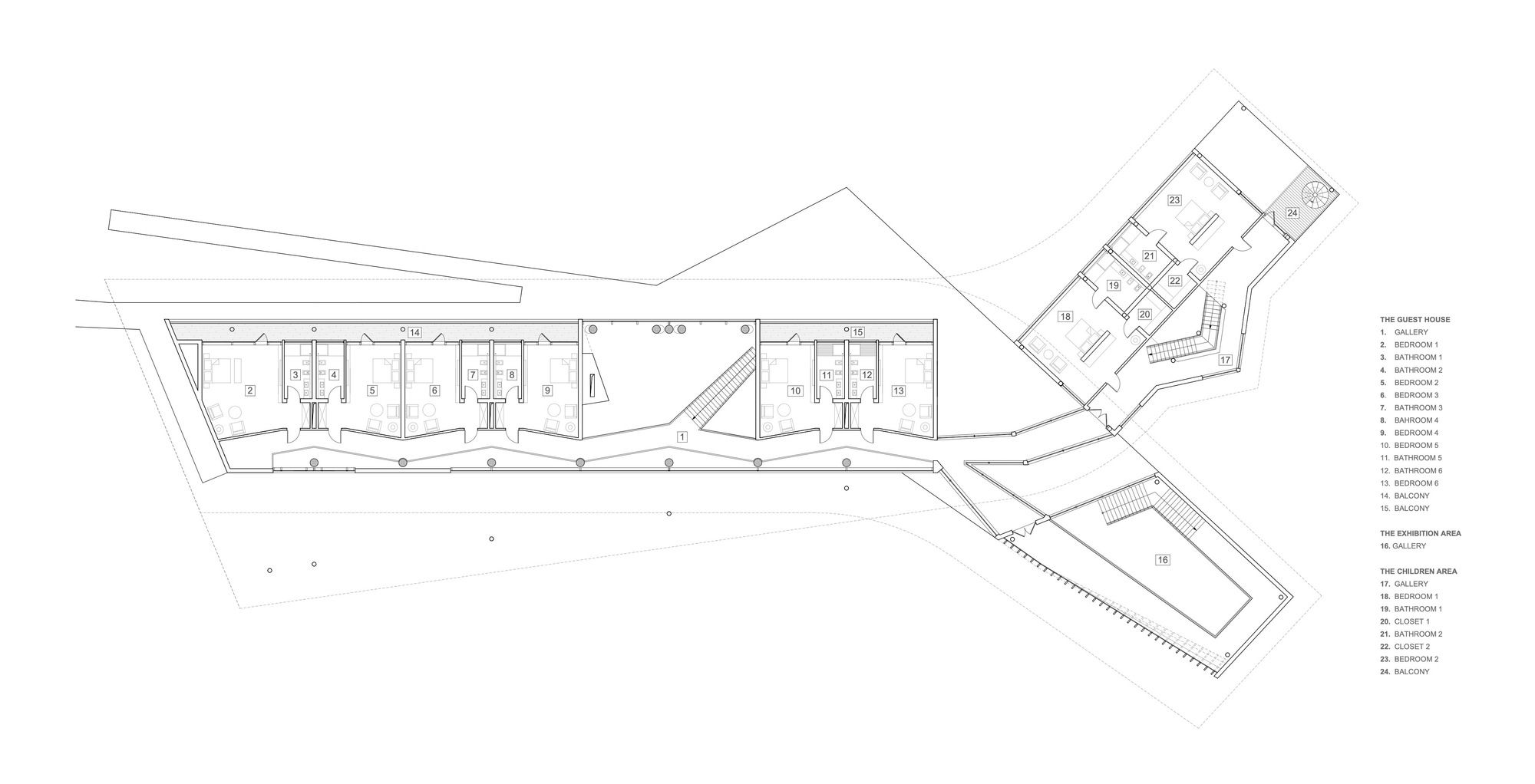
Plan
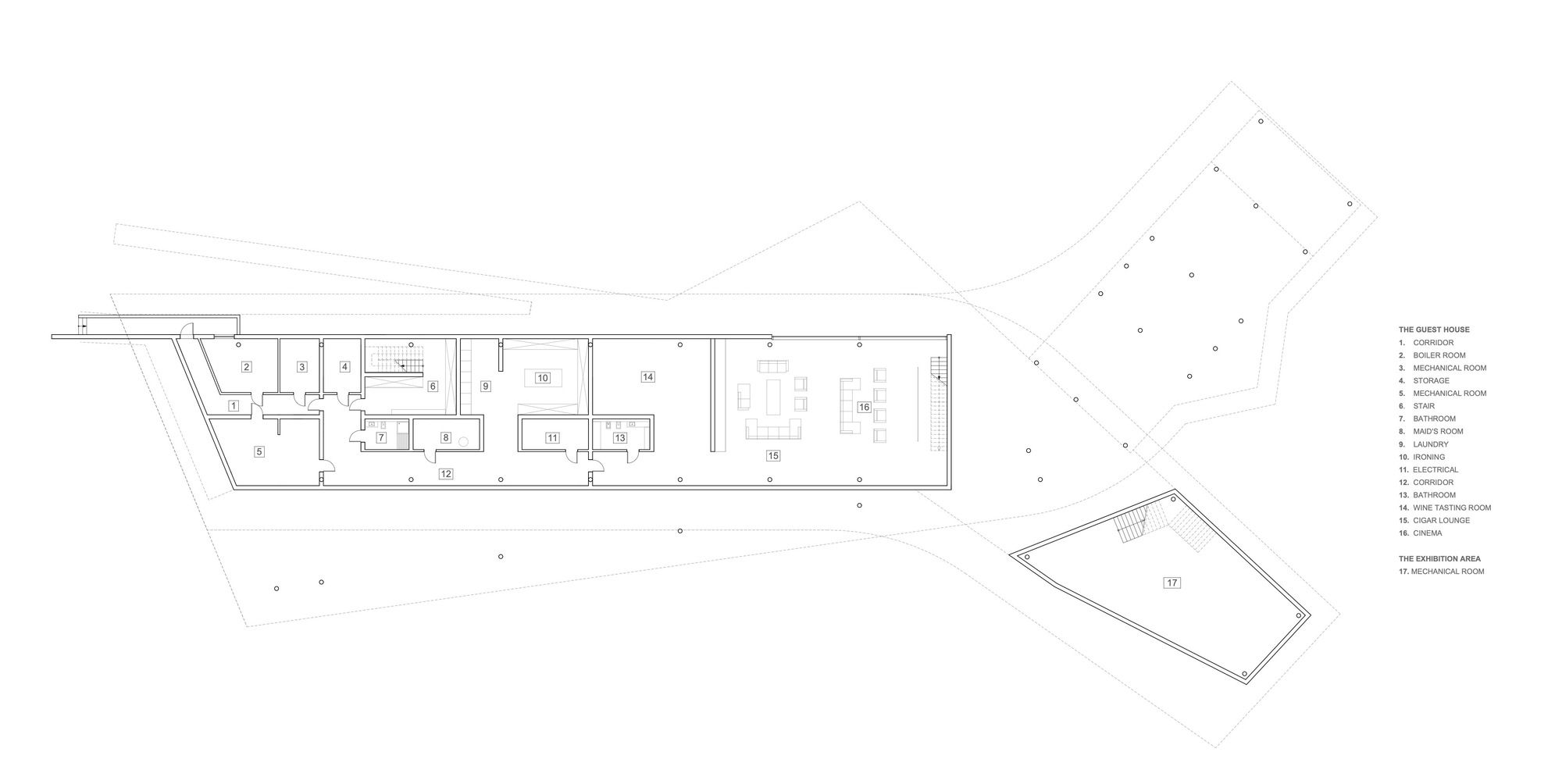
Plan

Elevation
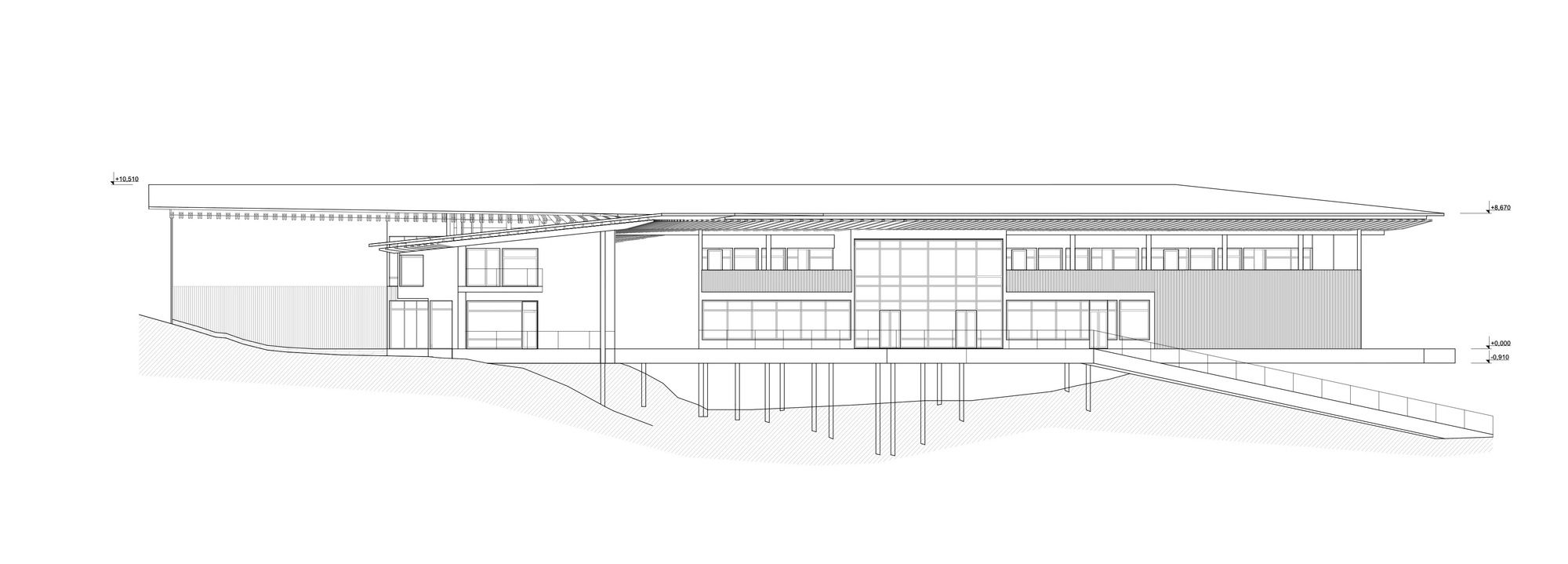
Elevation
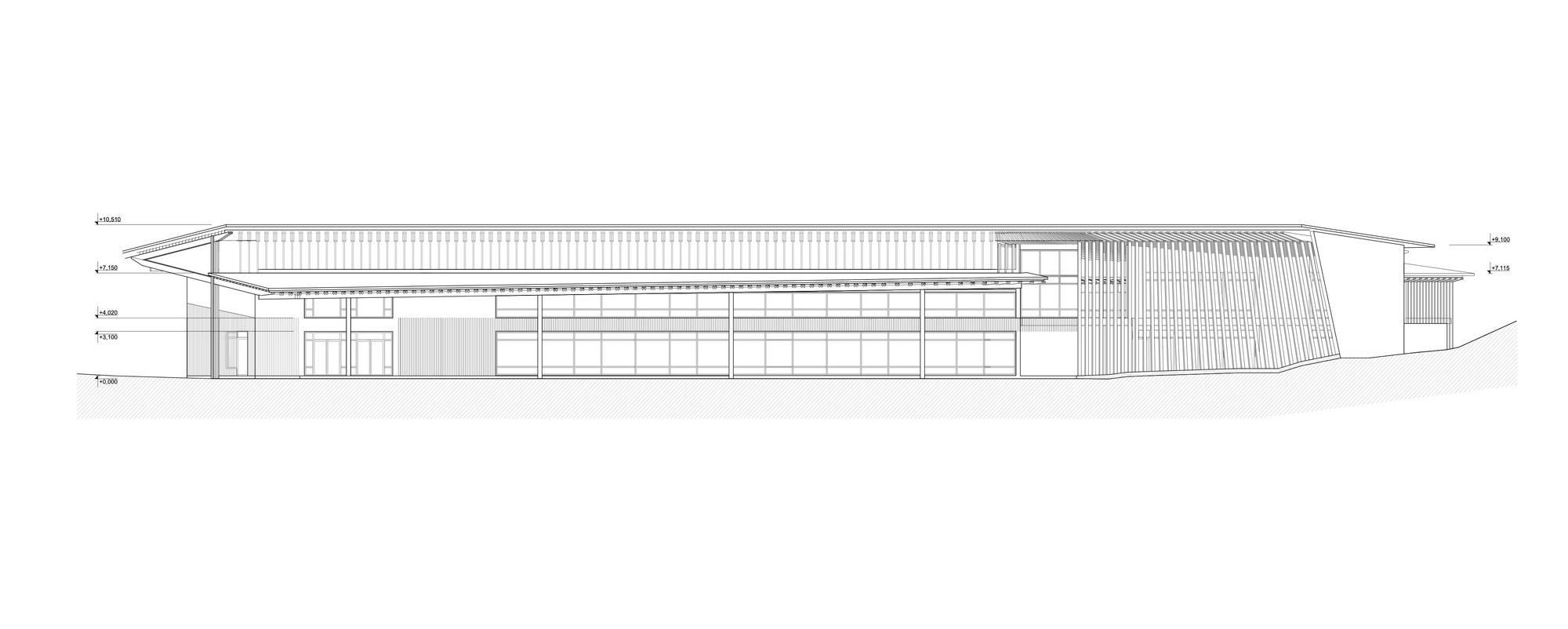
Elevation
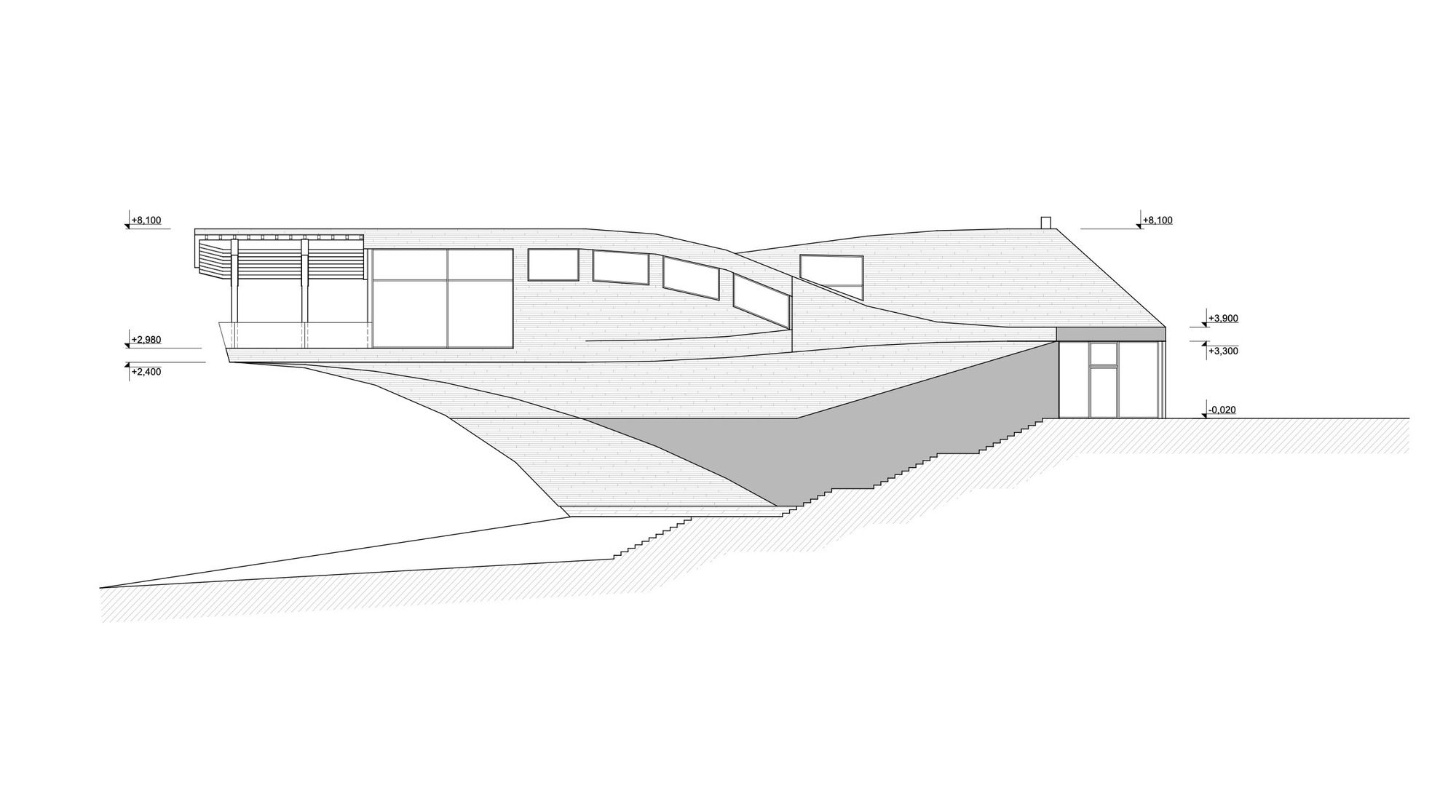
Elevation
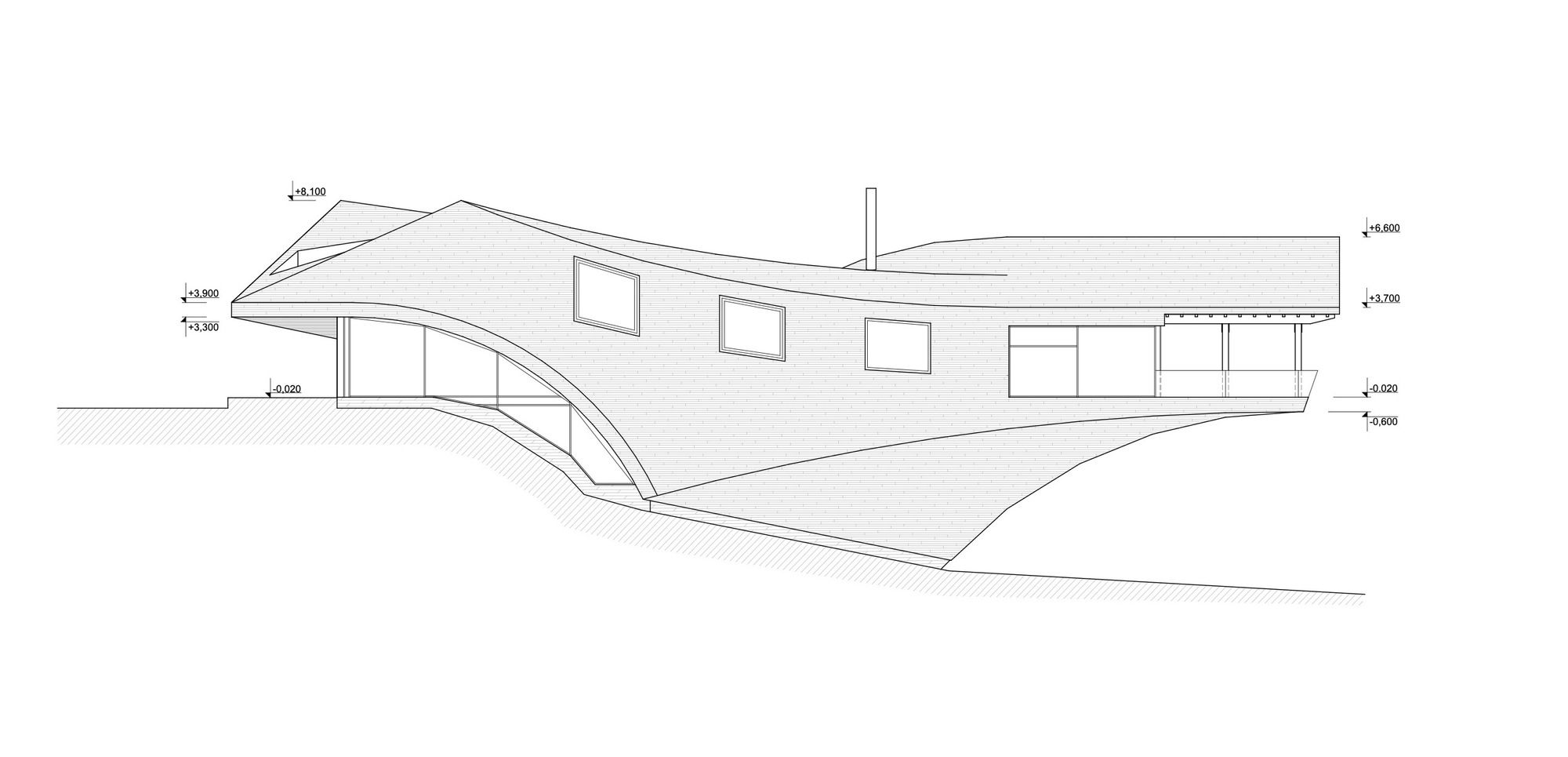
Elevation
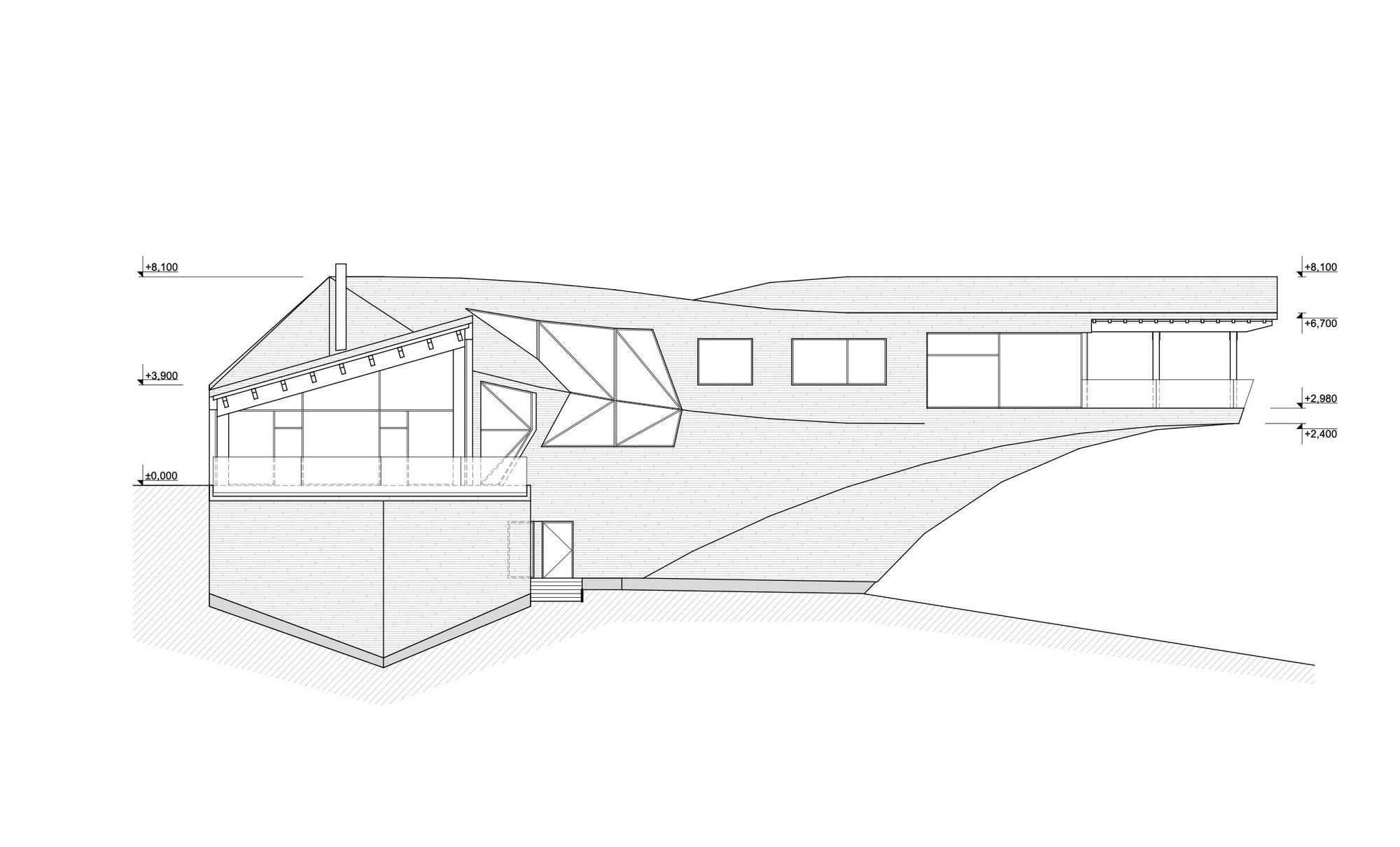
Elevation
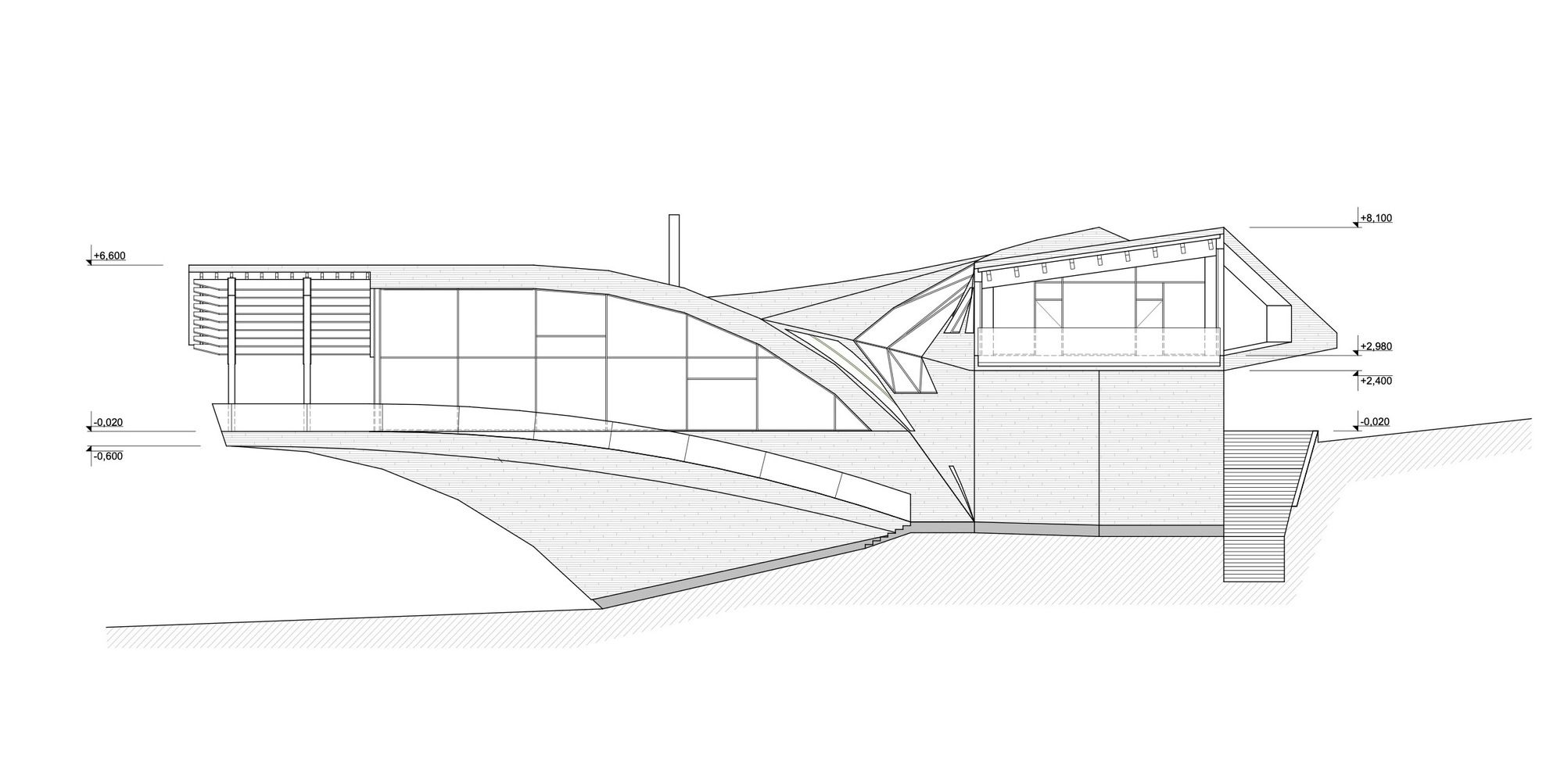
Elevation
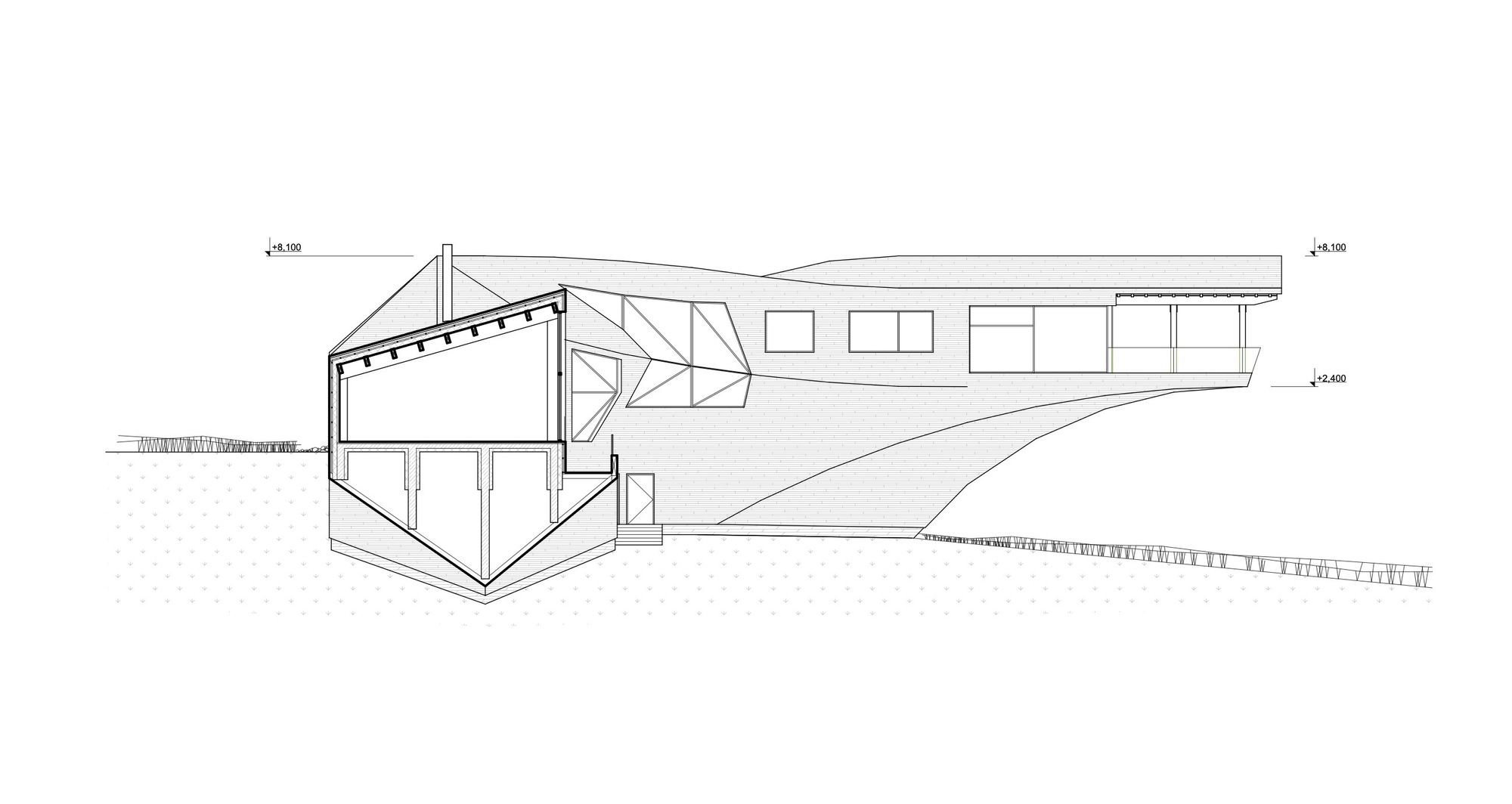
Section
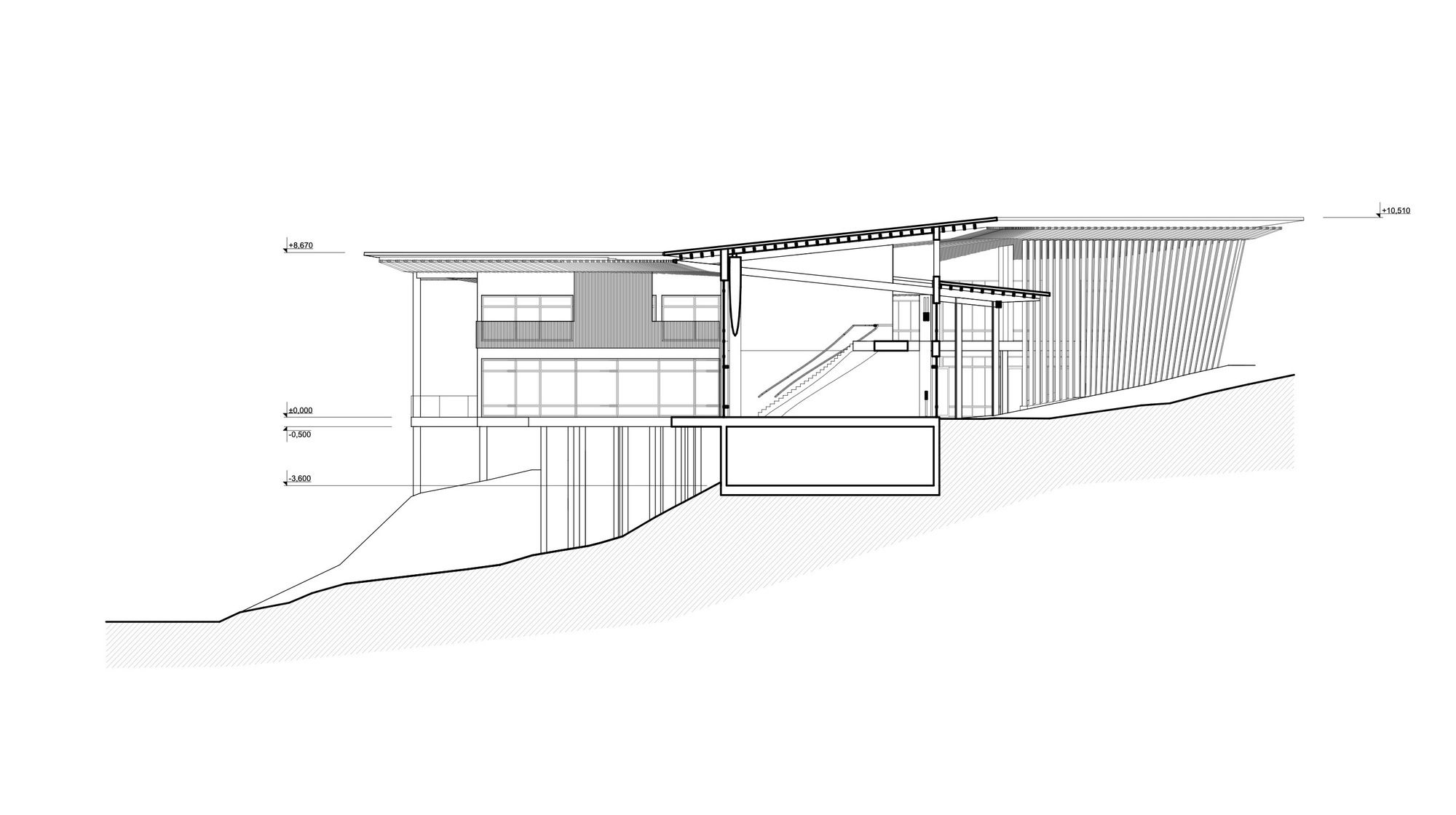
Section
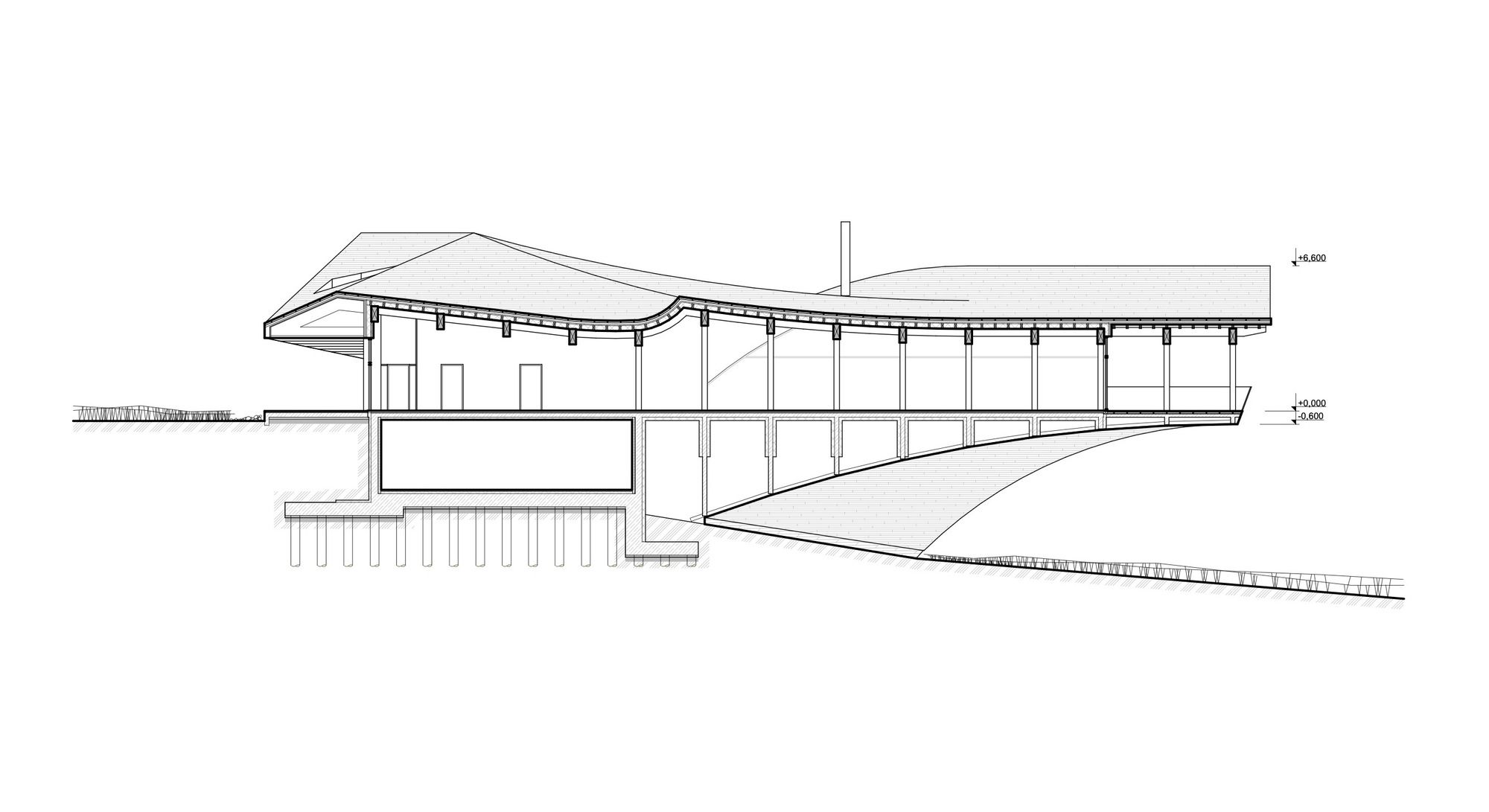
section
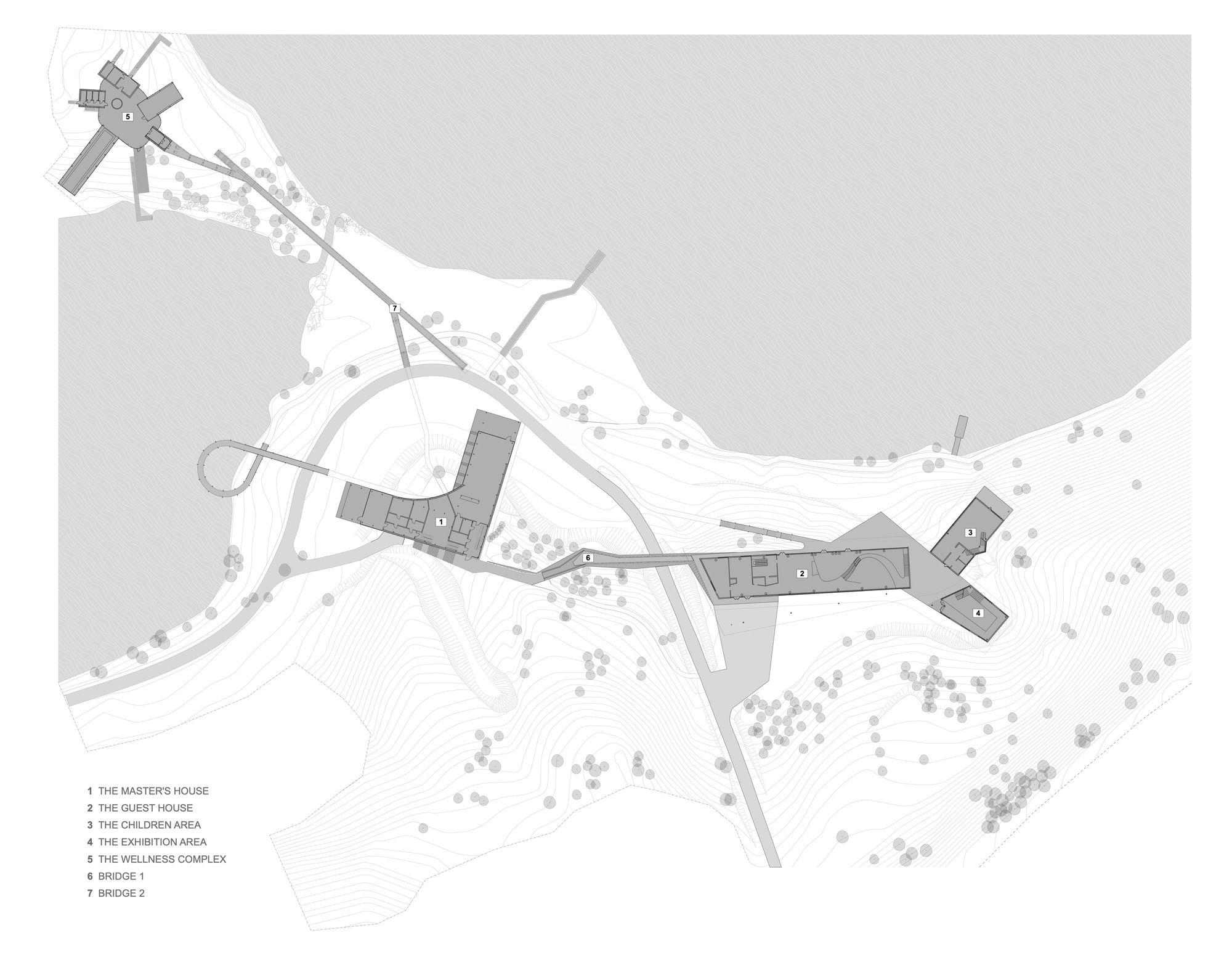
Plan - Masterplan
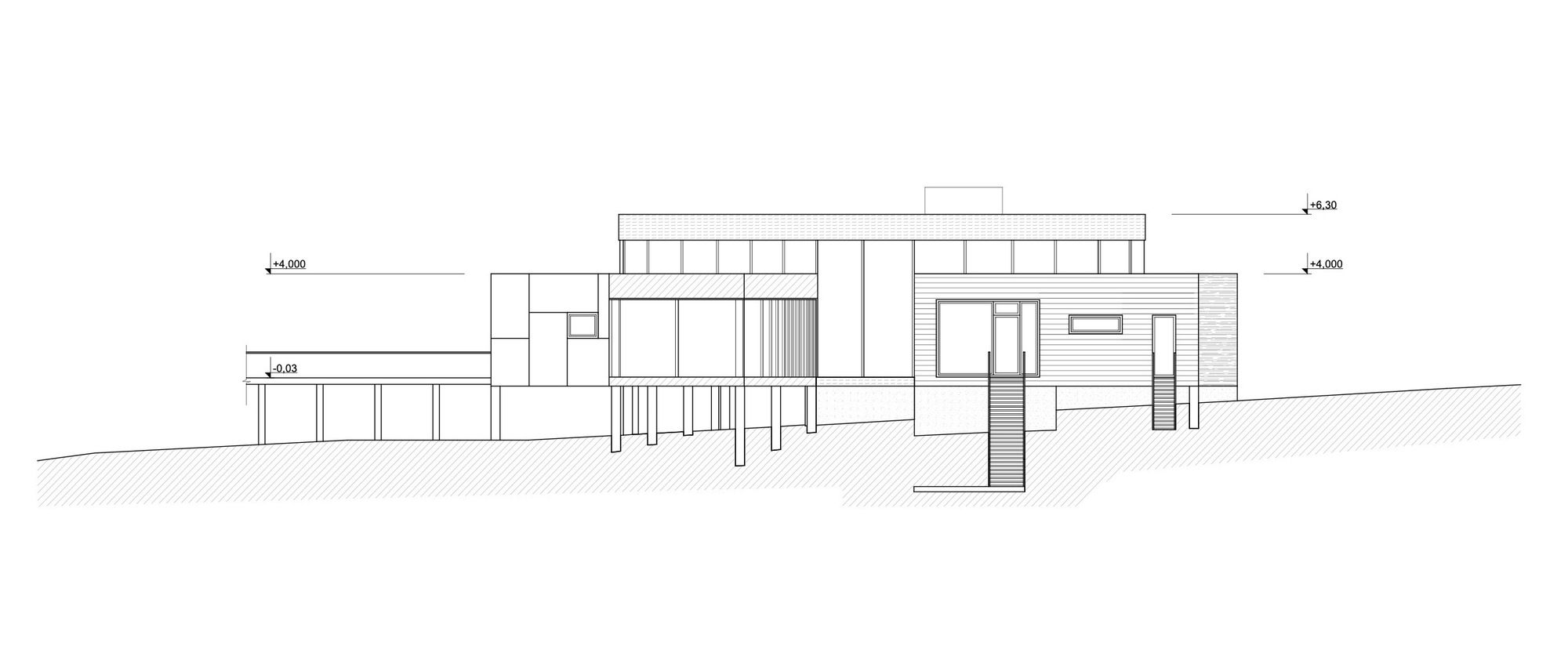
Elevation
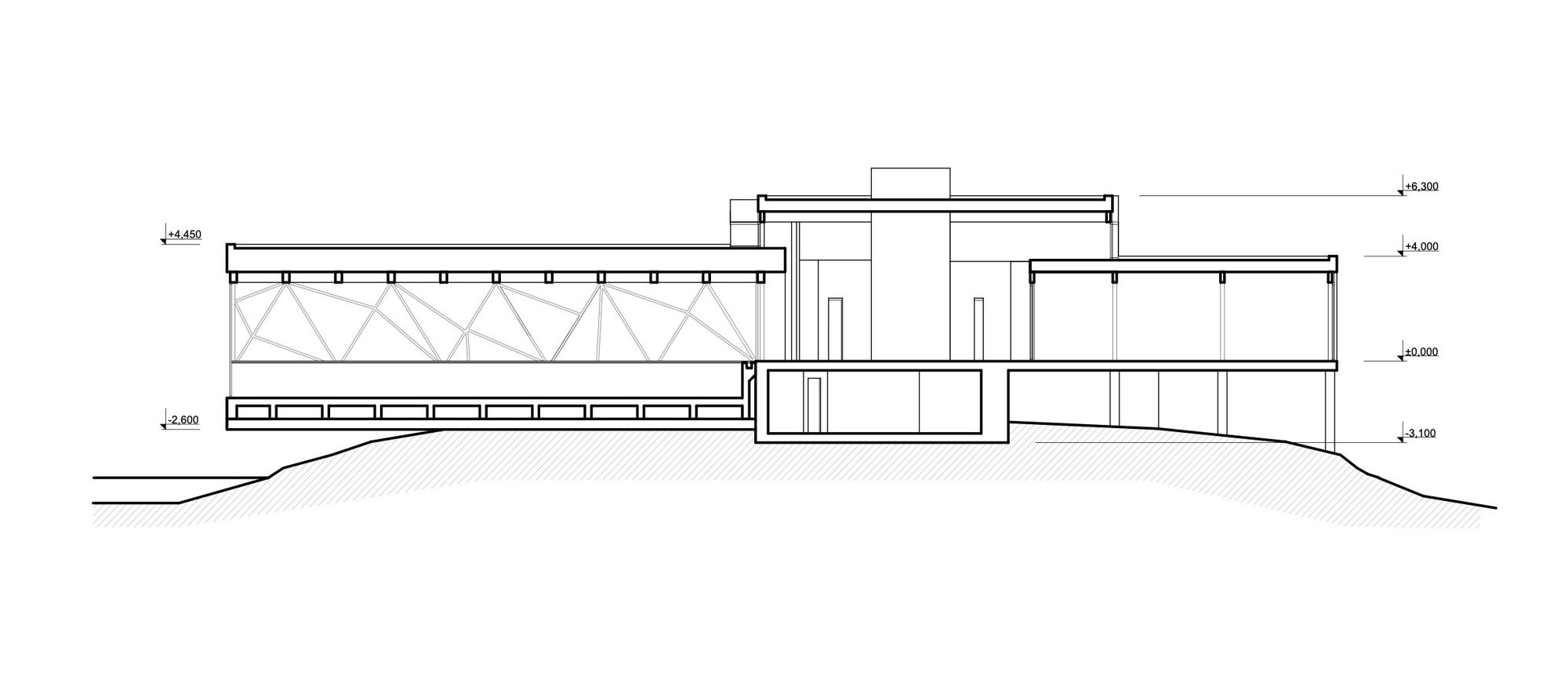
Section
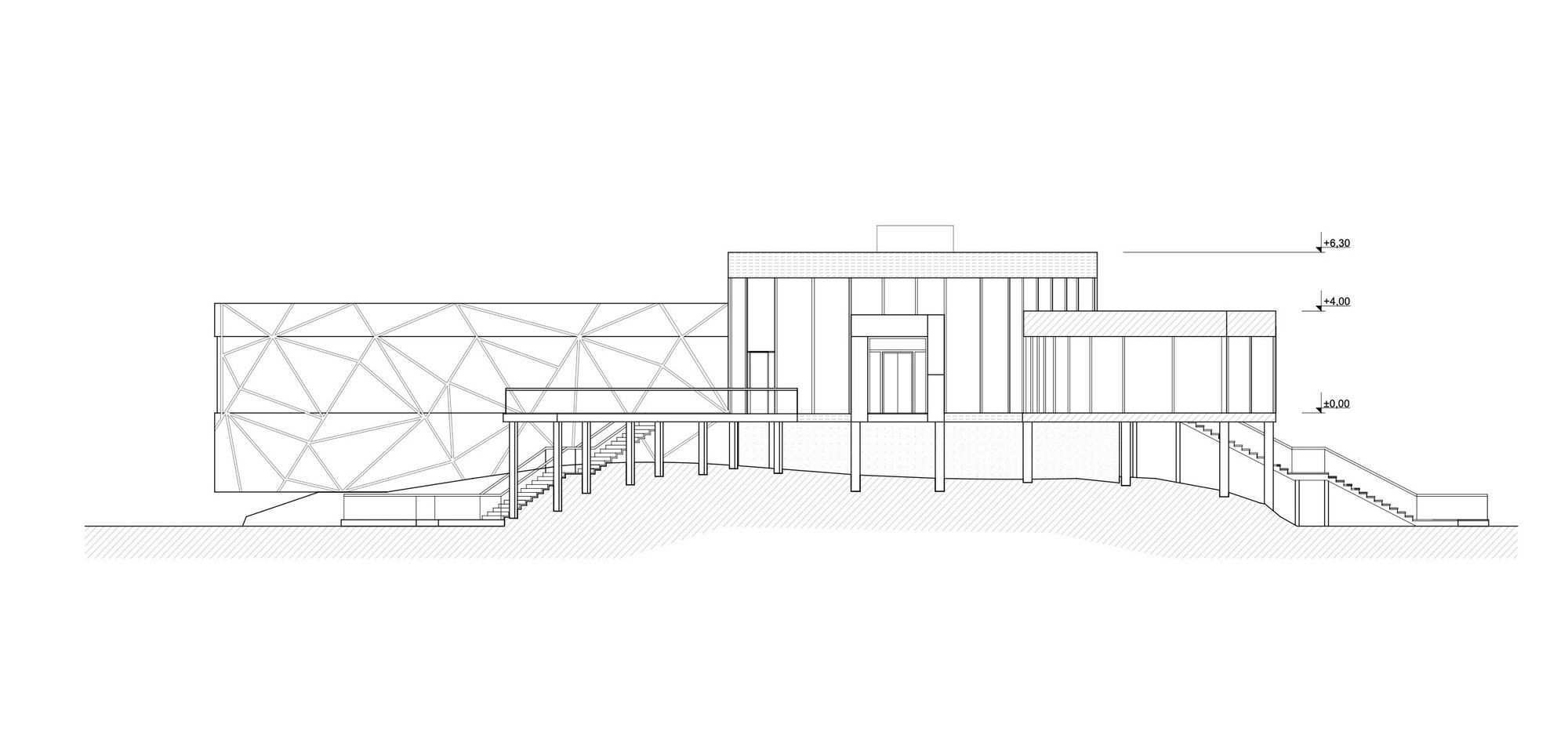
Elevation

